Sporle Wood

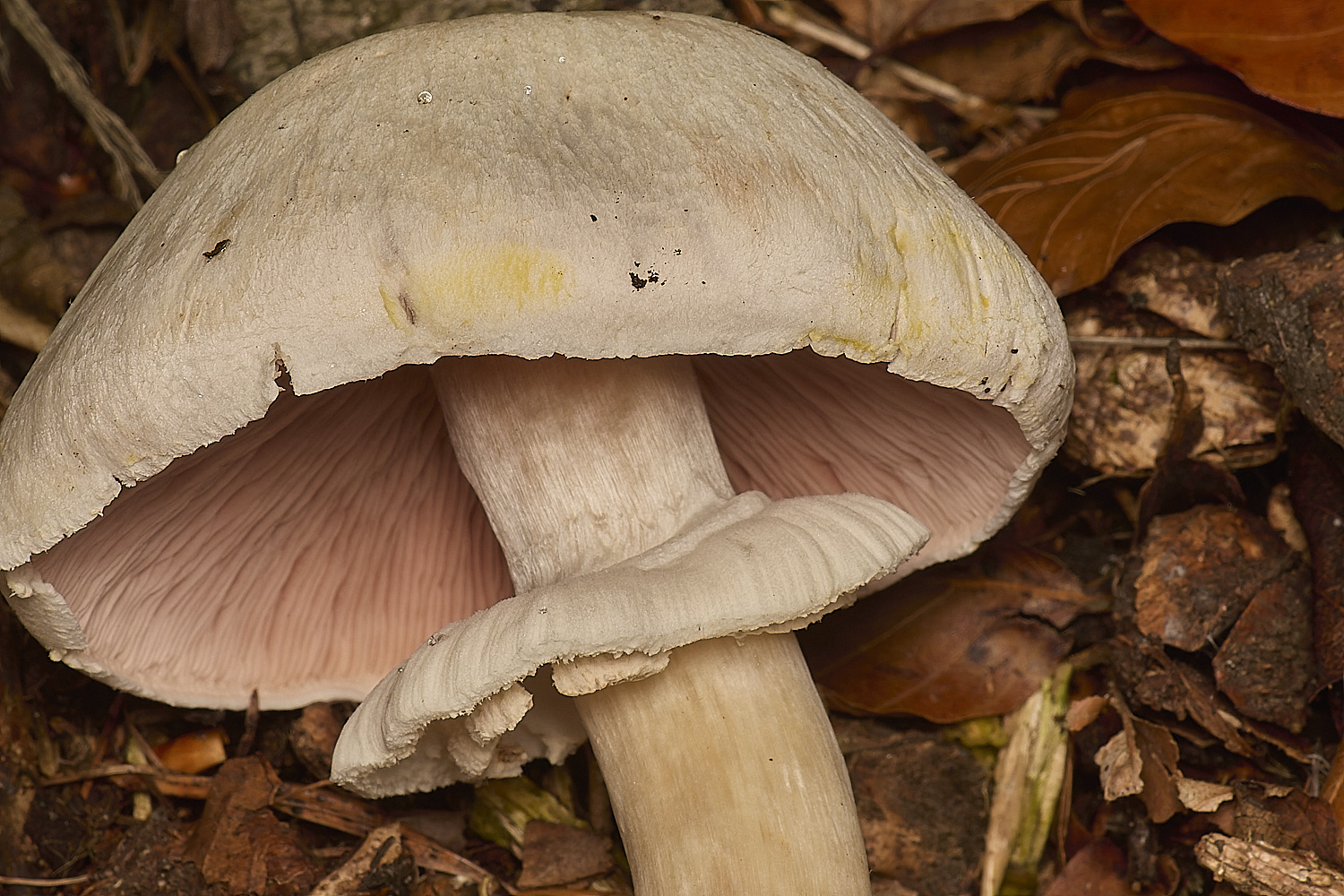
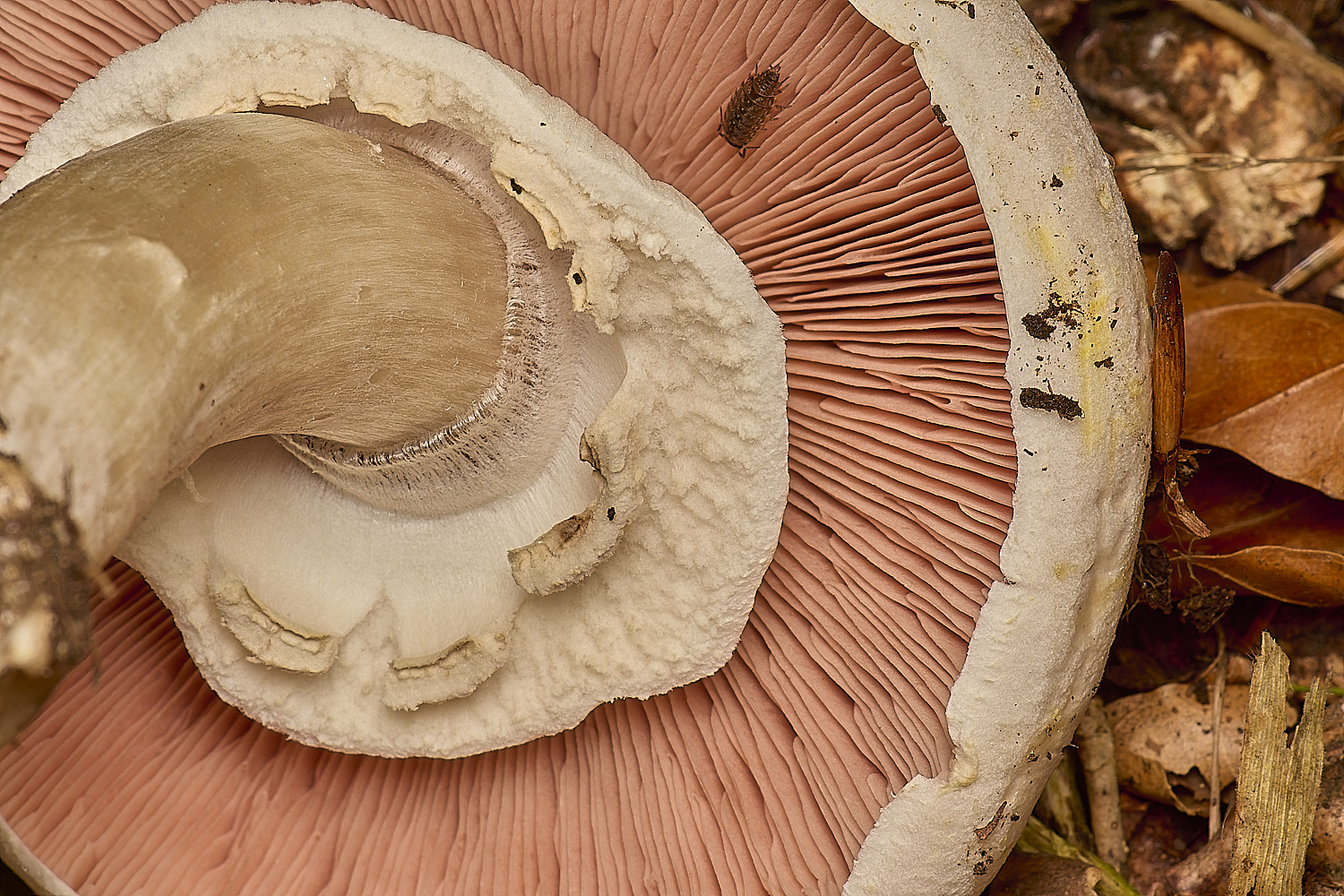
Yellow Stainer (Agaricus xanthodernmus)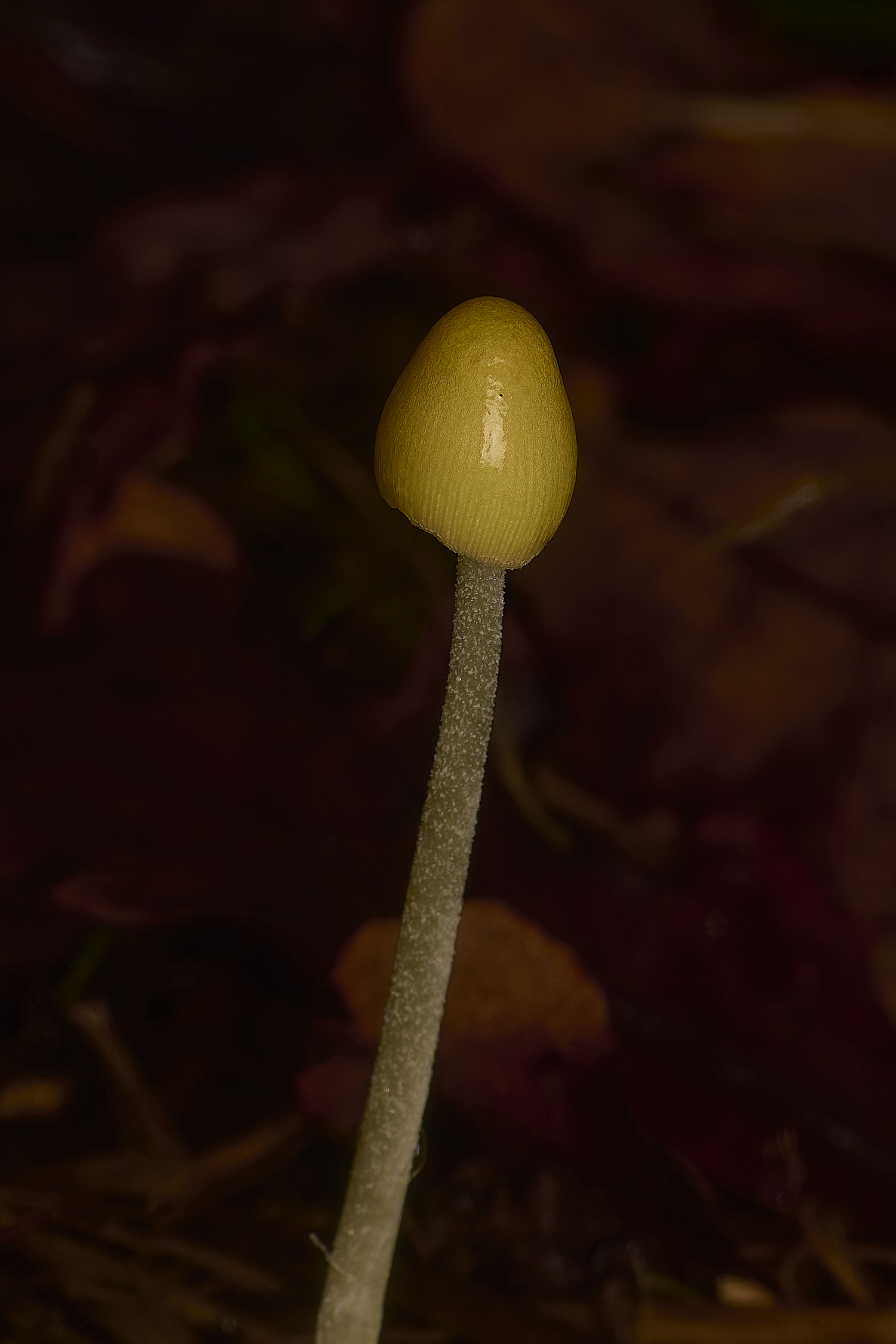
Yellow Fieldcap ( Bolbitius titubans)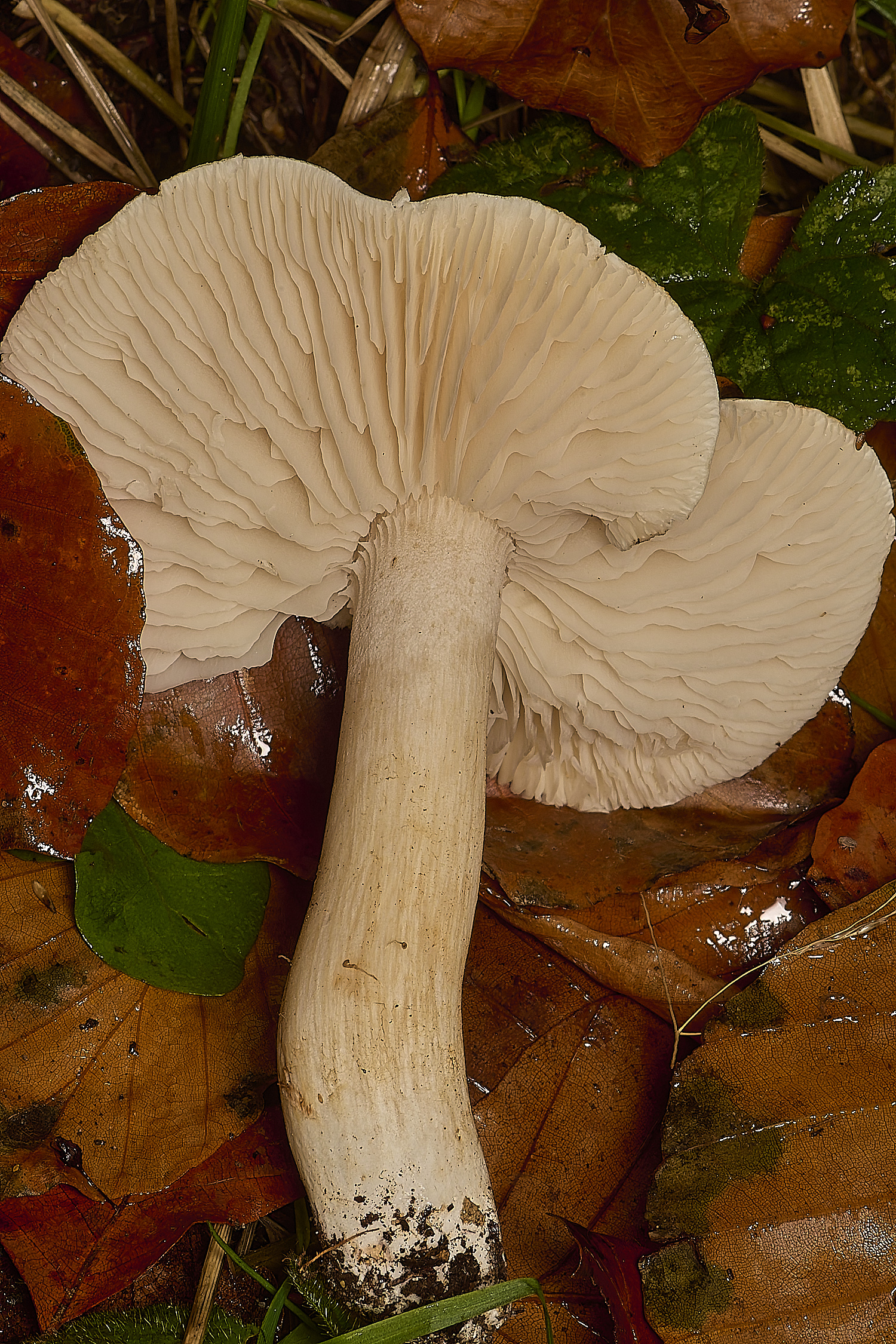
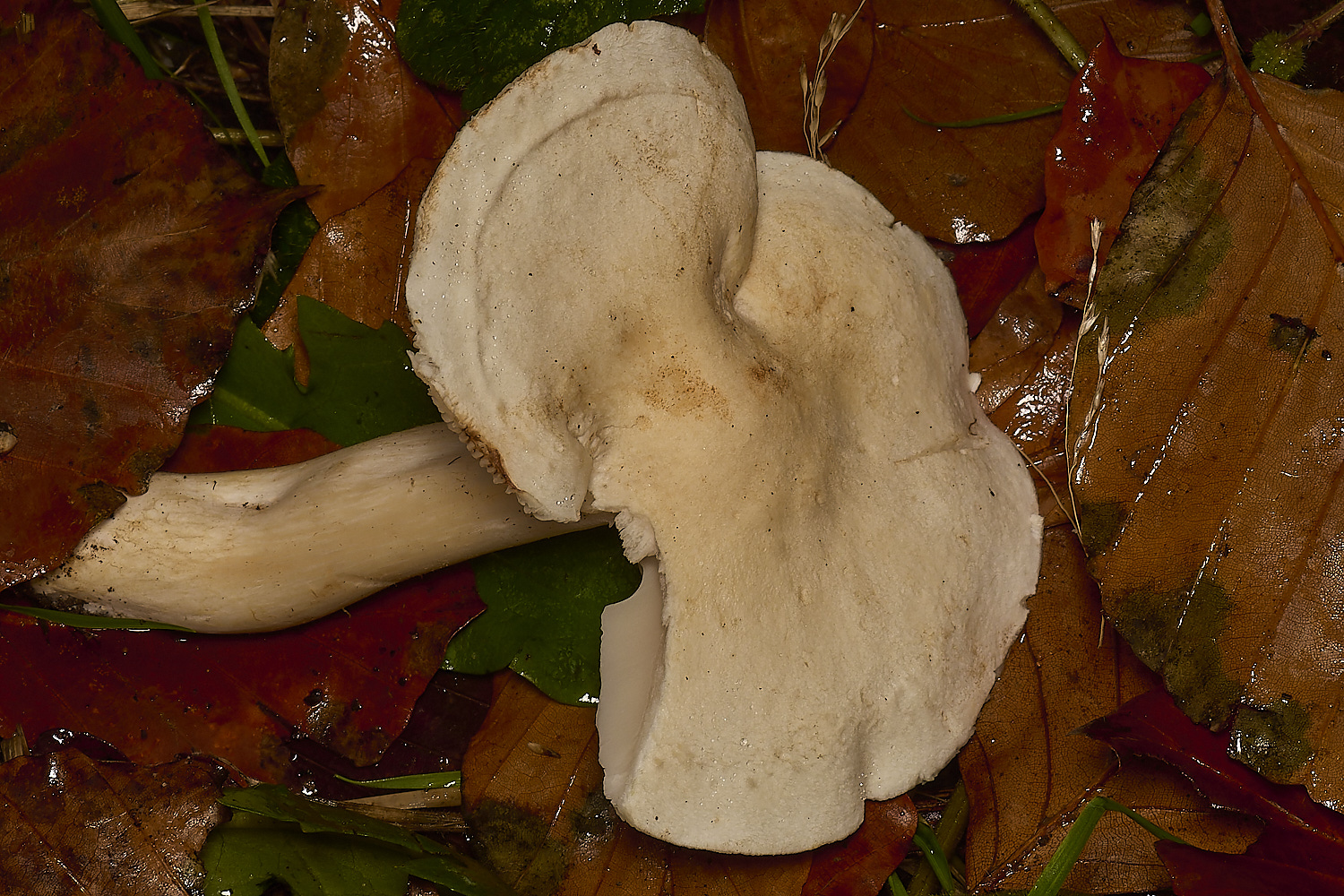
White Knight (Tricholoma album)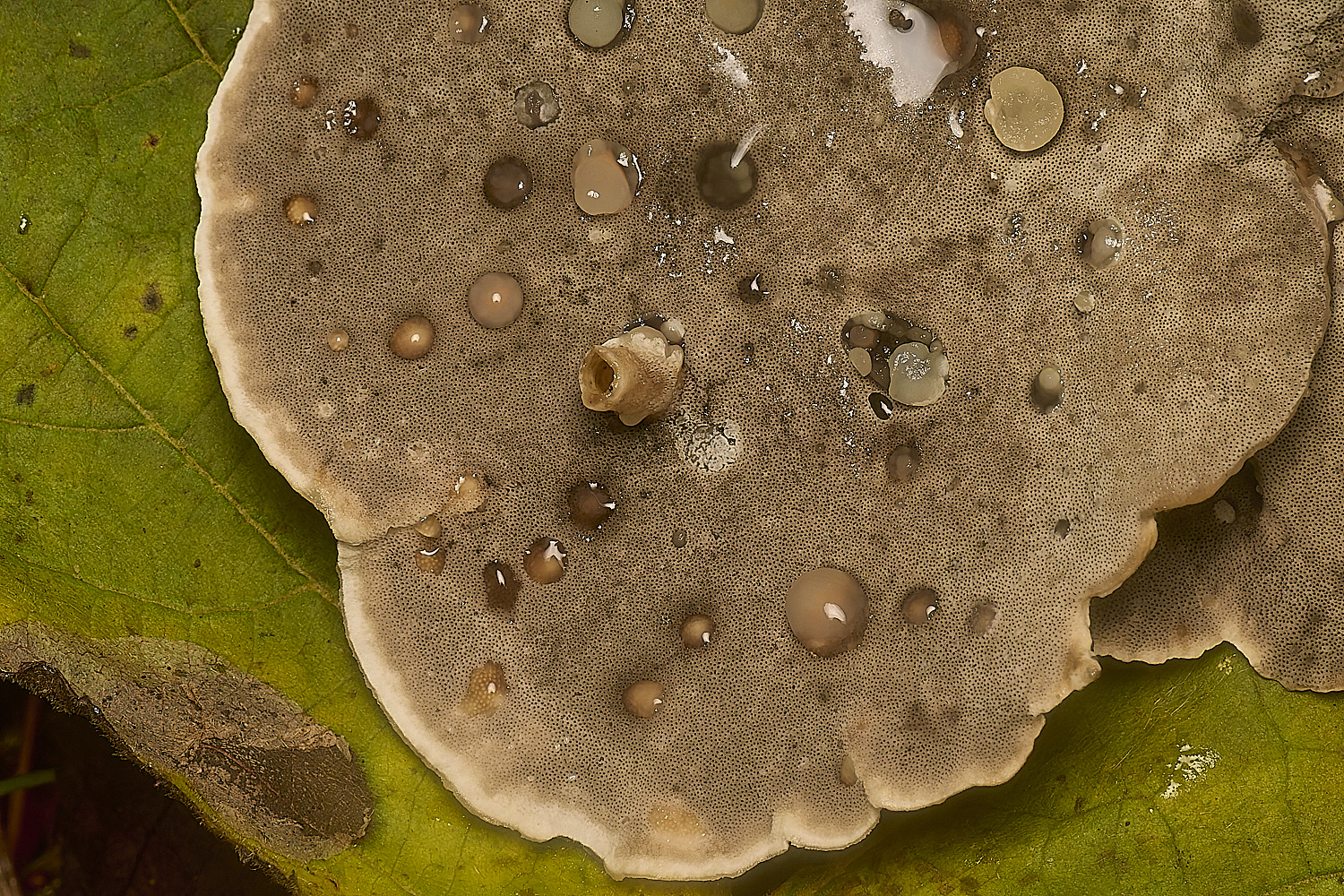
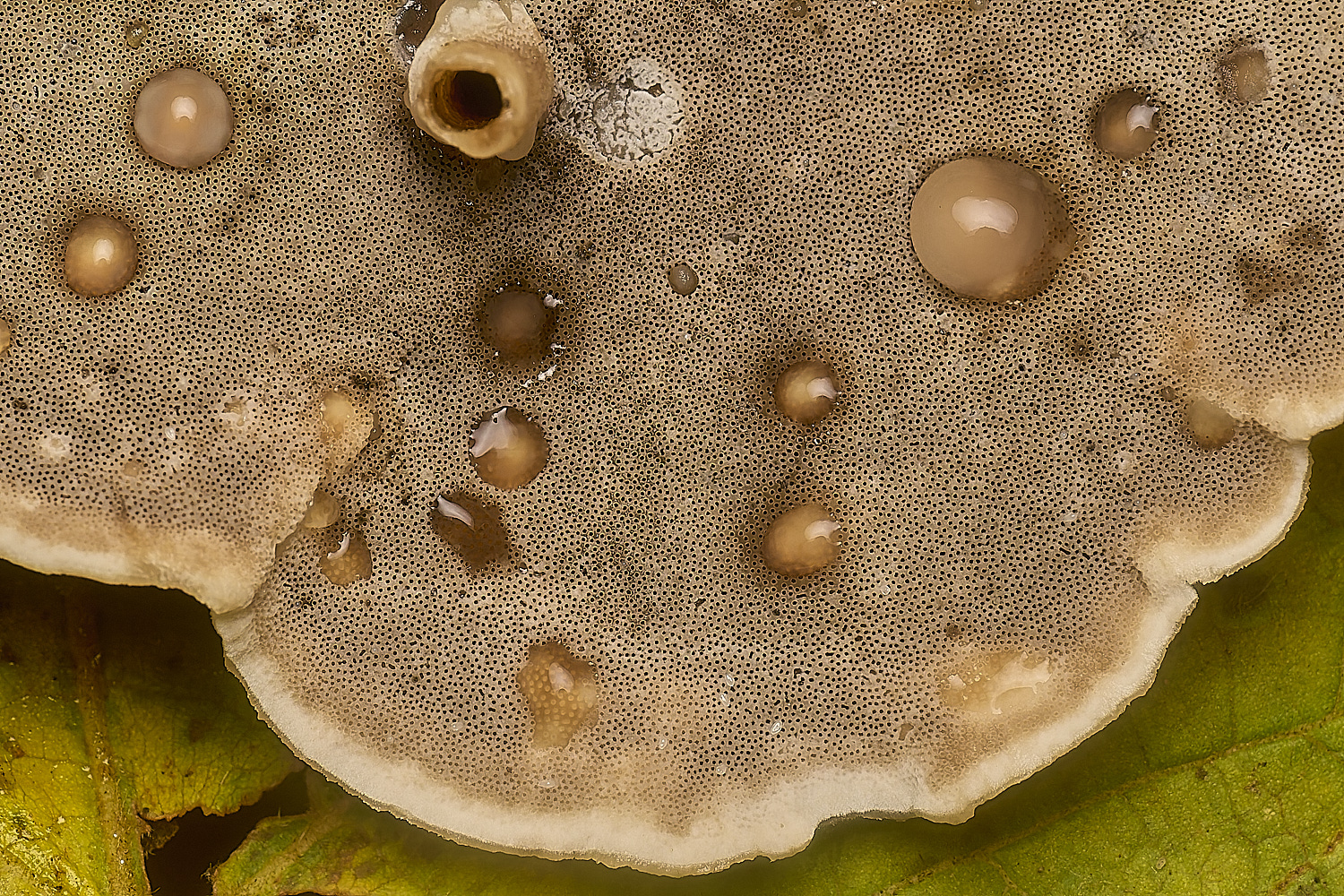
From Anne
The white blobs on the Bjerkandera seemed to be a mass of hyphae - did anyone else look at these - Stewart?
From Stewart
I had to do some extra research on Tremellas, of which there are far more than I realised. I must come back to this soon,
as I feel that there are several species that we are missing. However, I have come to the conclusion that the blobs on the smoky bracket were Tremella polyporina.
The best reference that I have been able to find is 'The genus Tremella in Russia', but having been through all of the species on the British list there doesn't seen to
be any additional species growing on ploypores in the UK. Postia spp. are the most frequent host, but it is found occasionally on various other polypores.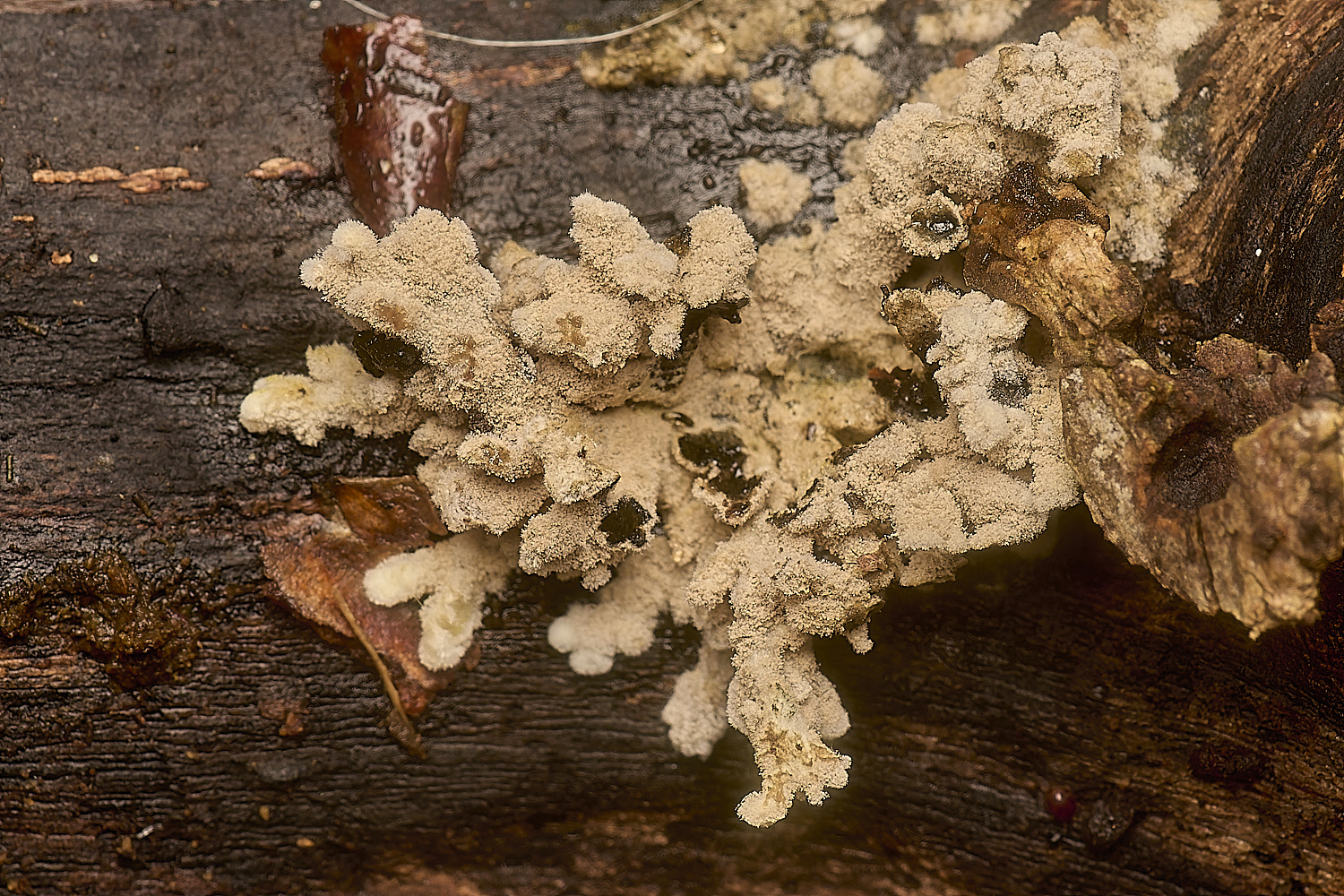
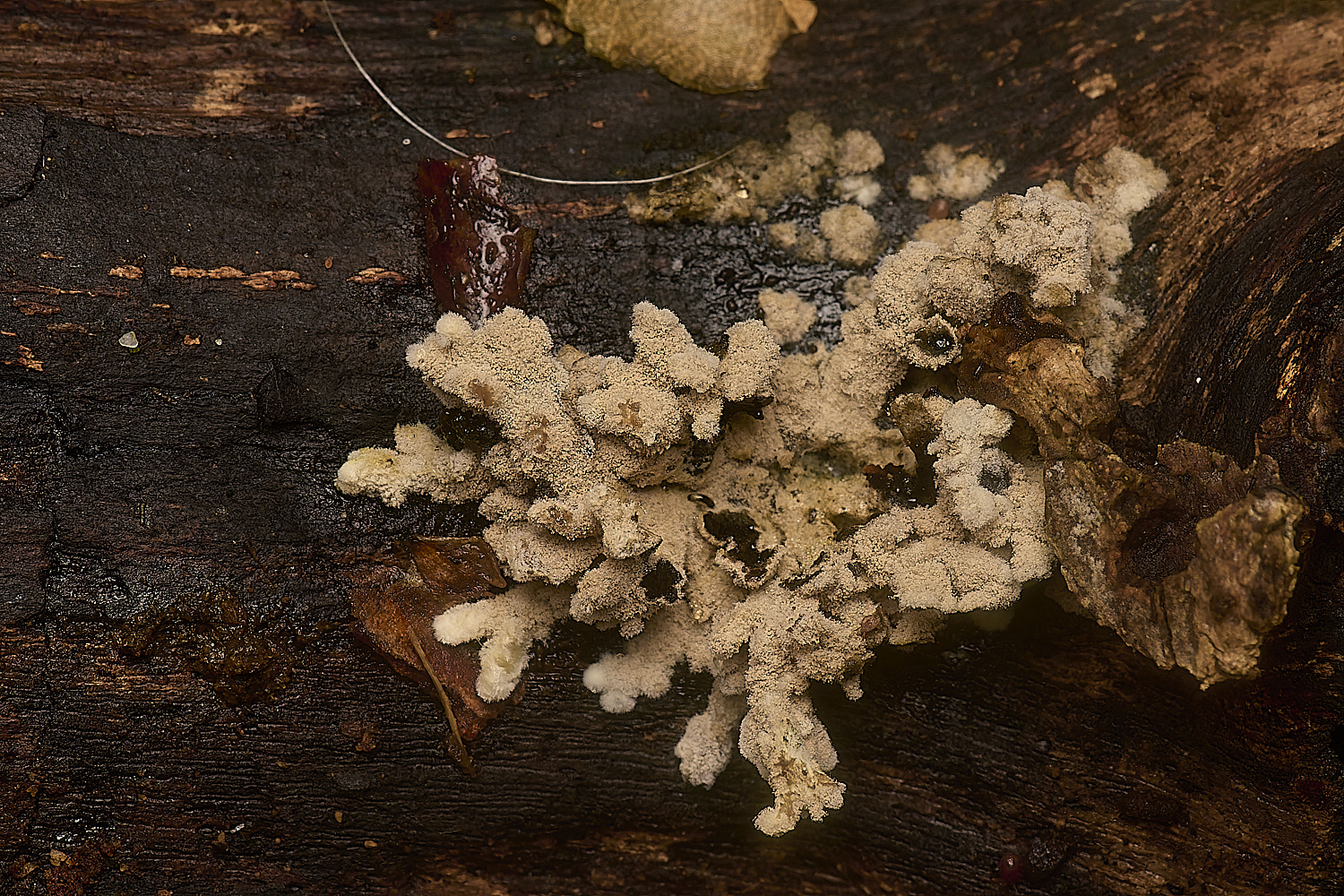
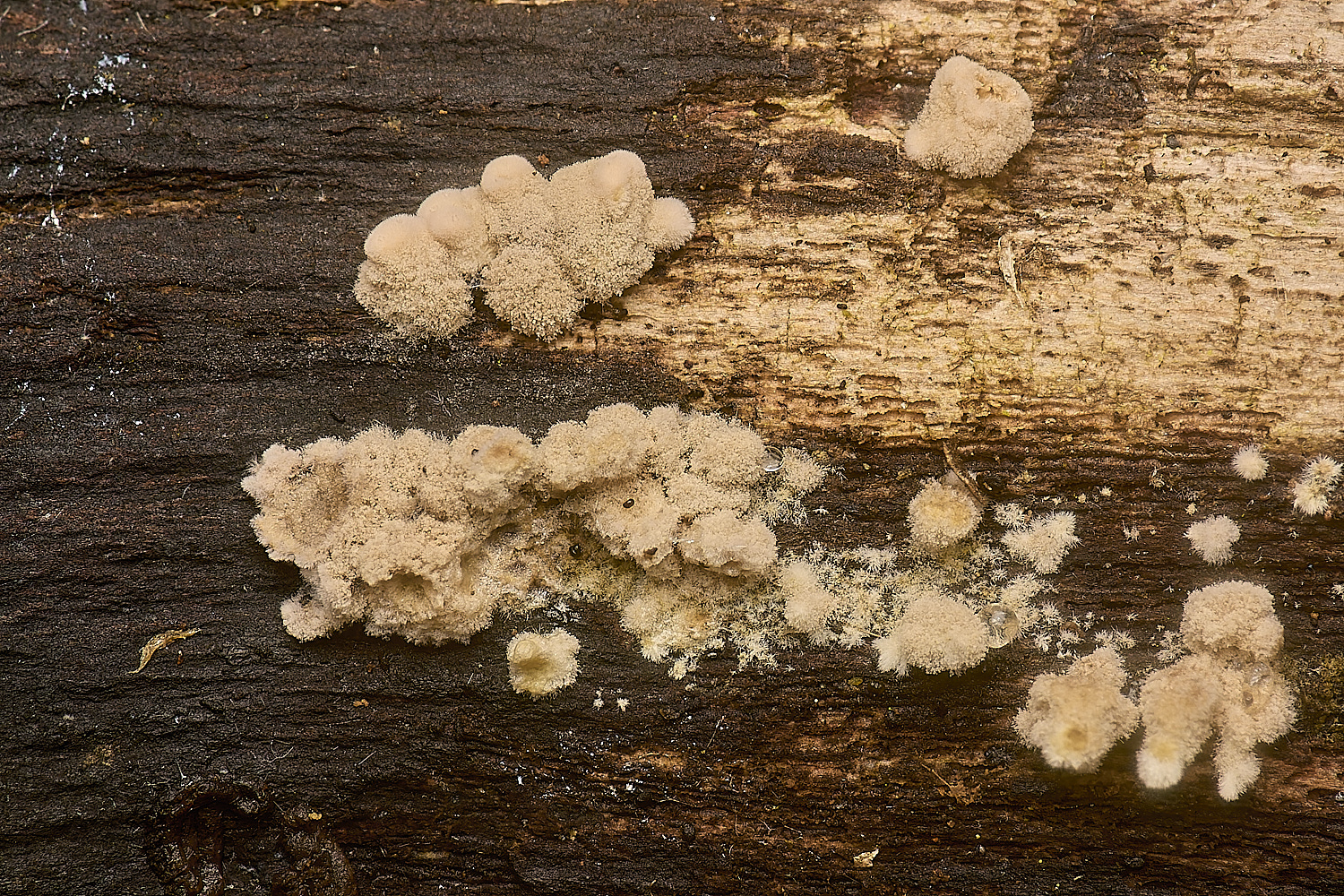
From James
The crumbly branched things I found early on turned out to be Cordyceps farinosa (there is a very similar picture
on the website here: https://www.123pilzsuche.de/daten/details/GestielterInsektenschimmelpilz.htm).
This ID was first suggested by Antony Burnham on the BMS Facebook group.
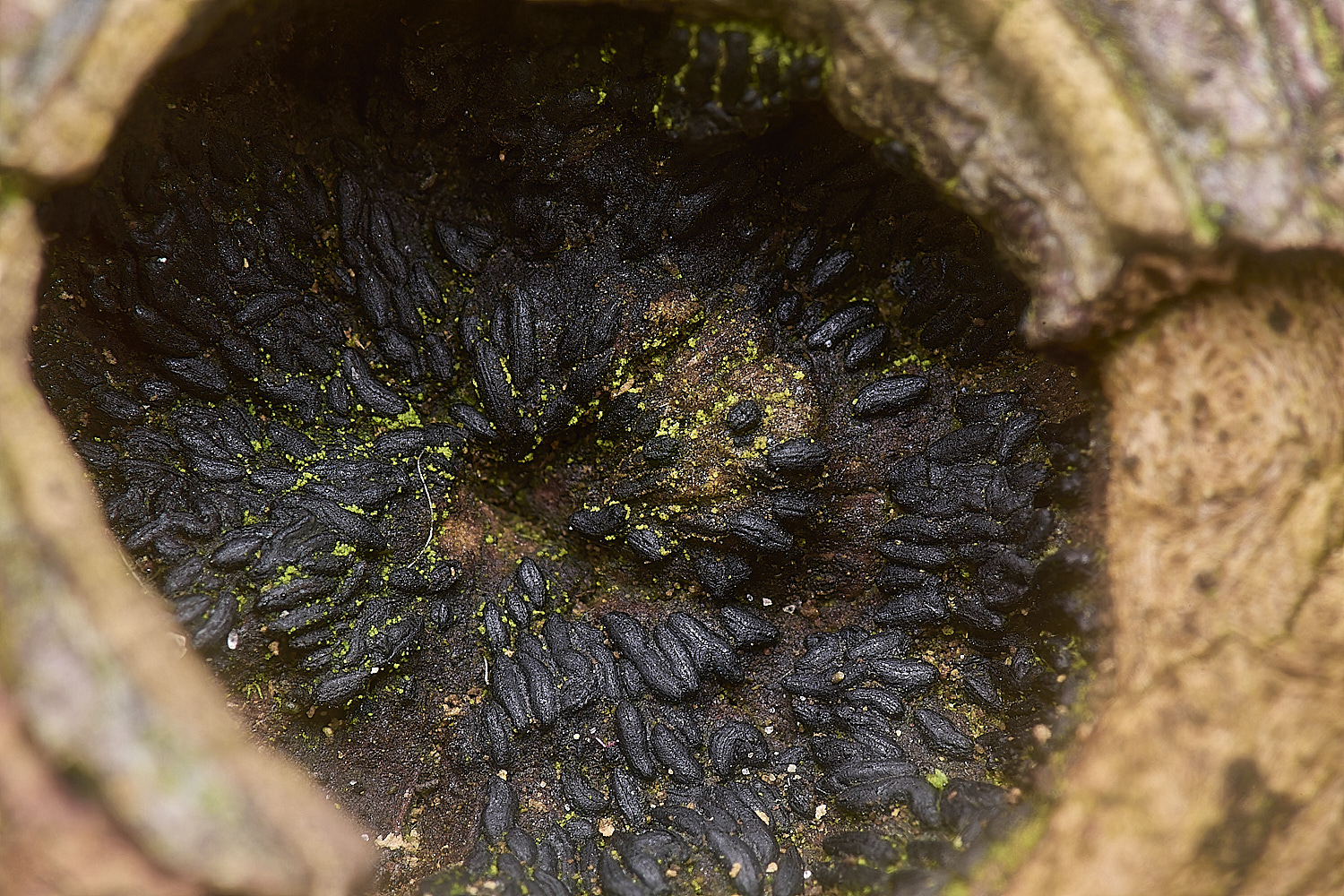
From Stewart
Hysterothecia Sp (Coffee beans
Hysterium angustatum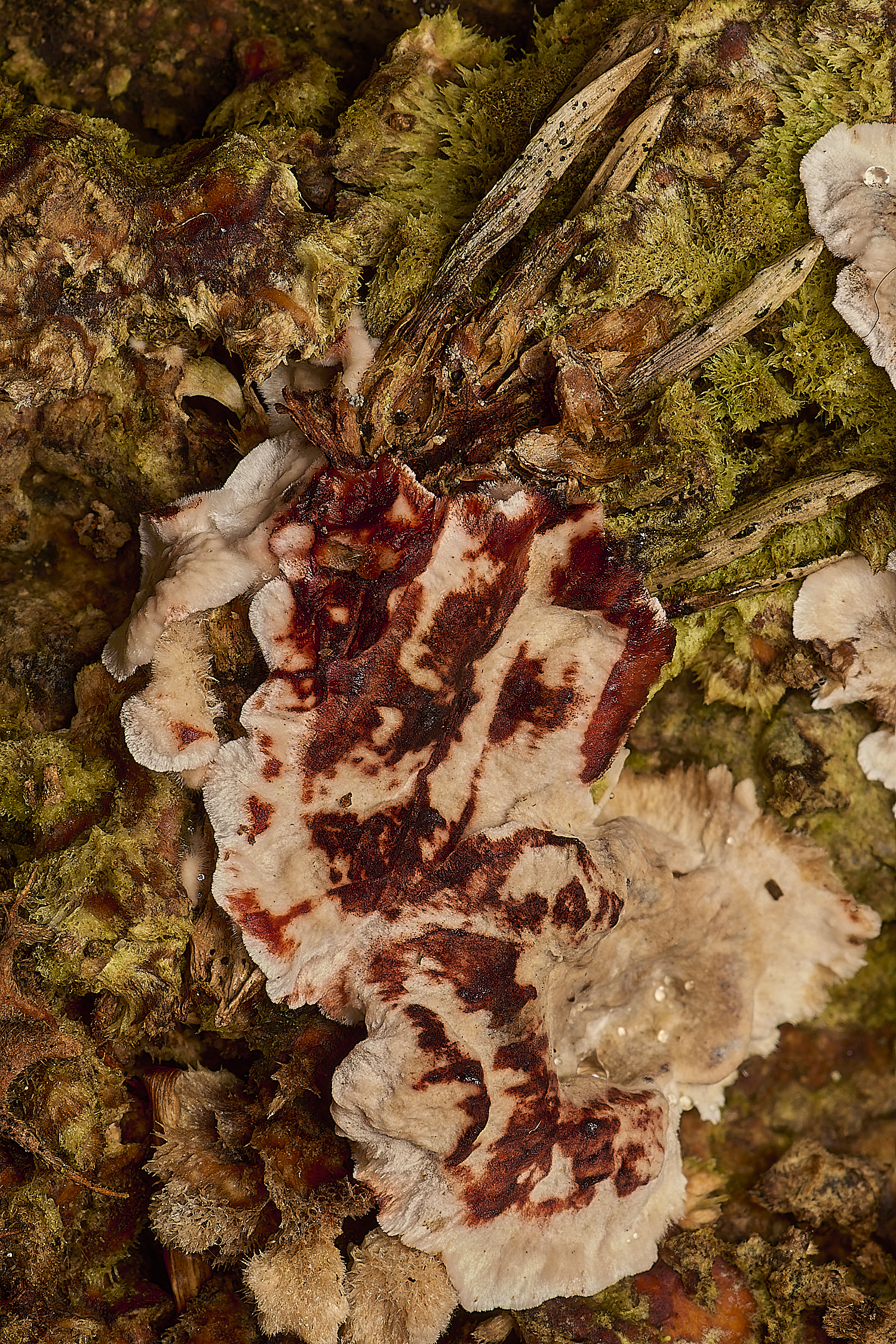
Bleeding Conifer Crust (Stereum sanguinolentum)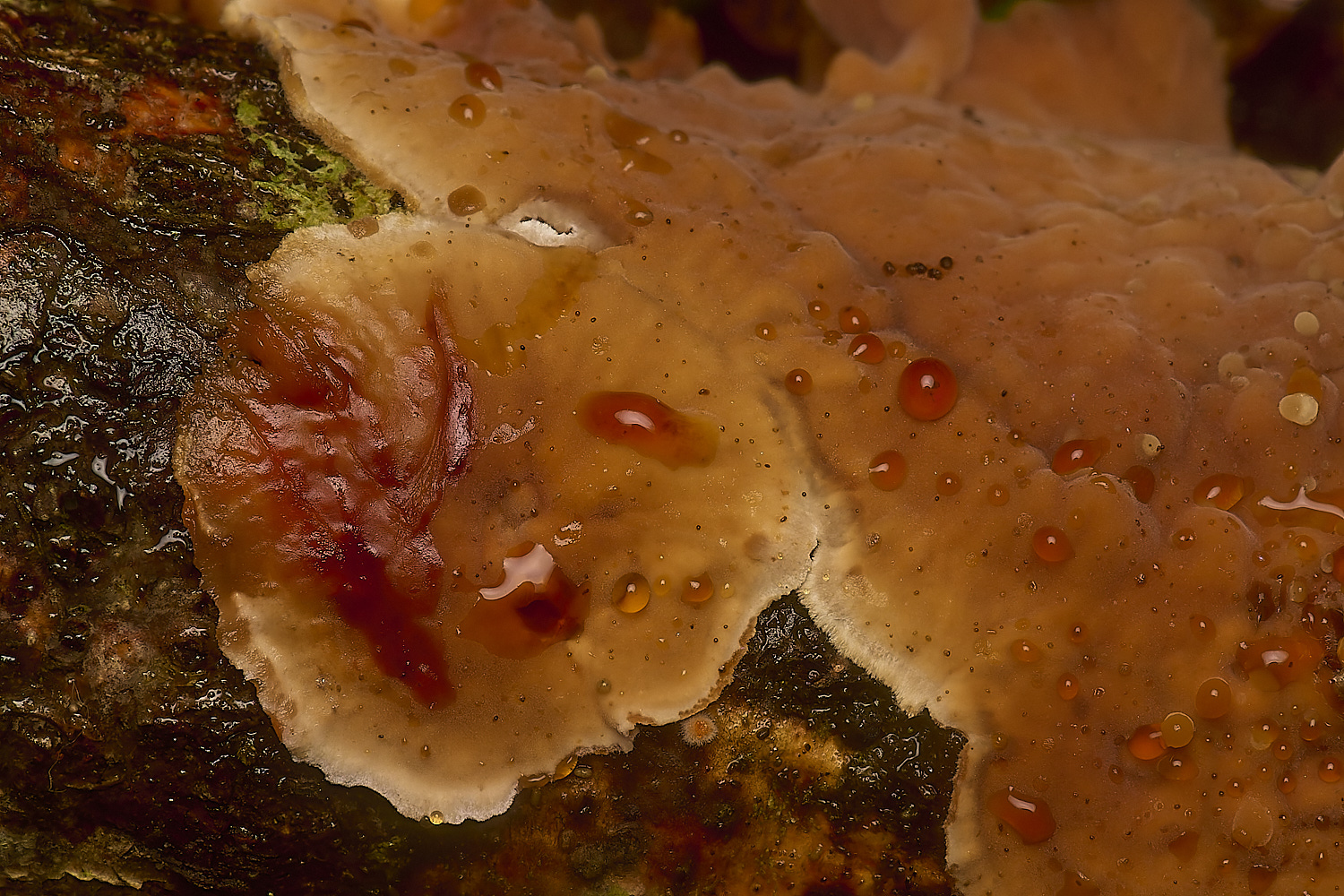
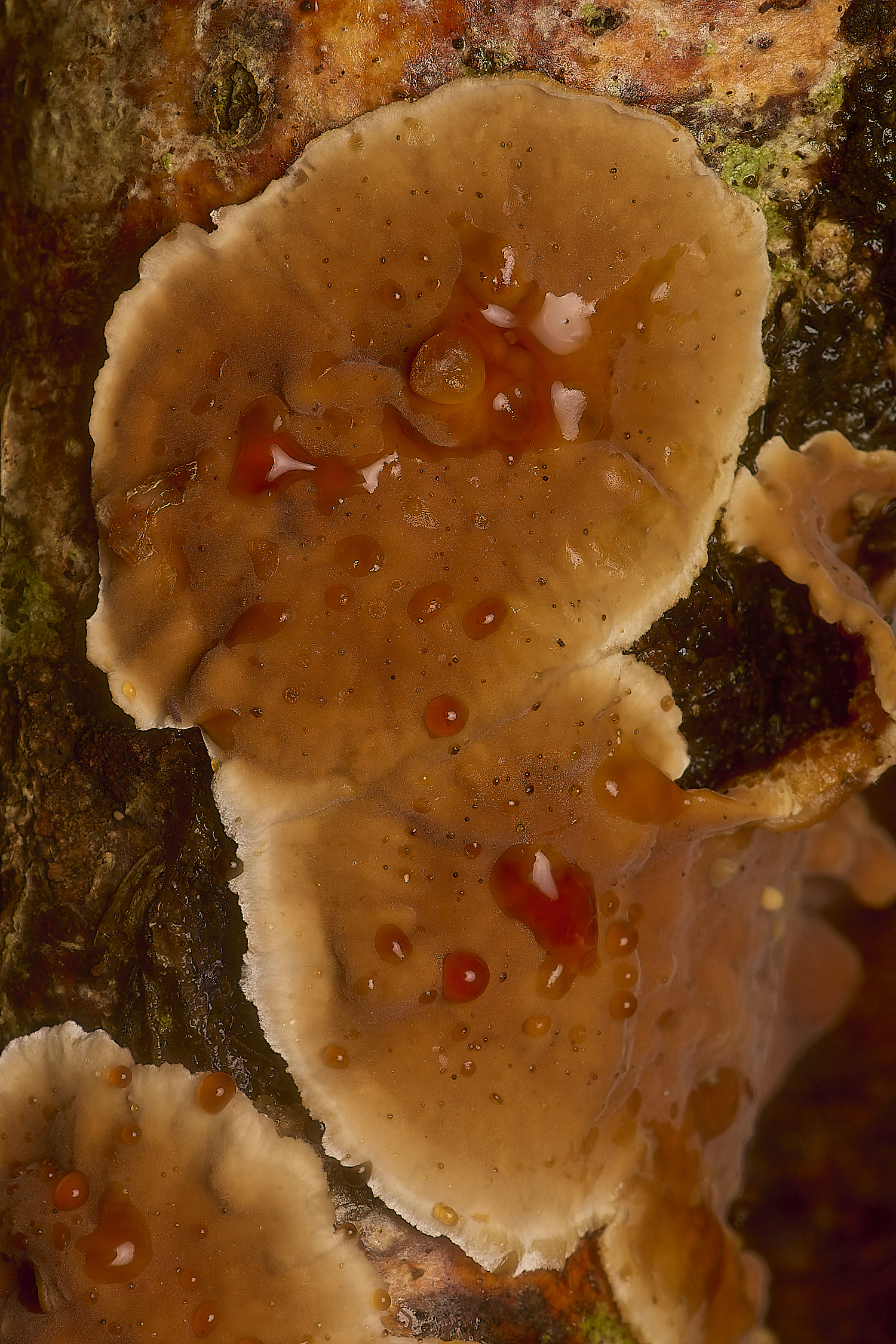
Bleeding Oak Crust (Stereum gausapatum)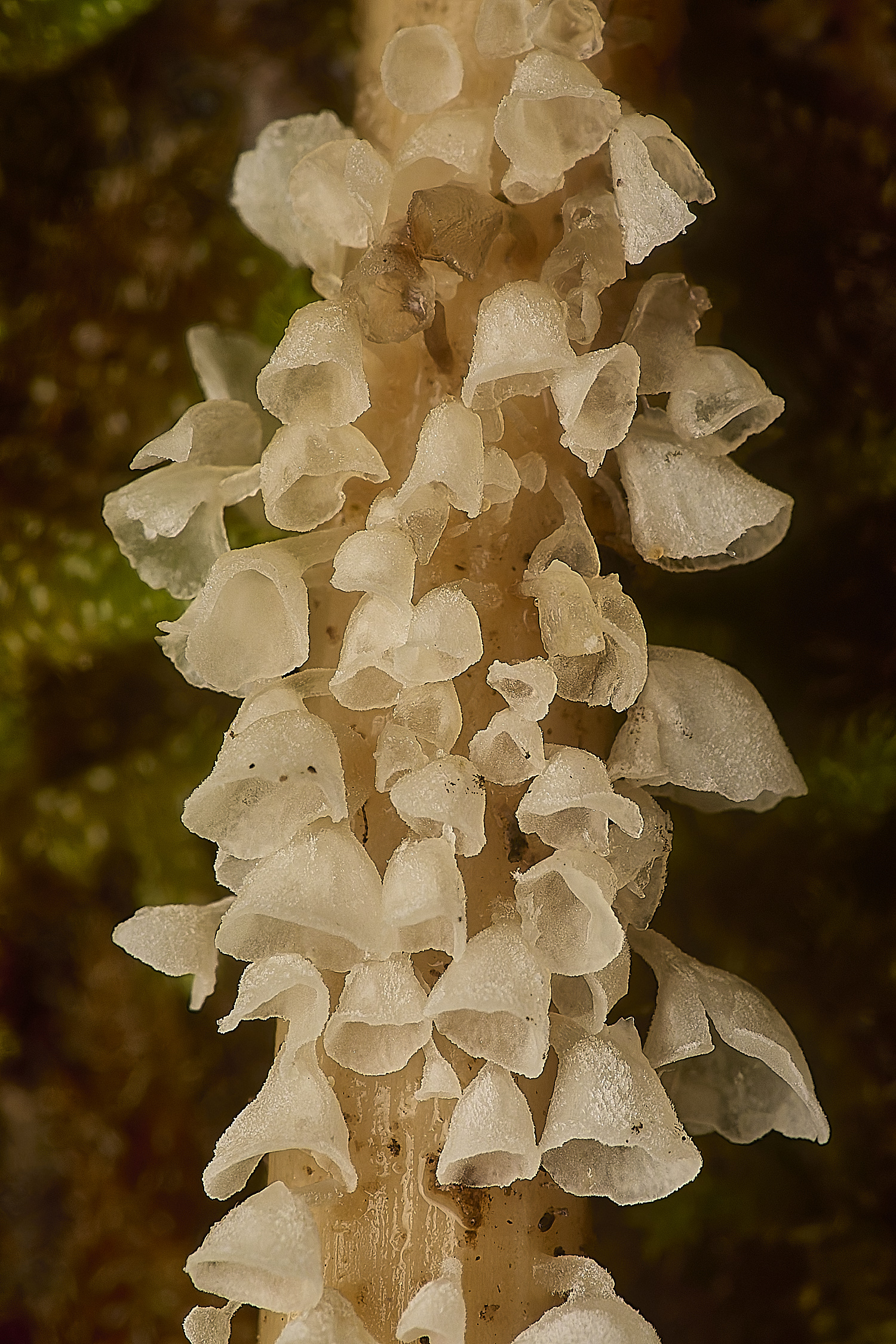
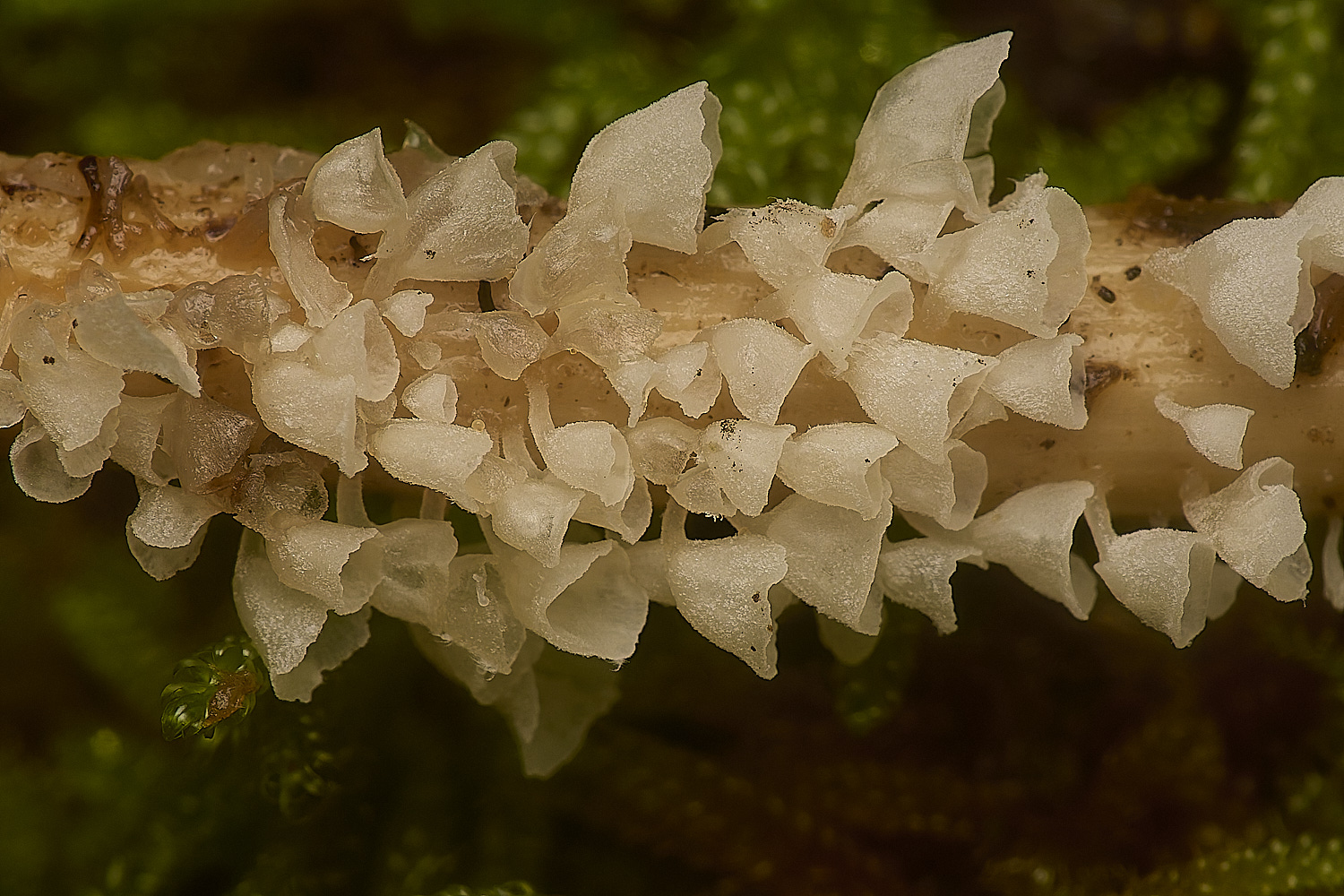
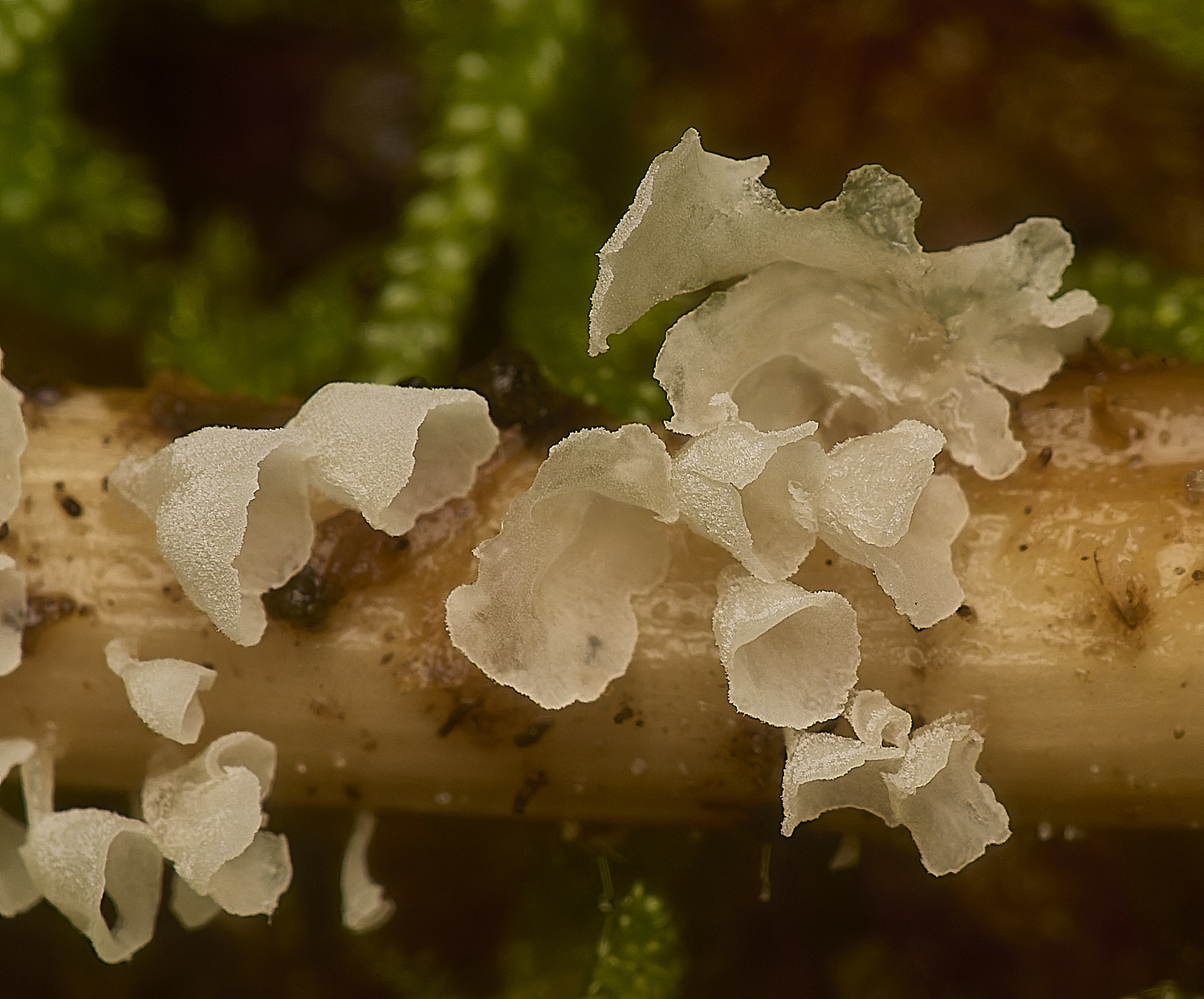
Bowl Hoody (Calyptella capula)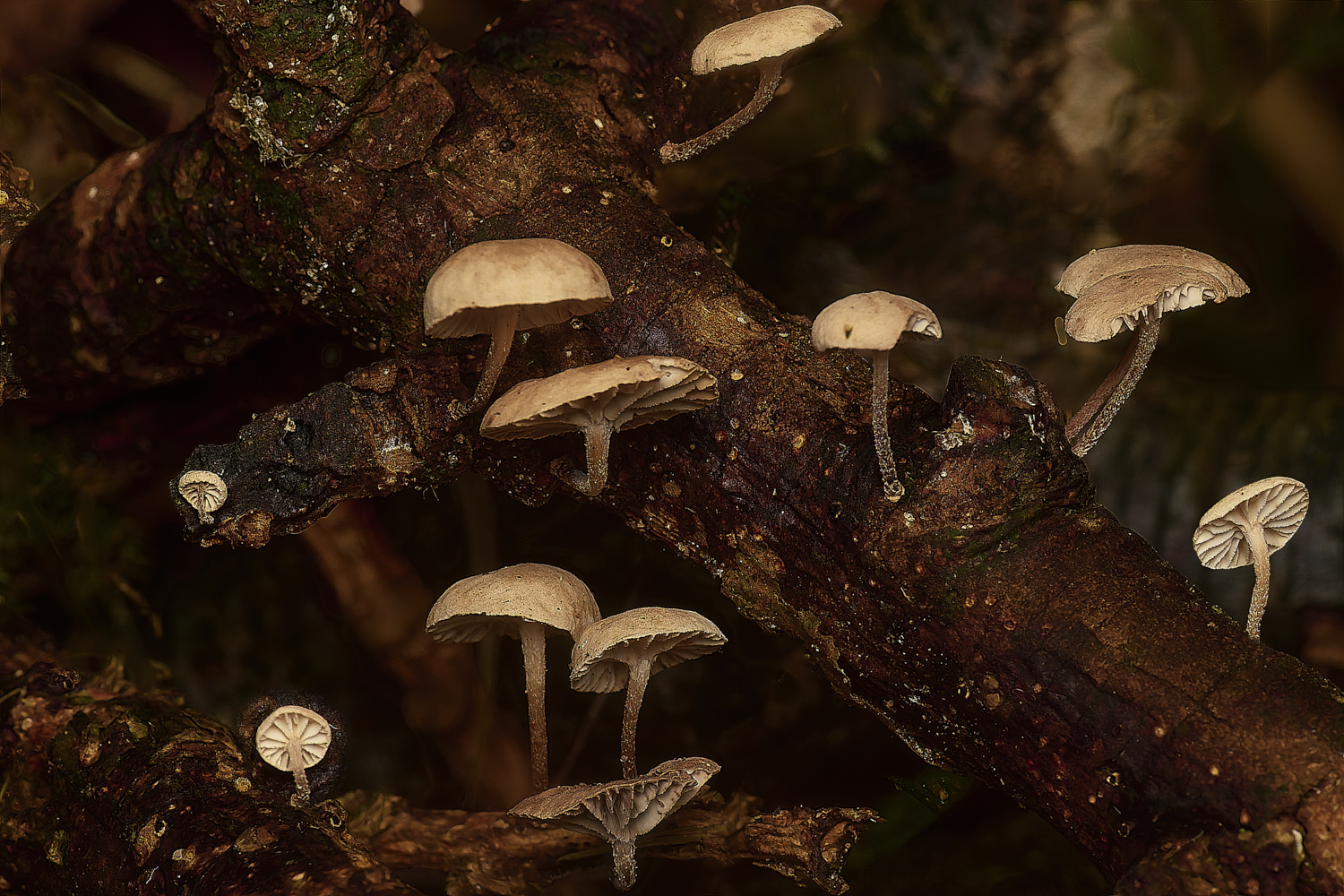
Scurfy Twiglet (Tubaria furfuracea)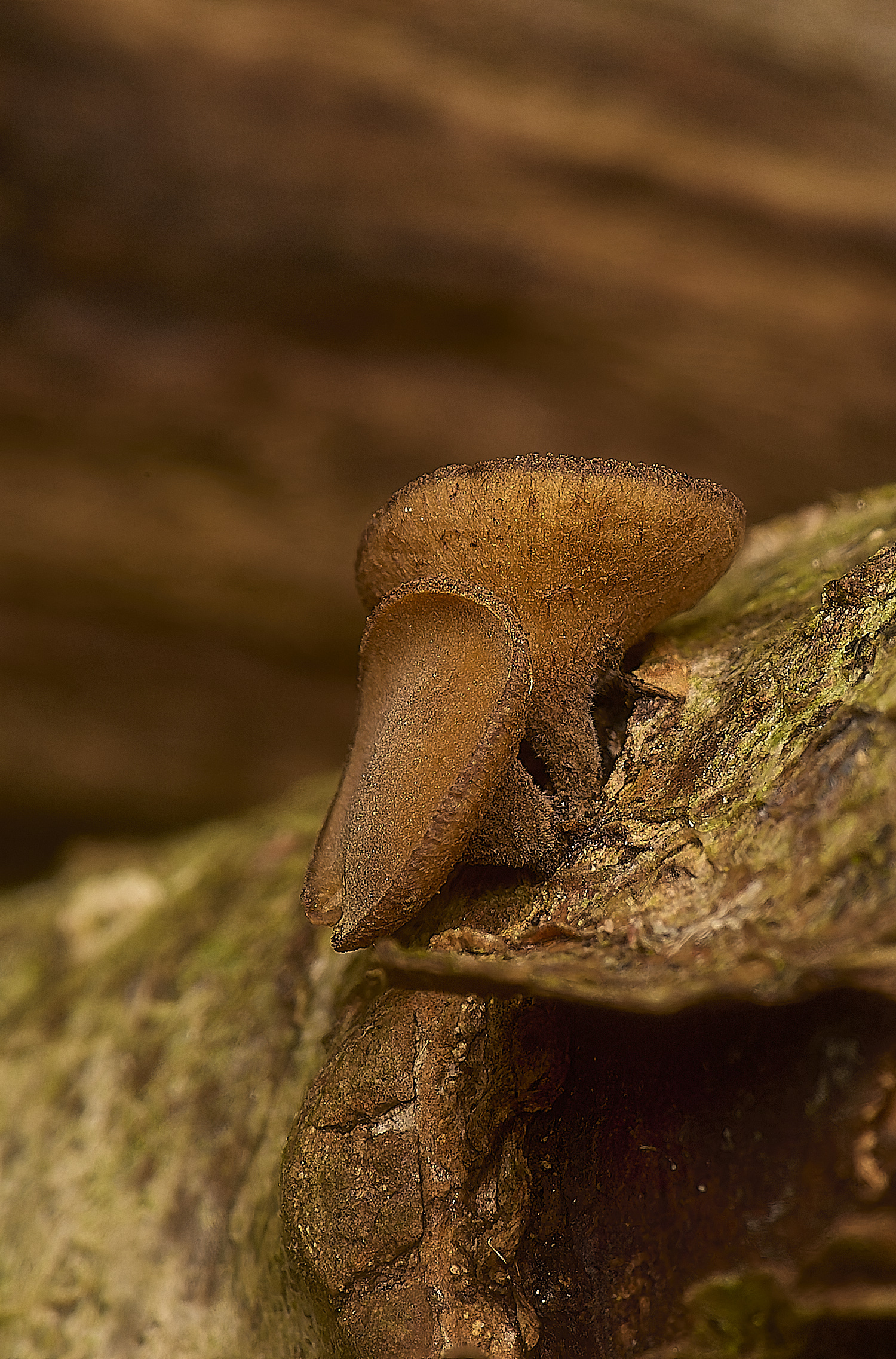
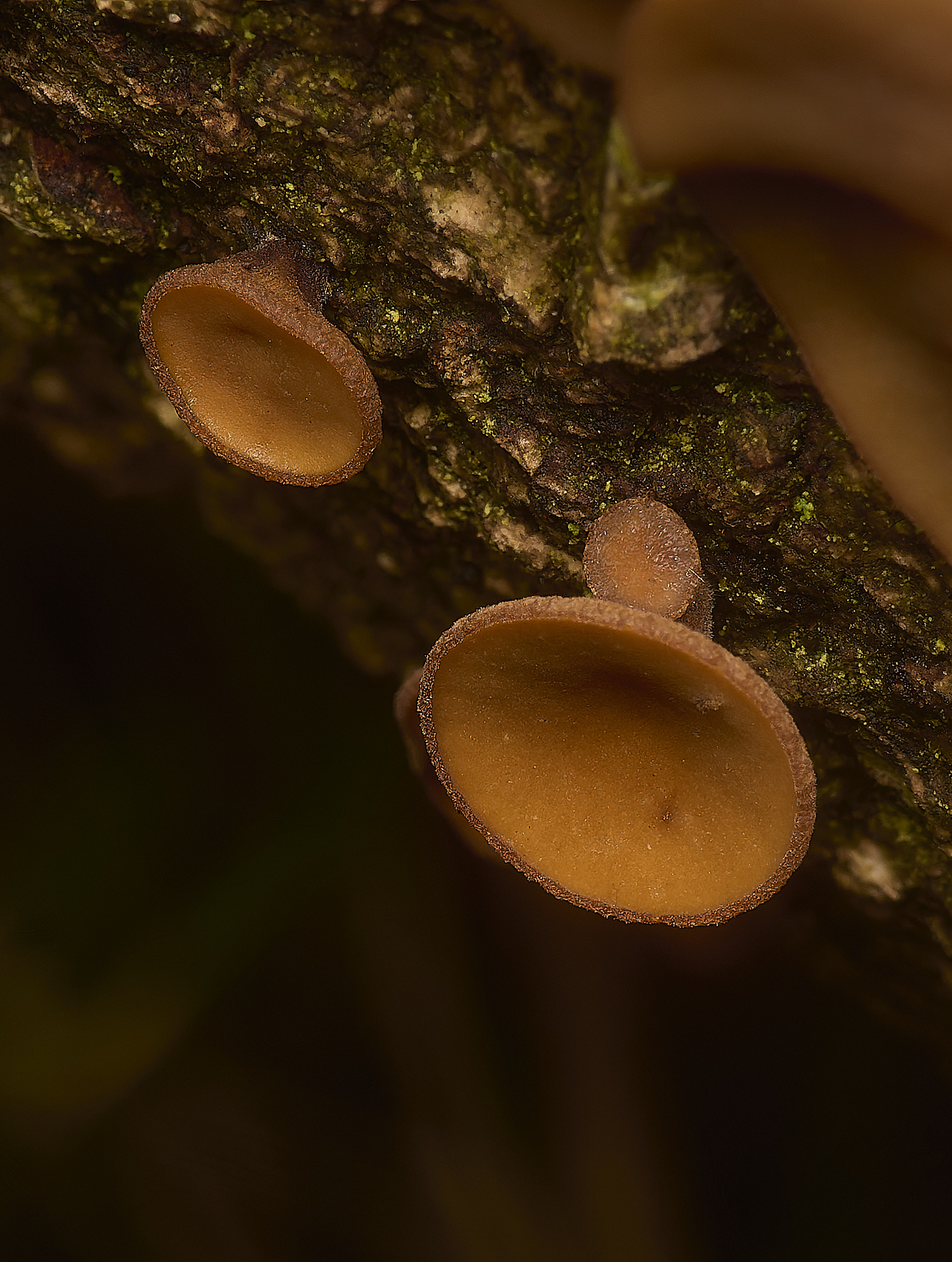
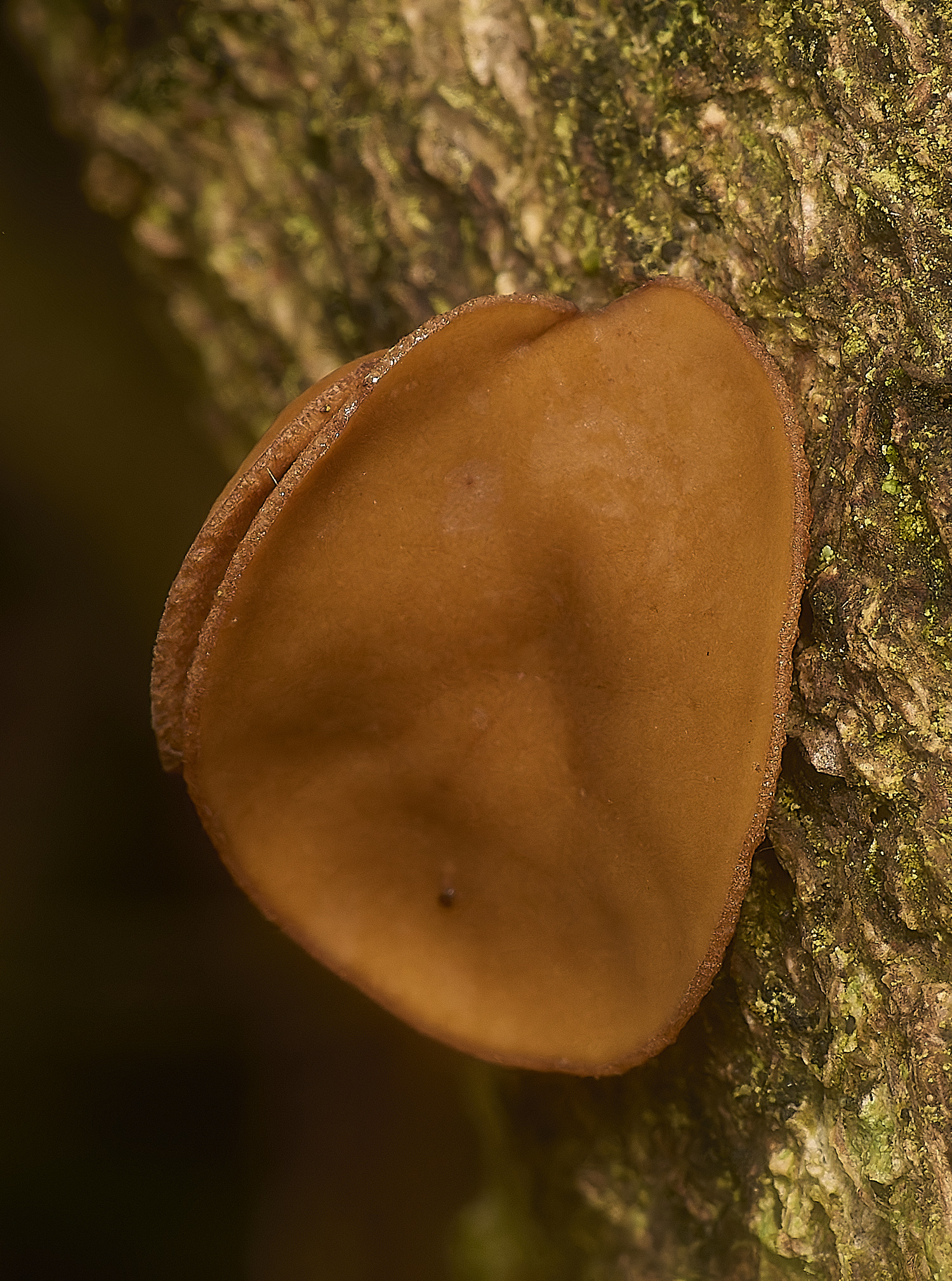
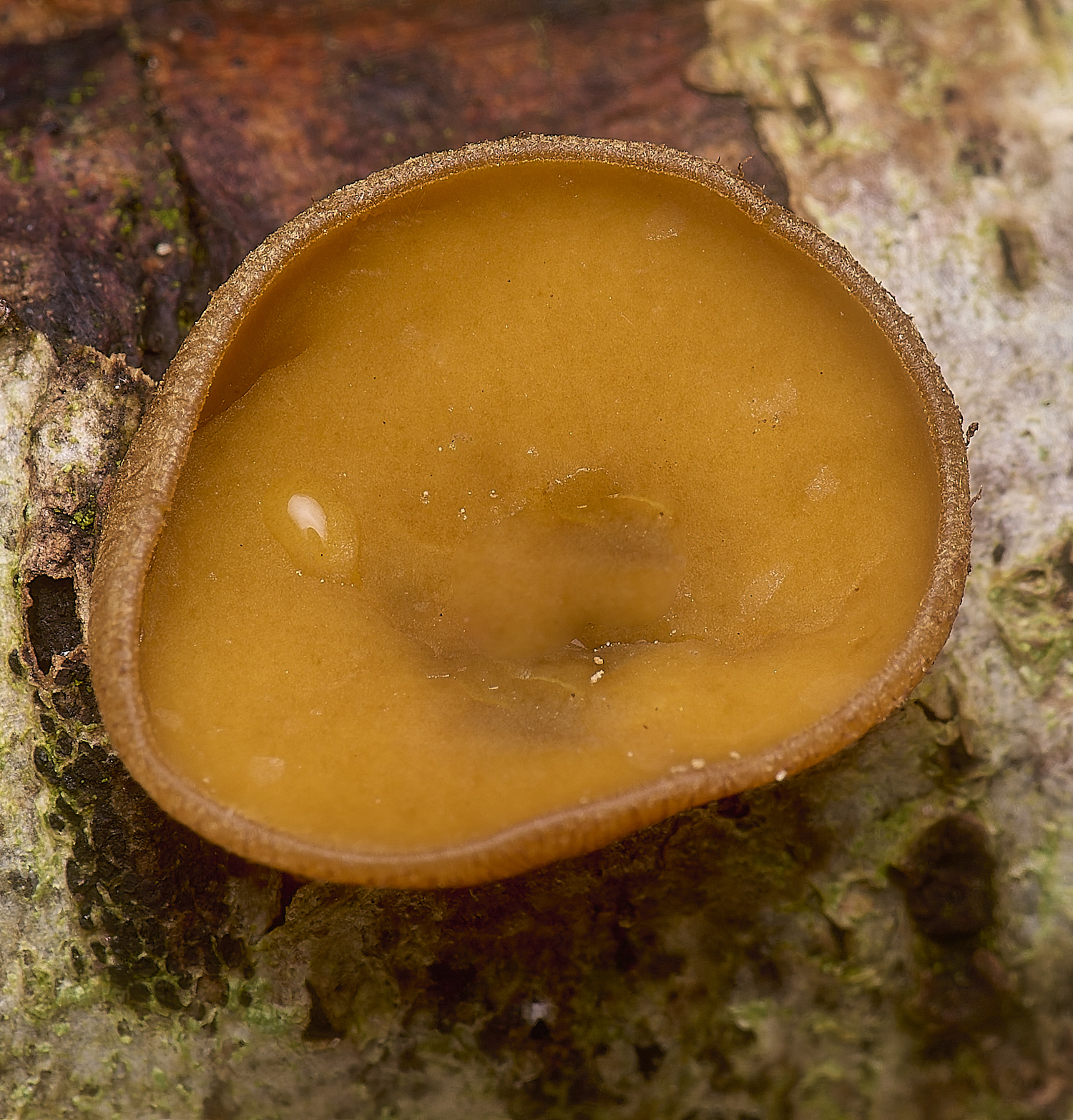
Brown Cup (Rutstroemia firma)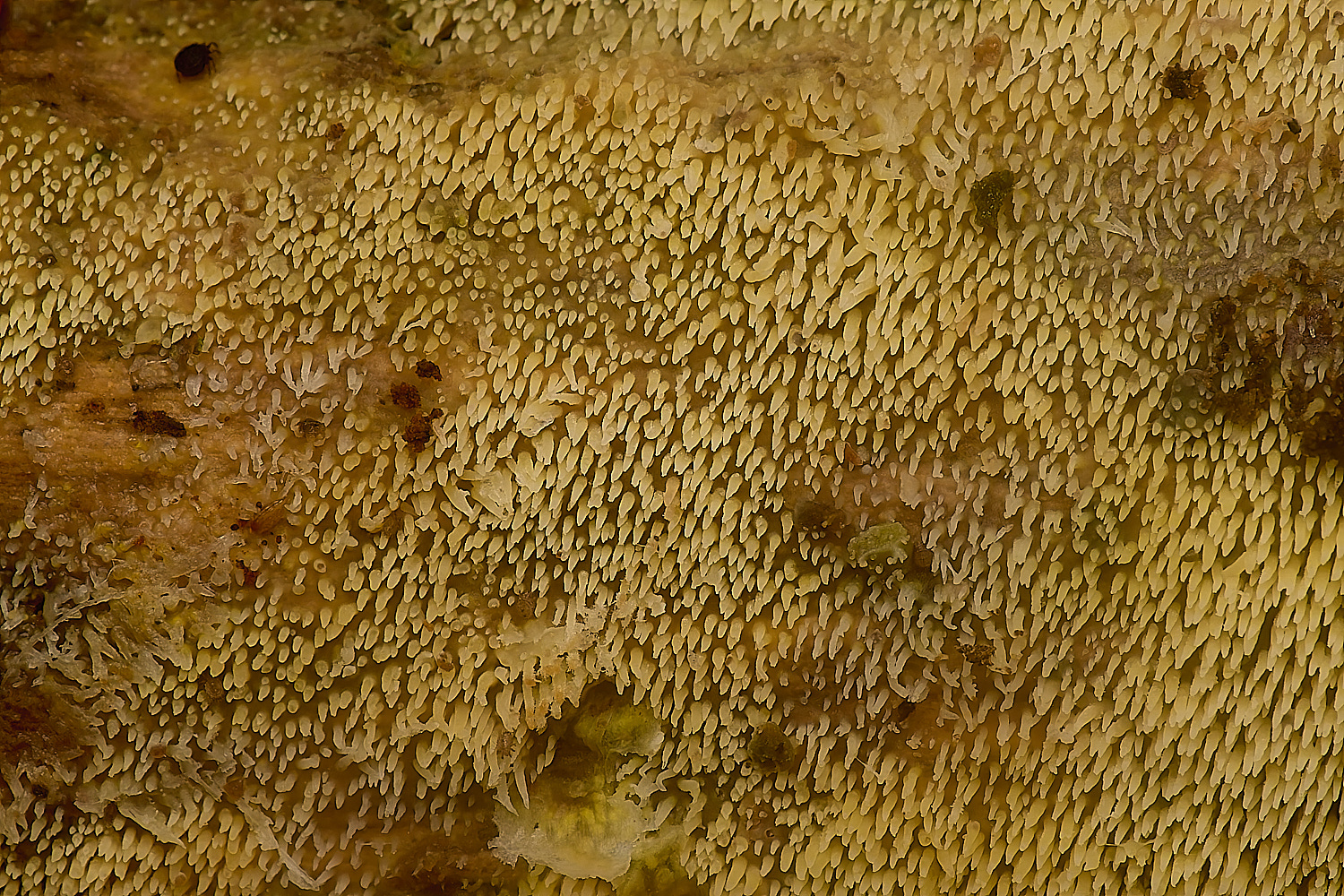
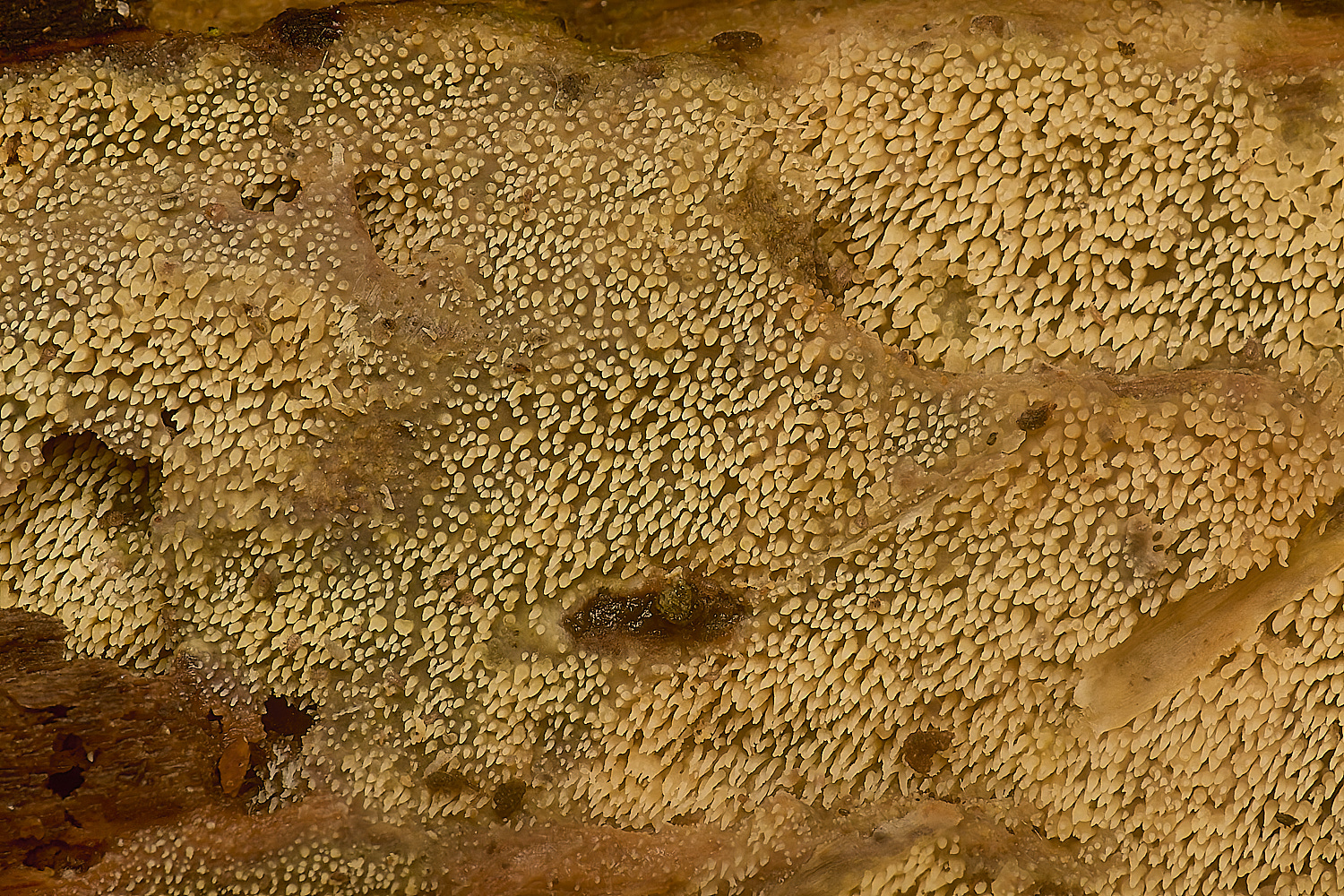
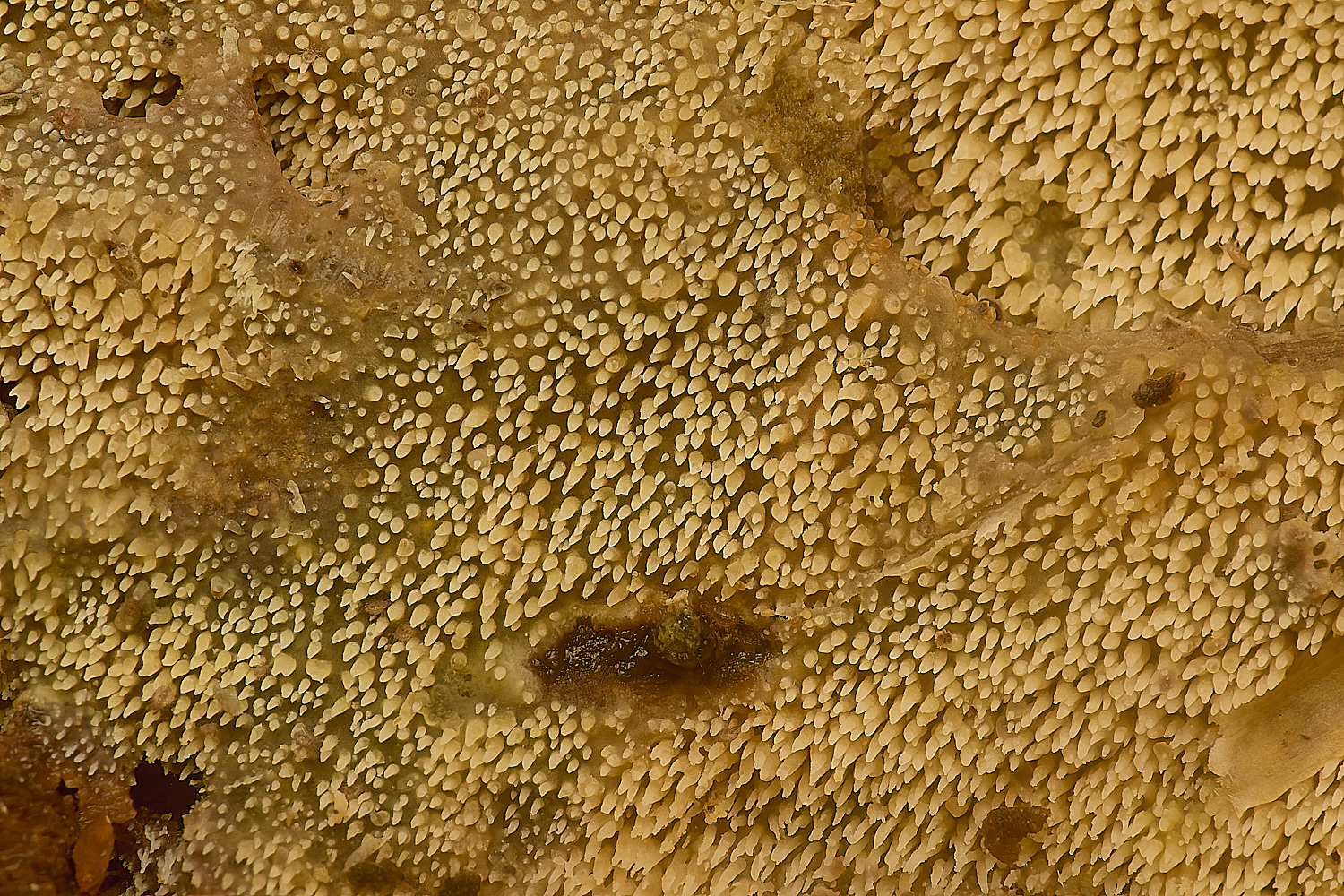
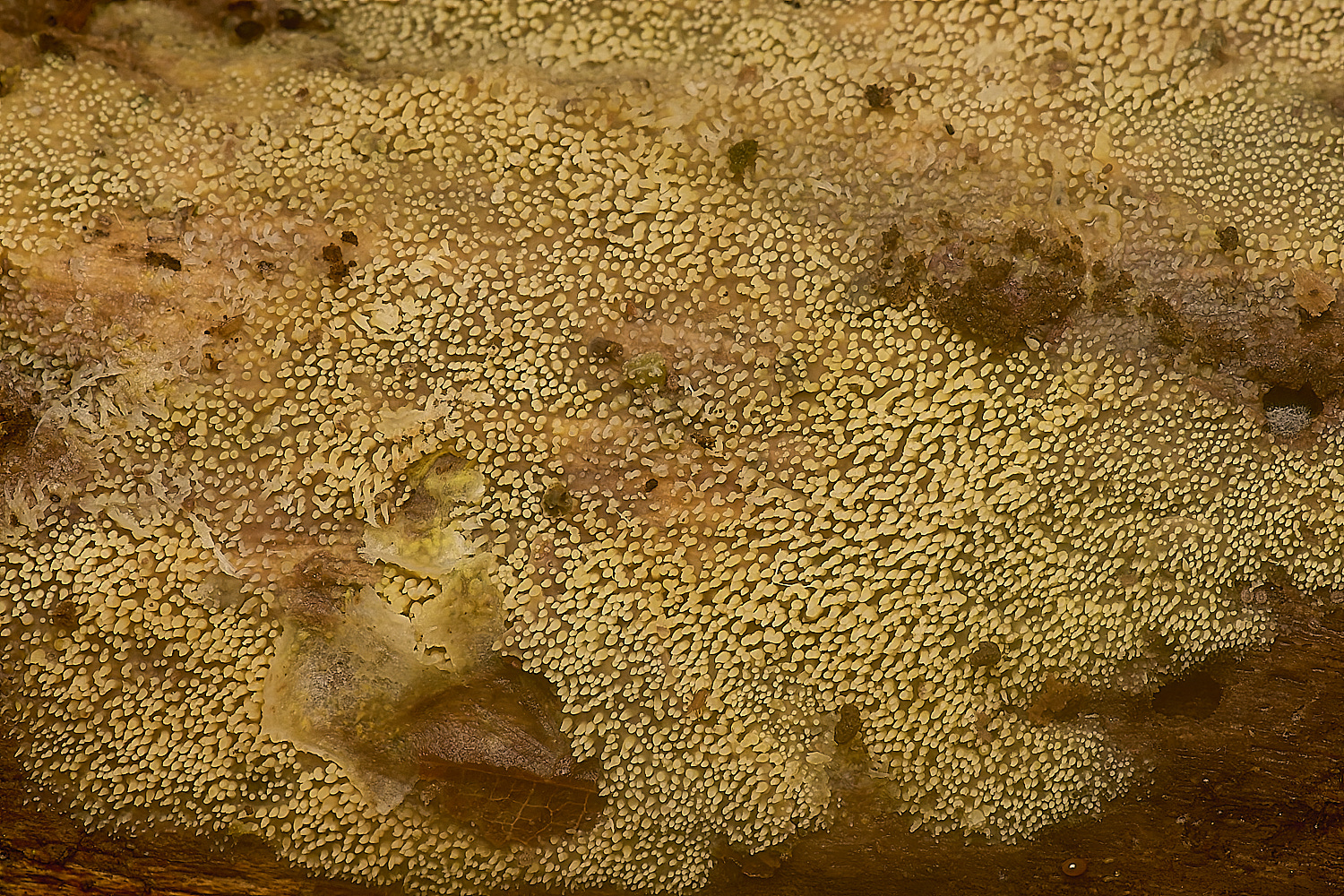
California Fungi (Mycoacia uda)
from Anne
Mycoaciia uda - Spores correct and FB stained purple in KOH (B&K 2)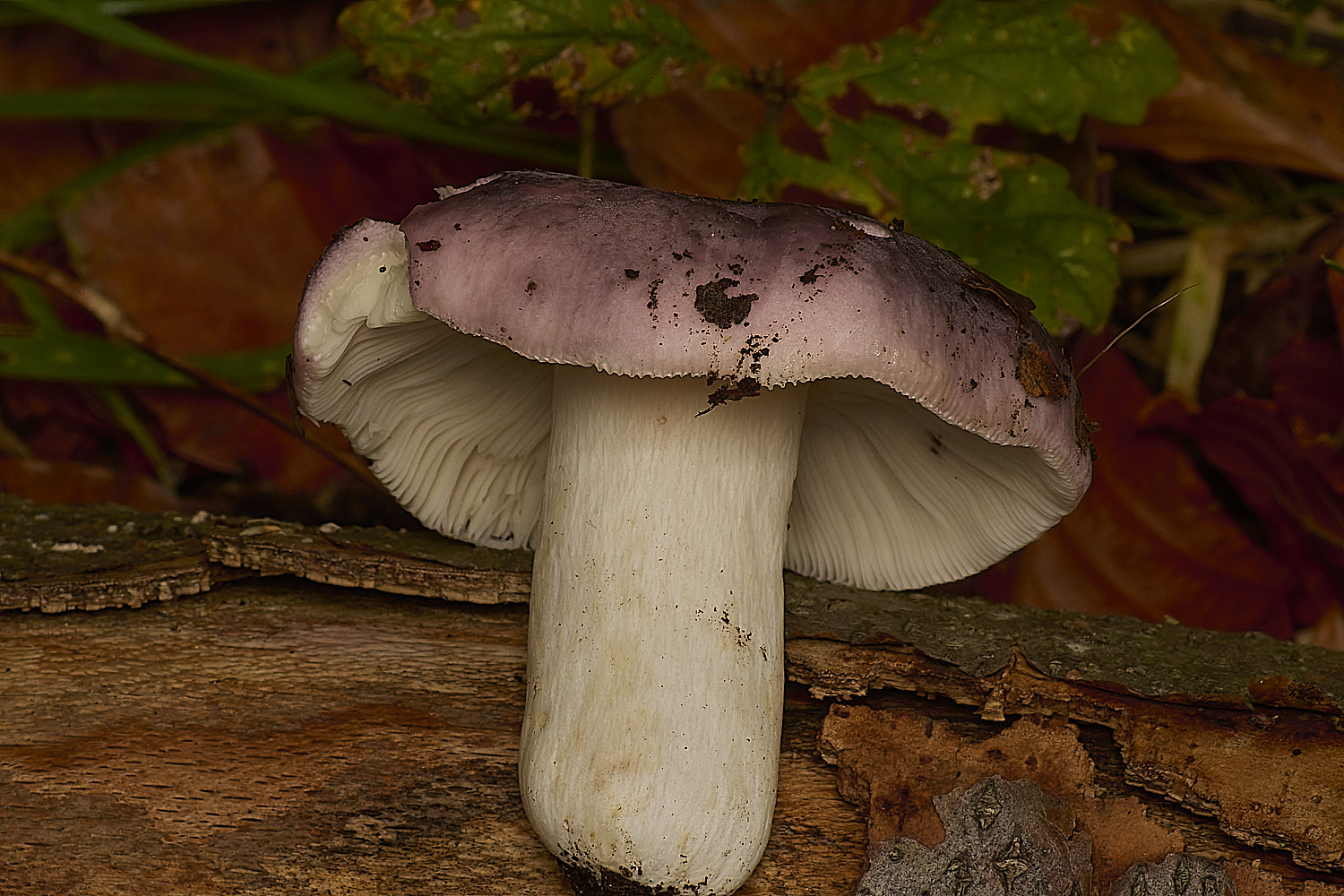

Charcoal Burner (Russula cyanoxantha)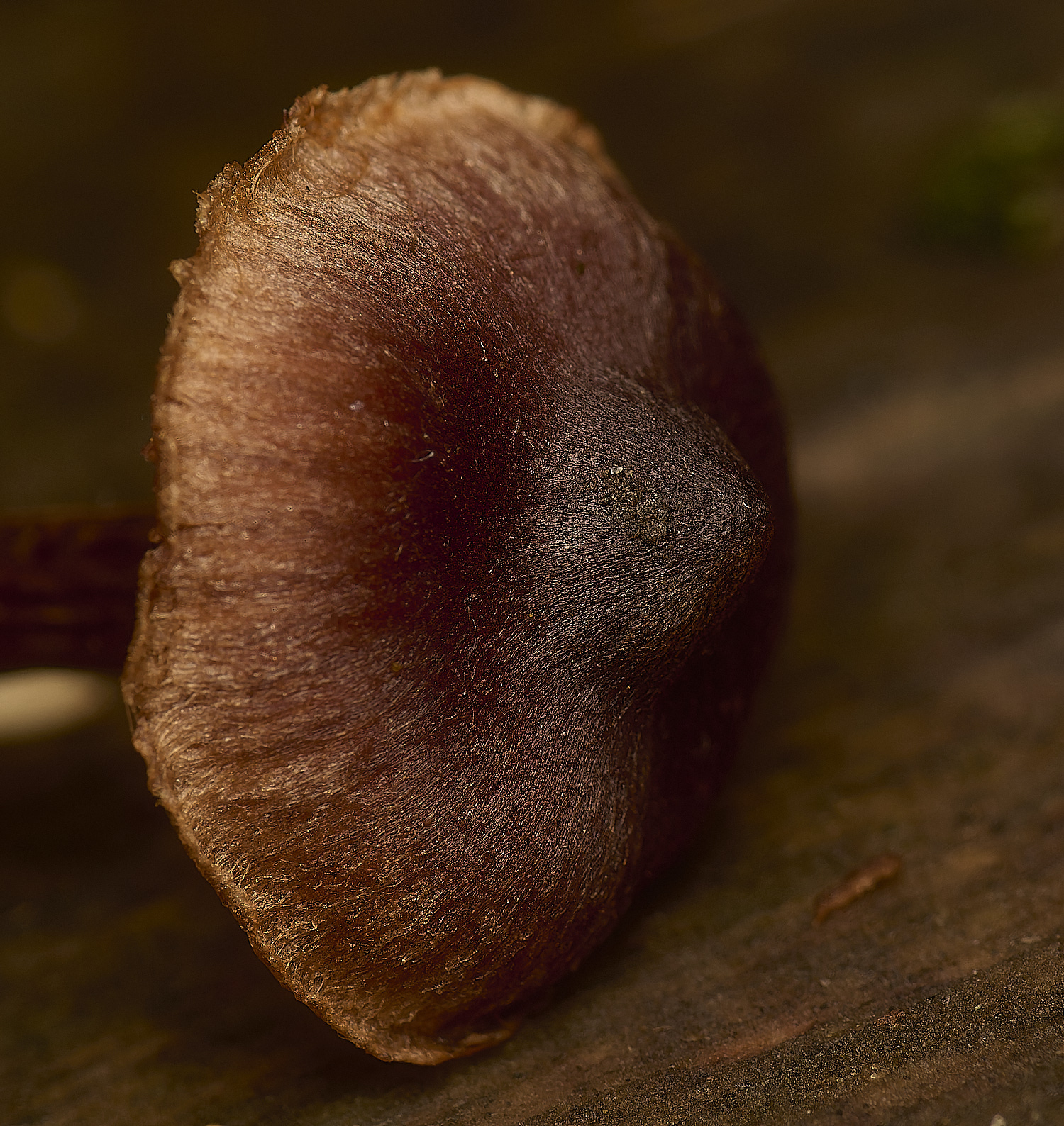
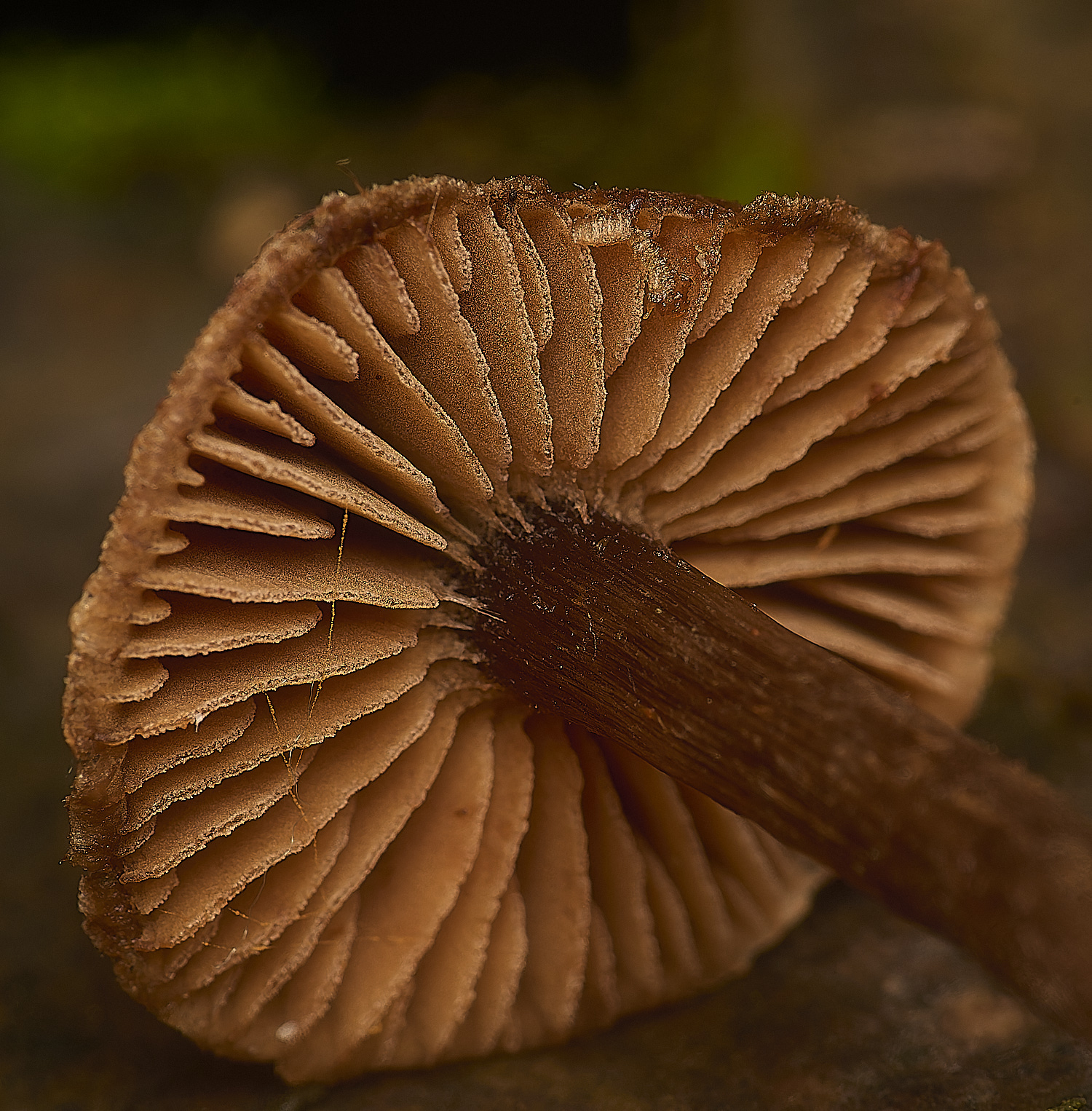
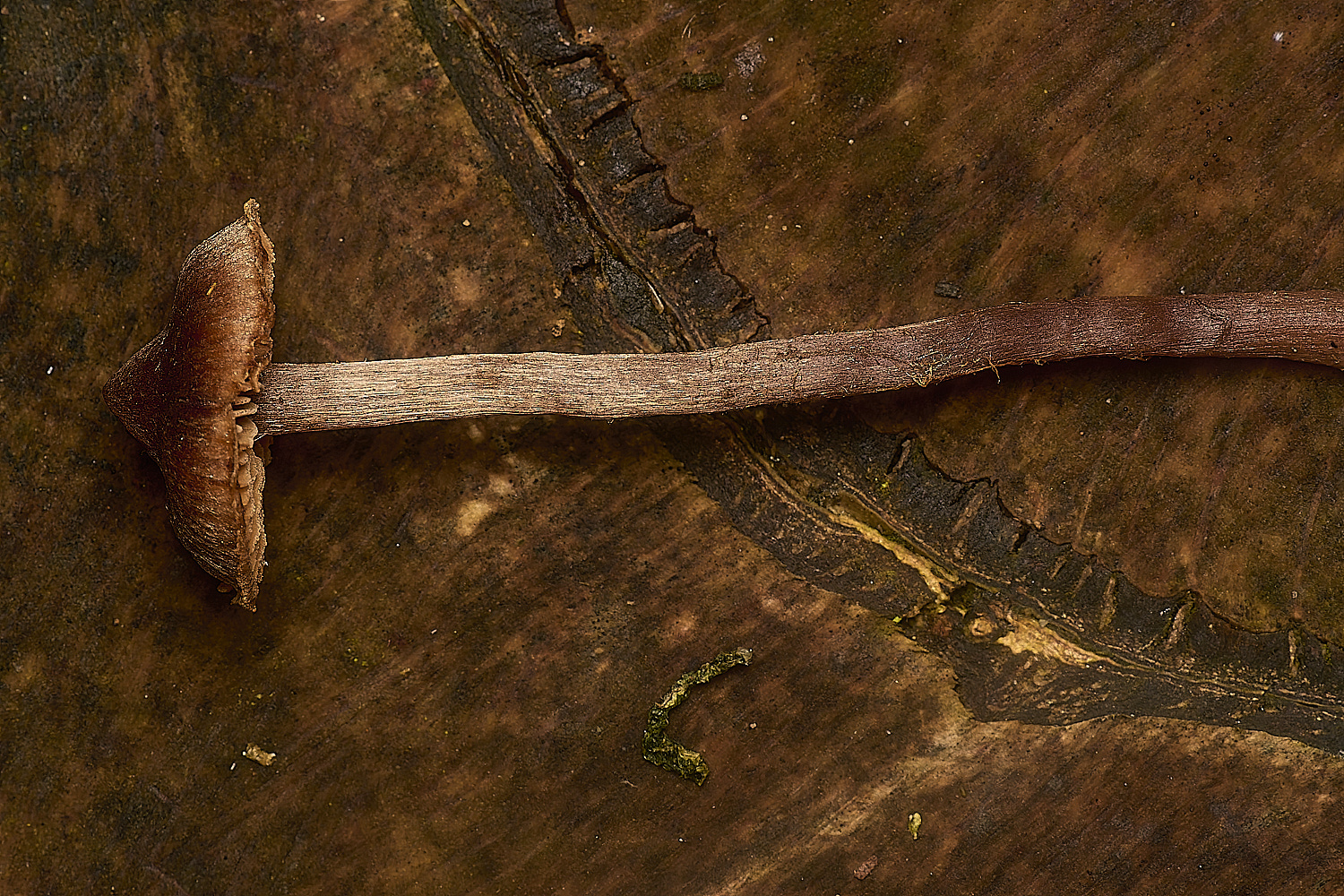
Webcap Sp (Cortinarius Sp)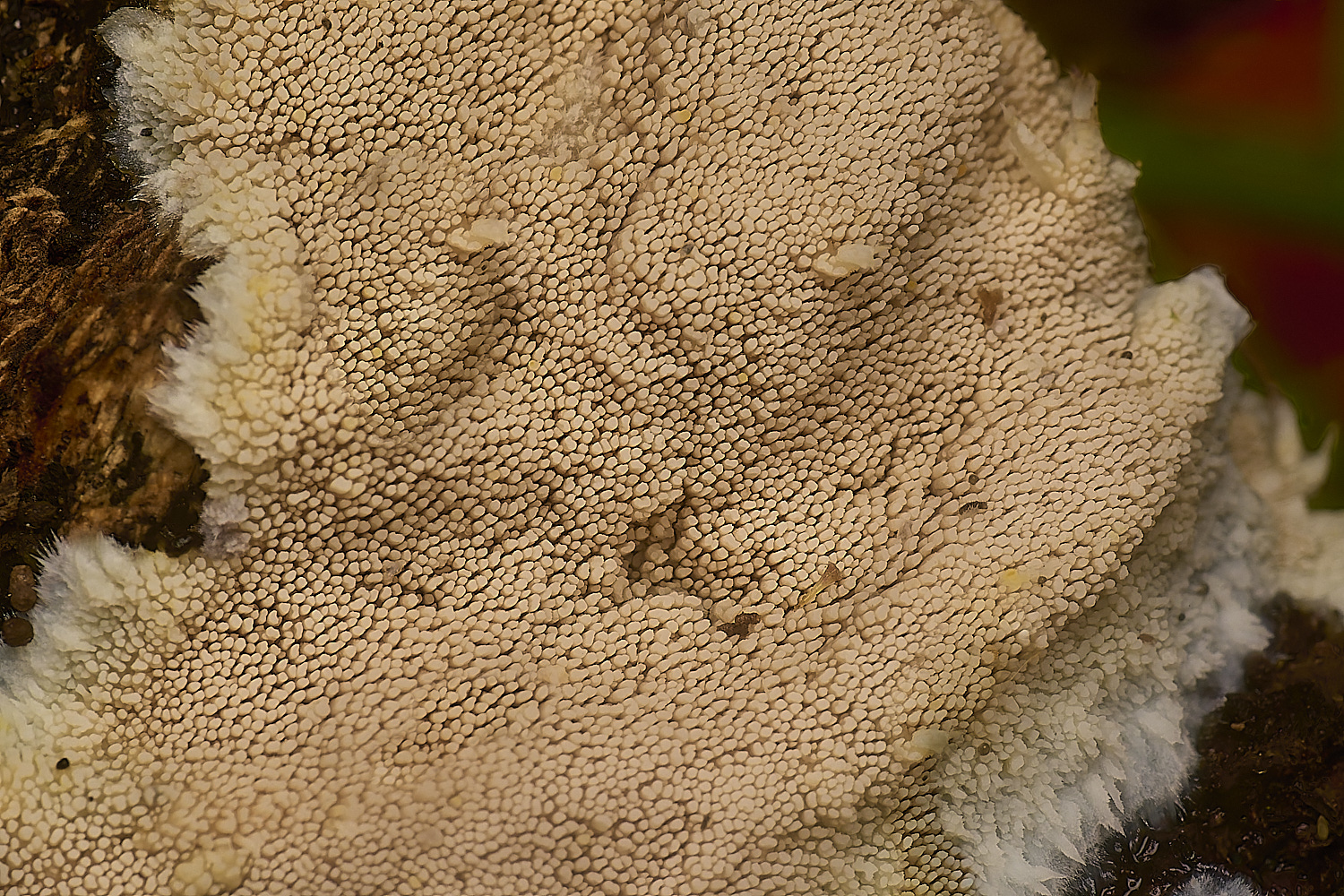
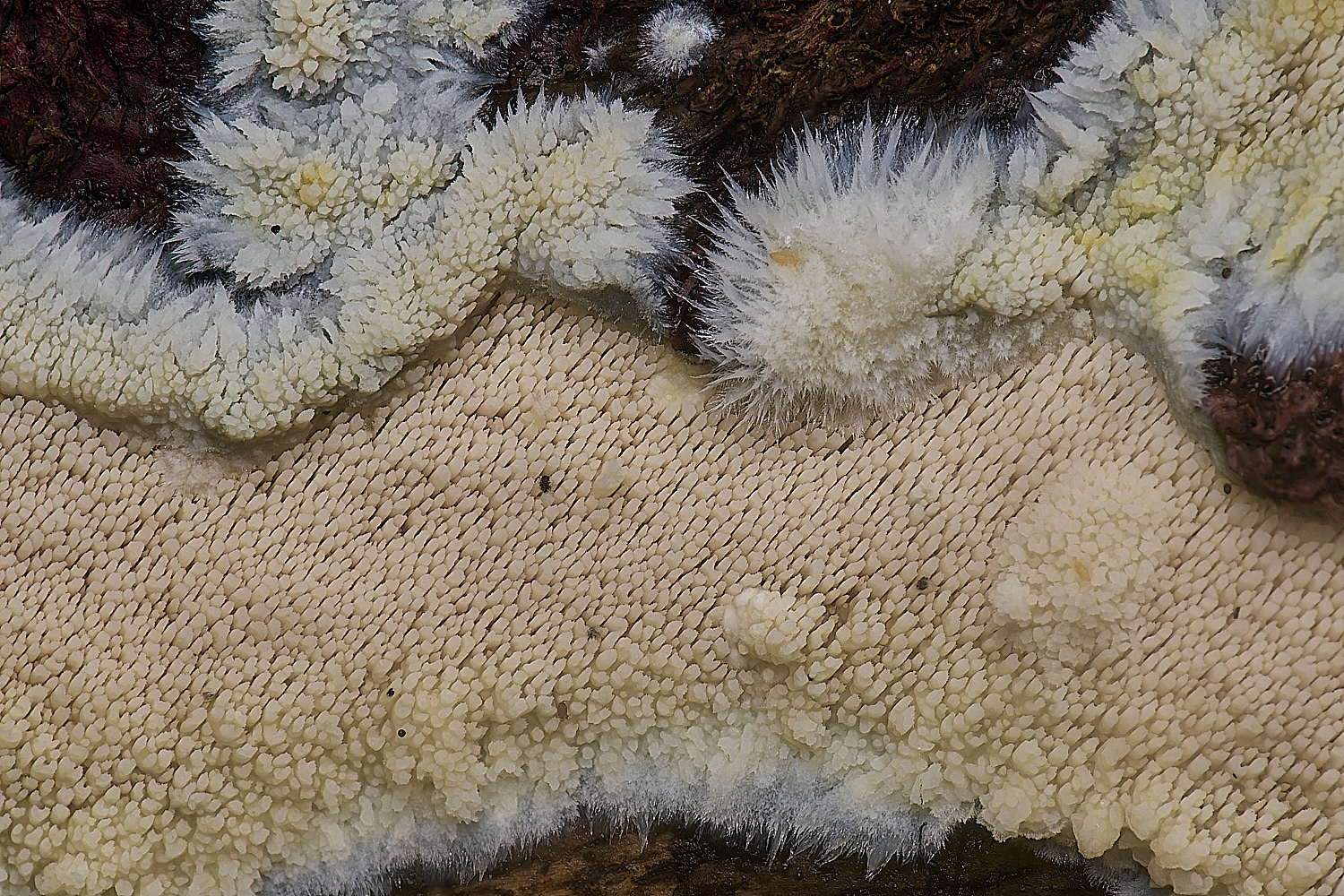
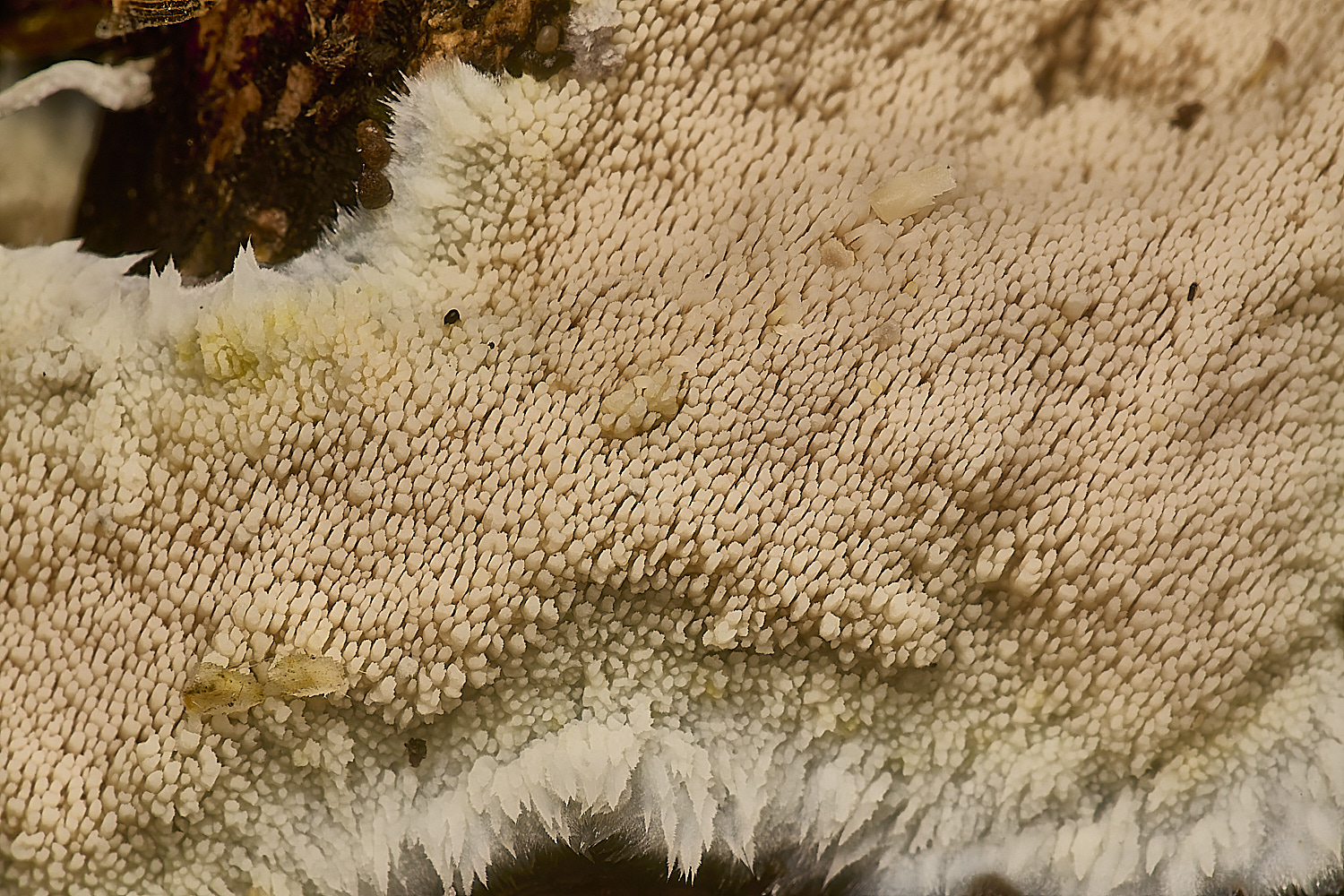
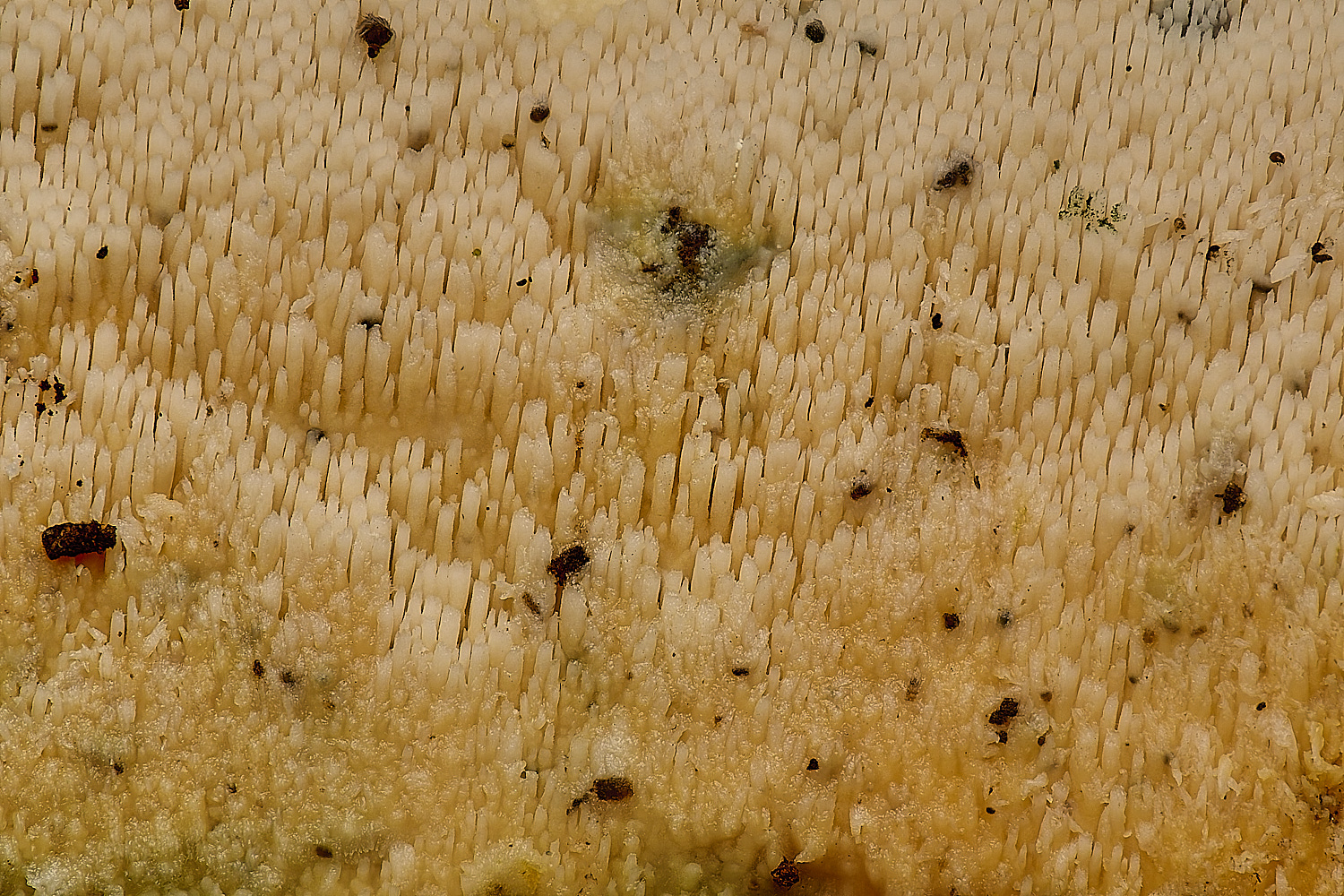
from Anne
I had trouble with the other toothed resupinate. It wasn’t what I thought it was on site and I struggled to find anything
that matched the spore shape and size and the toothed form. My only thought is that it was a pale
Steccherinum ochraceum as most of the spores were within range….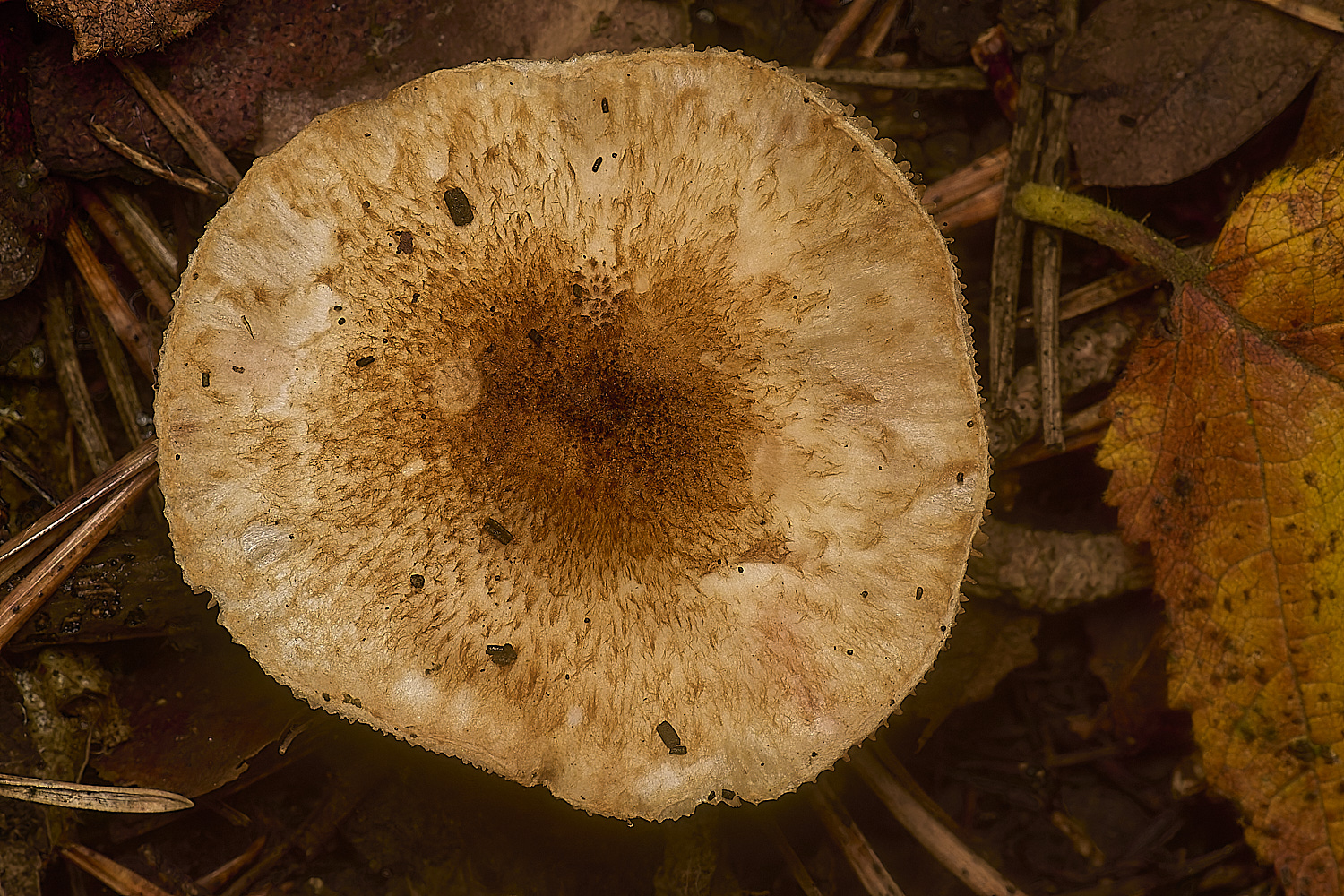
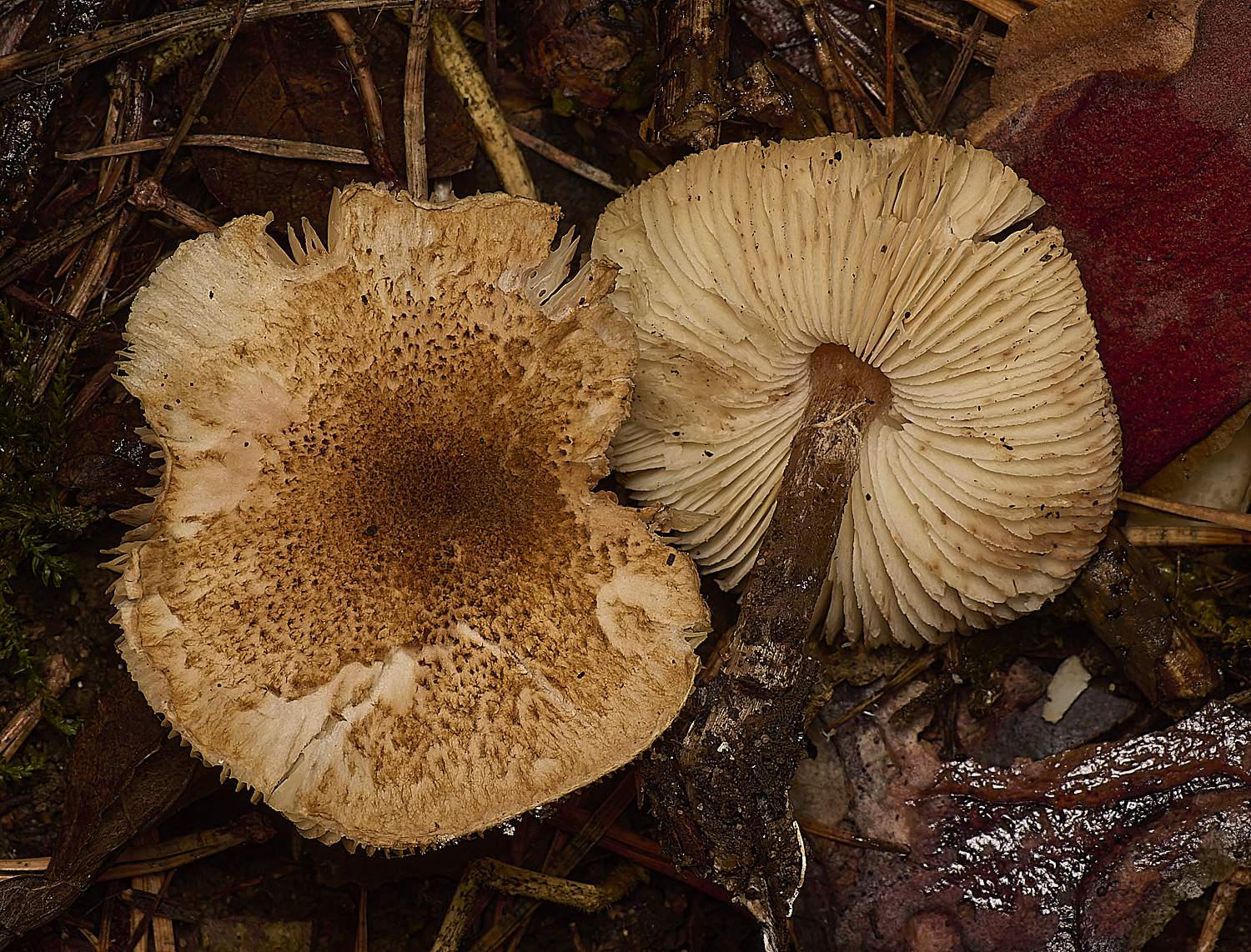
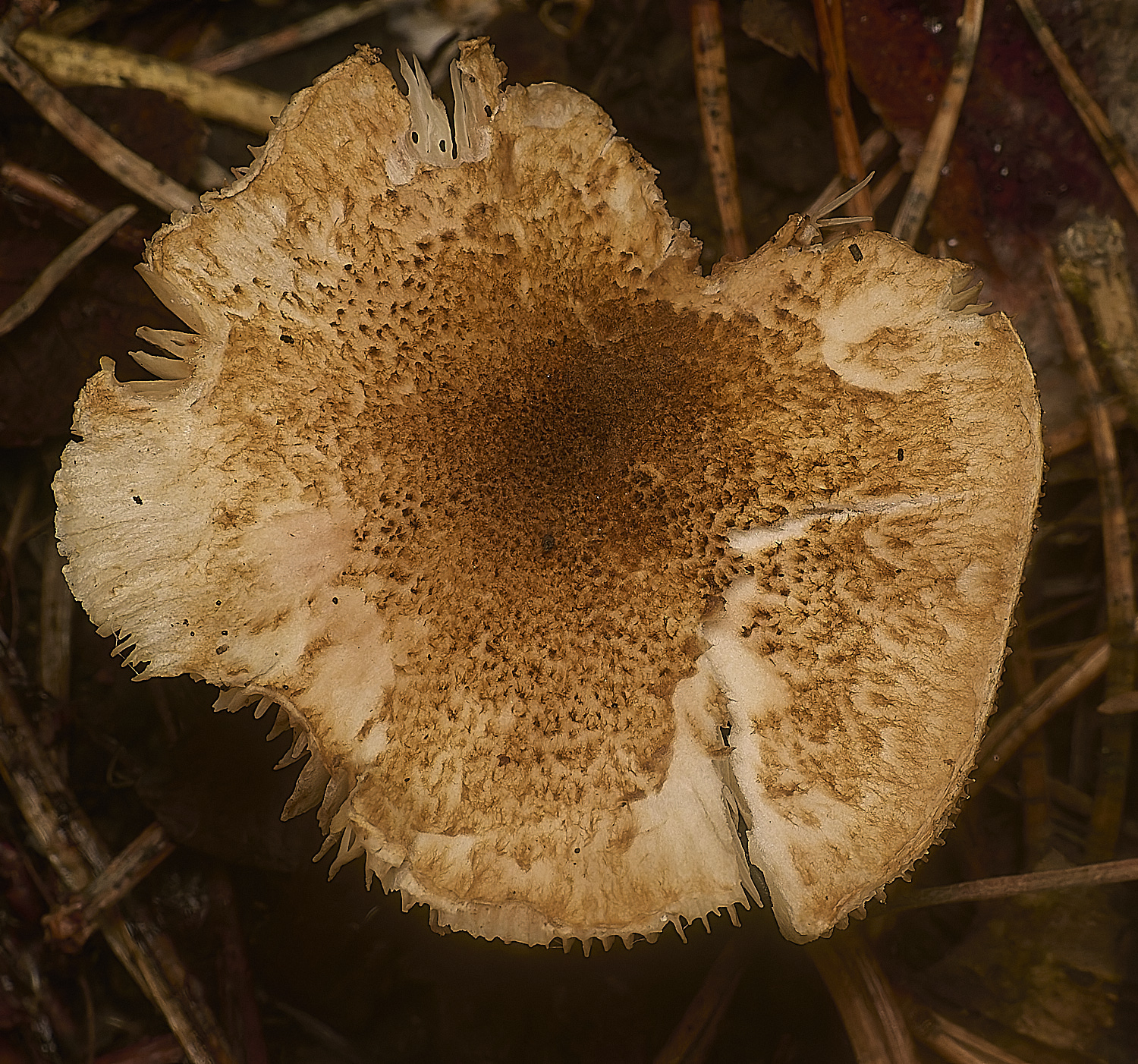
From Anne
Chestnut Dapperling (Lepiota castanea)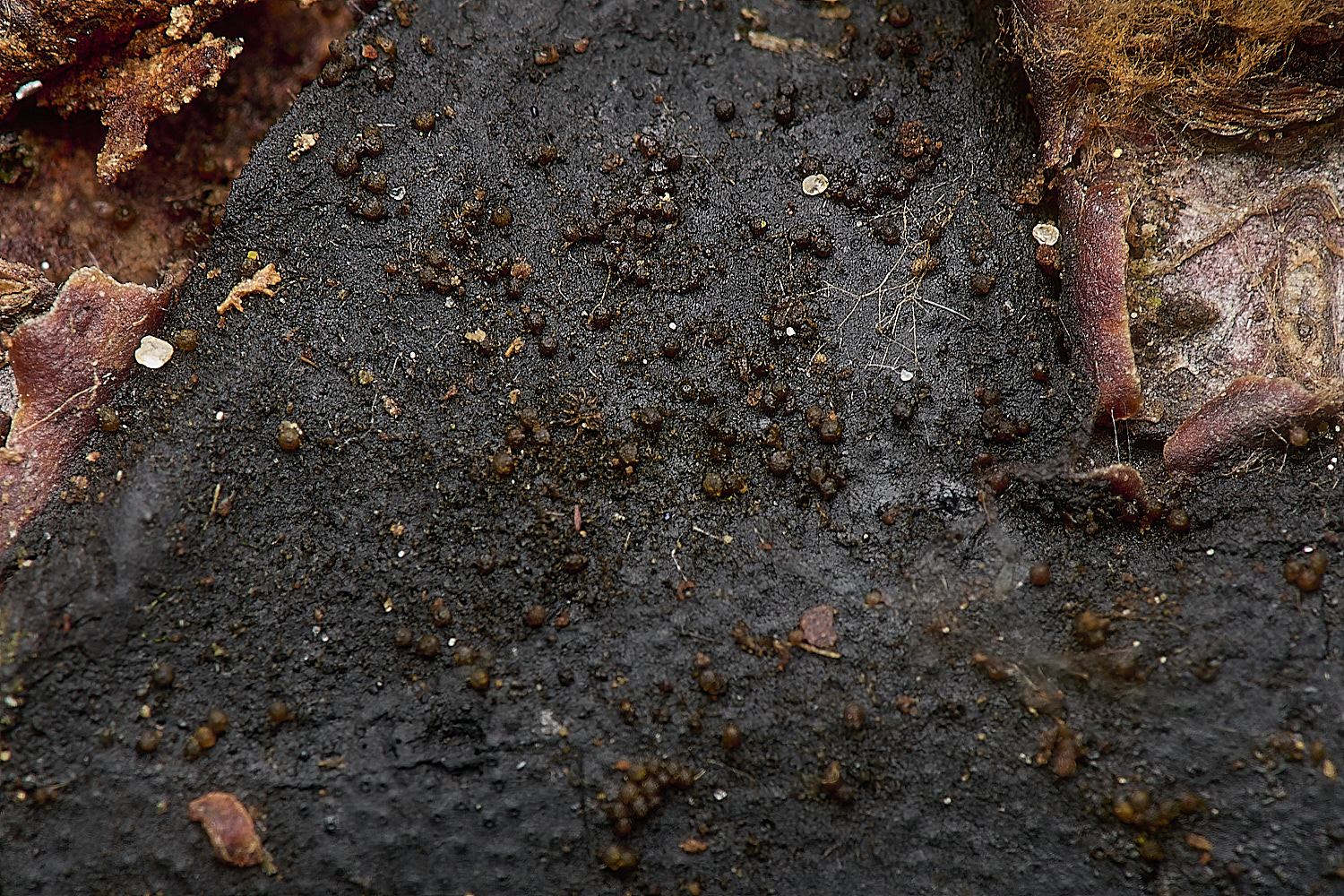
from Stewart
Tubeufia cerea on Diatrype disciformis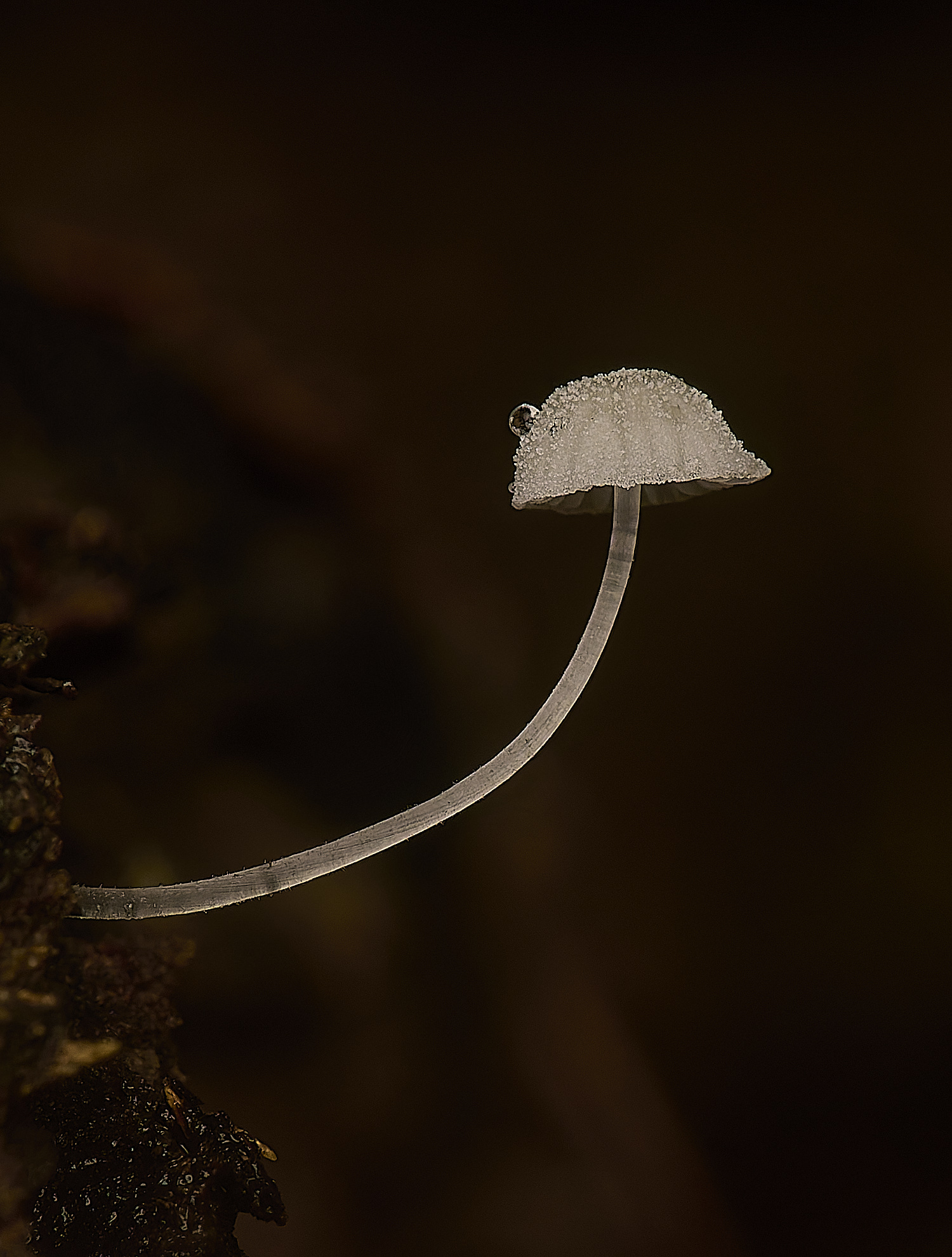
Dewdrop Bonnet (Hemimycena tortuosa)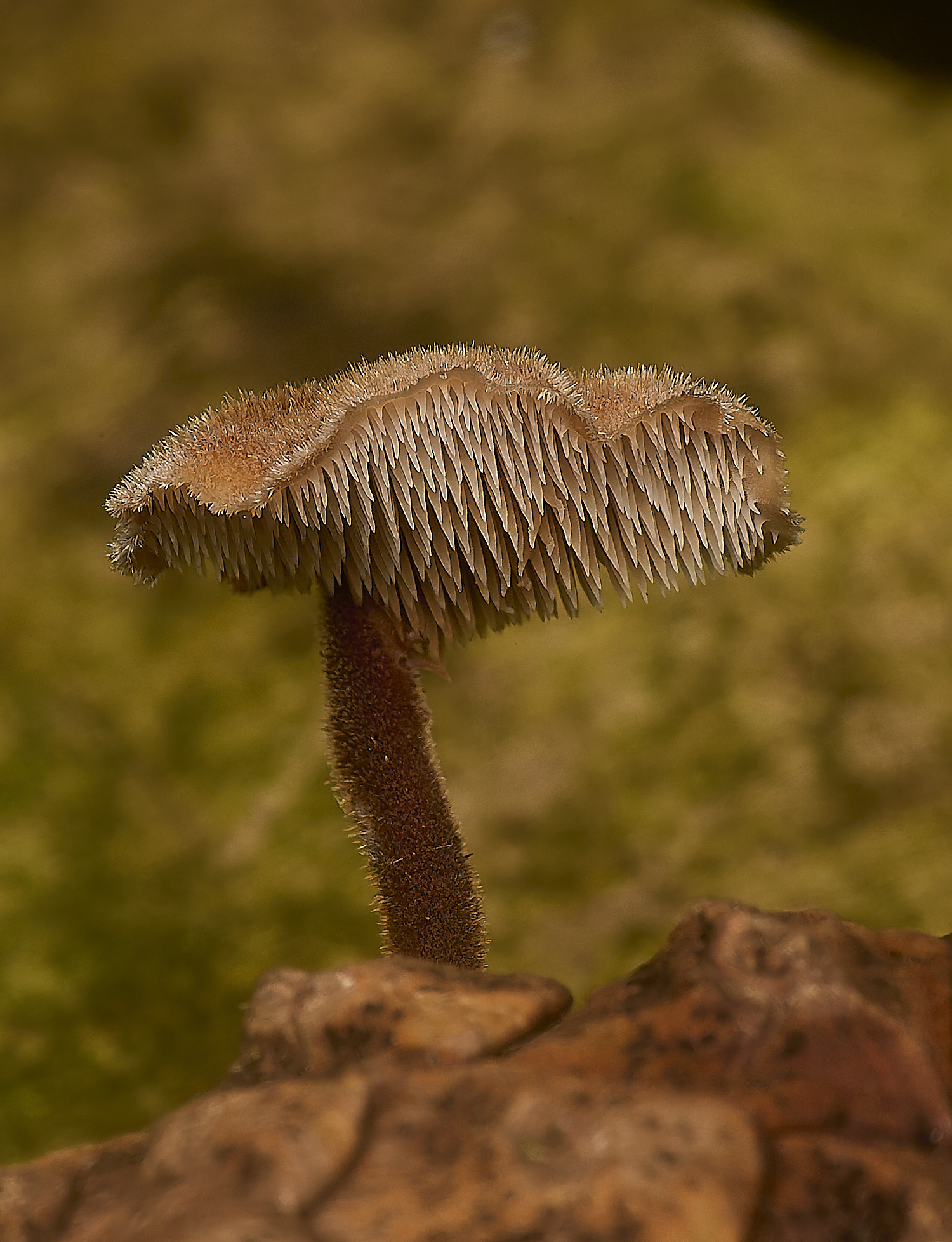
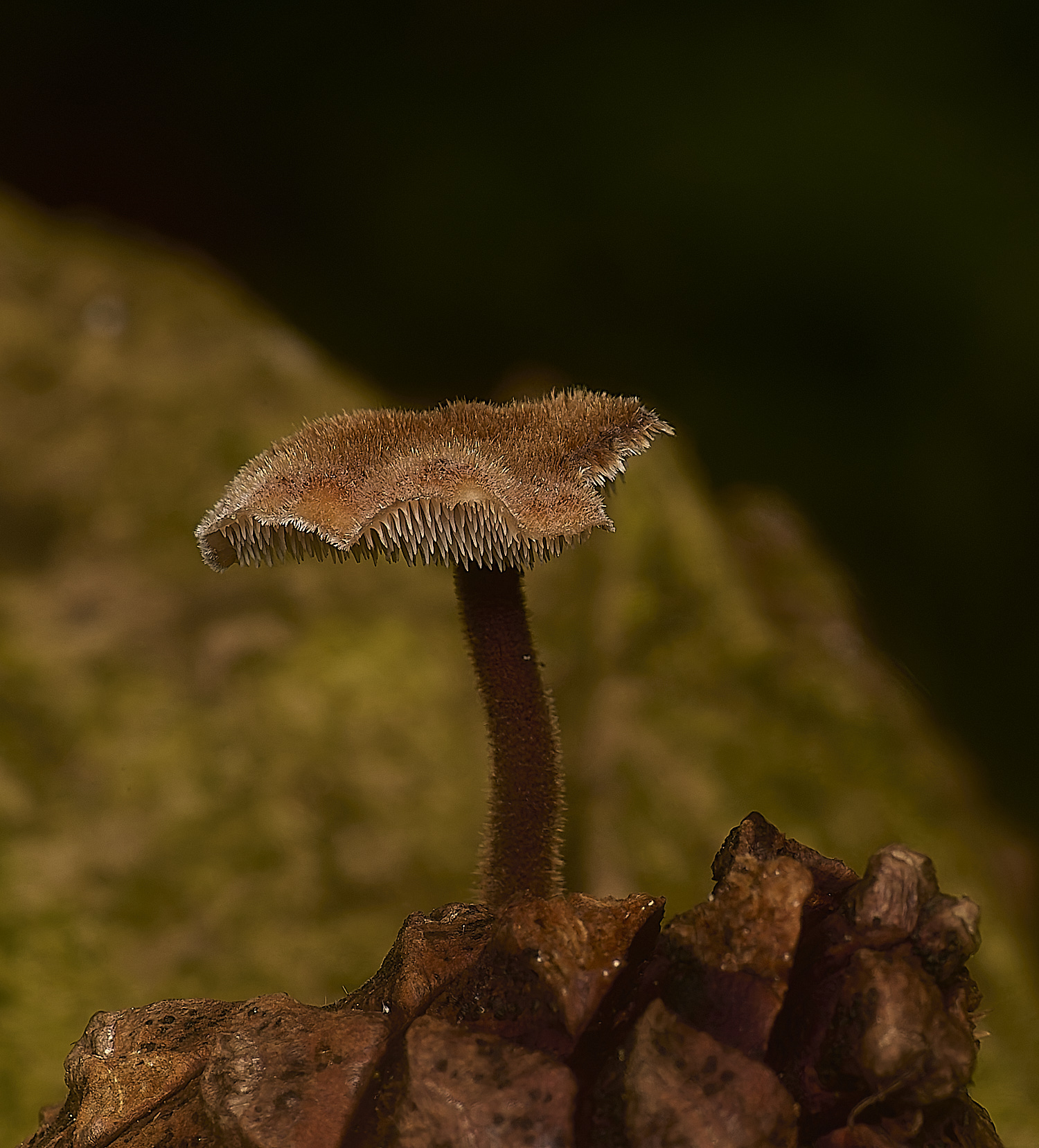
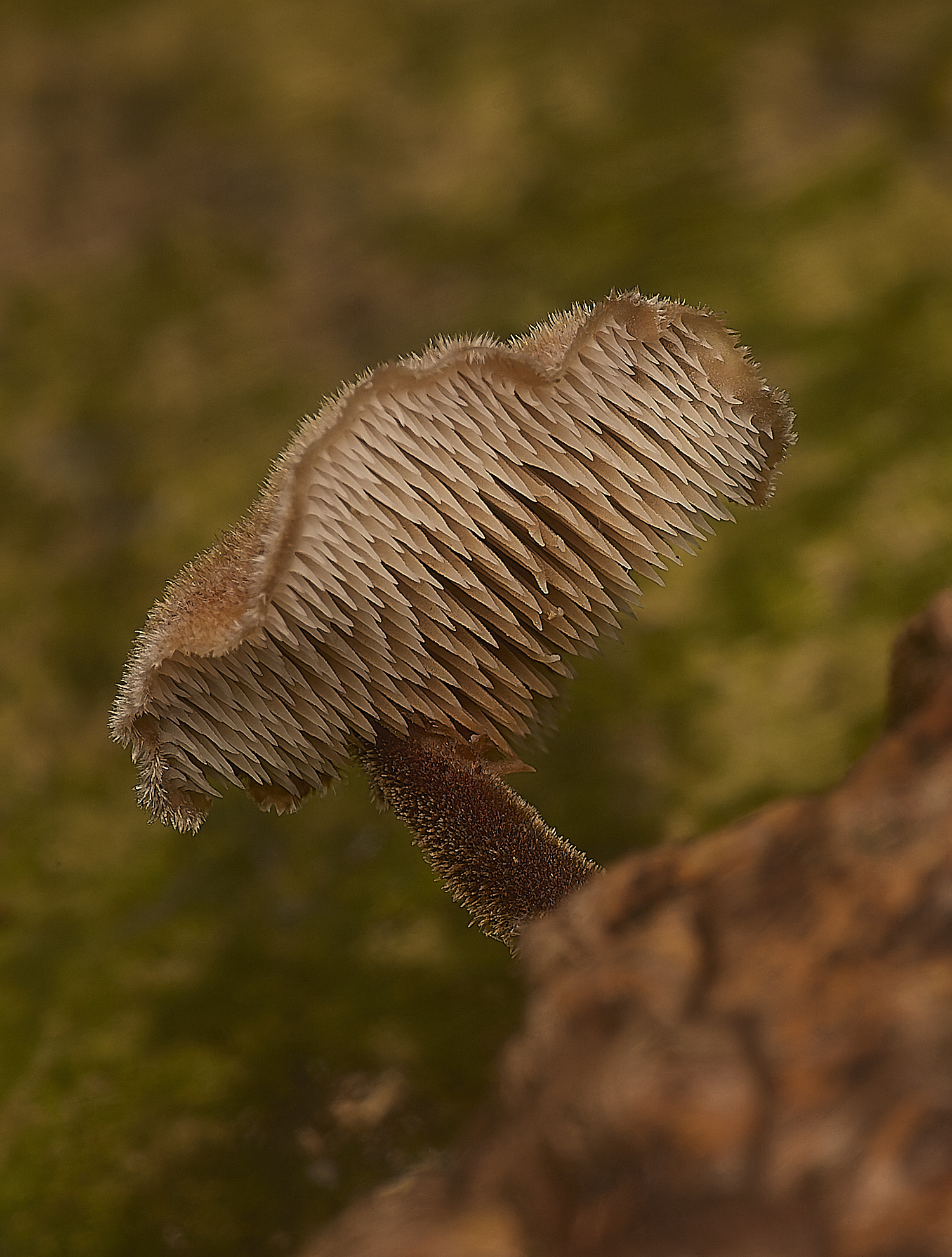
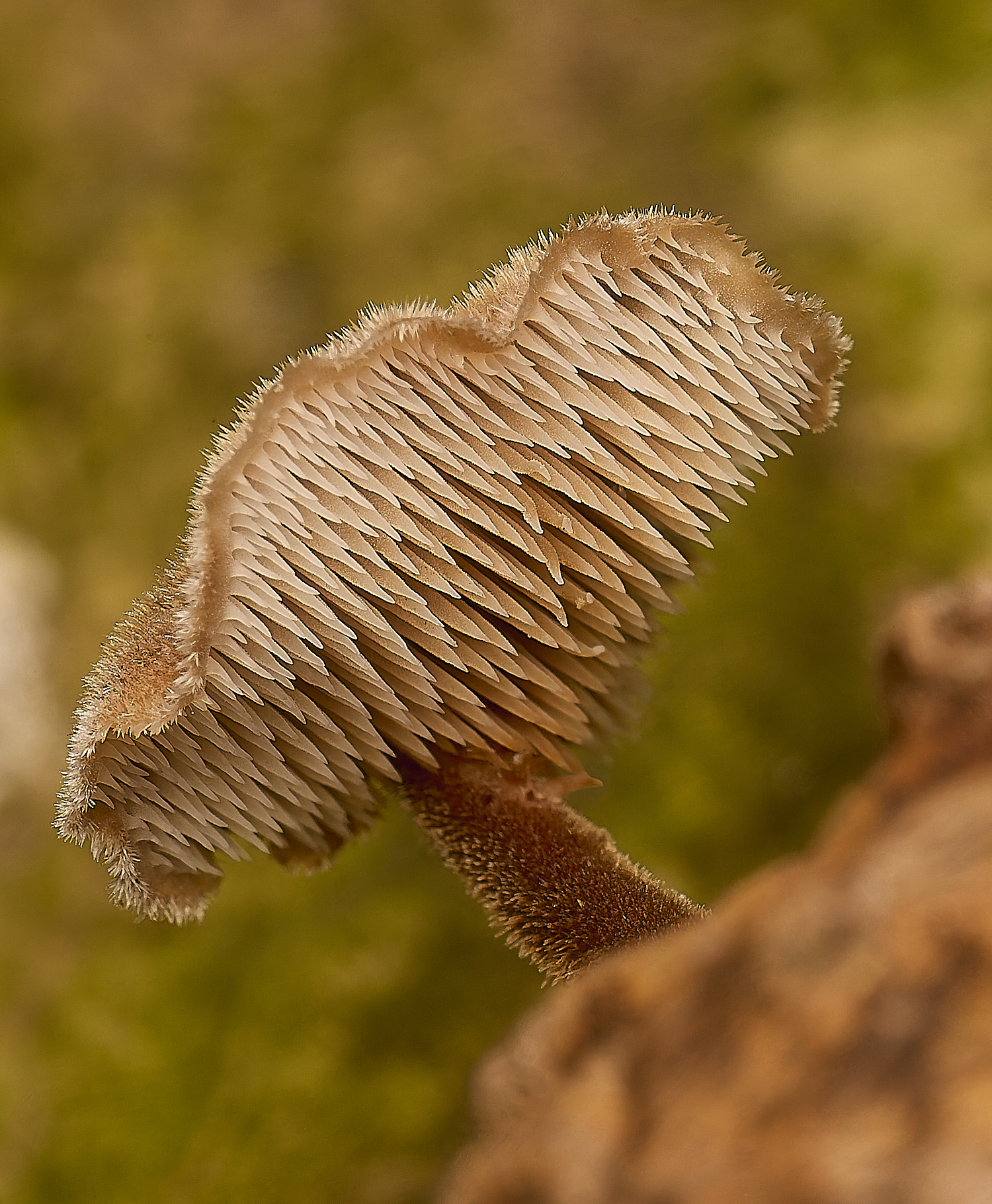
Earpick Fungus (Auriscalpium vulgare)
Ectodemia quiquella on Oak (Quercus robur)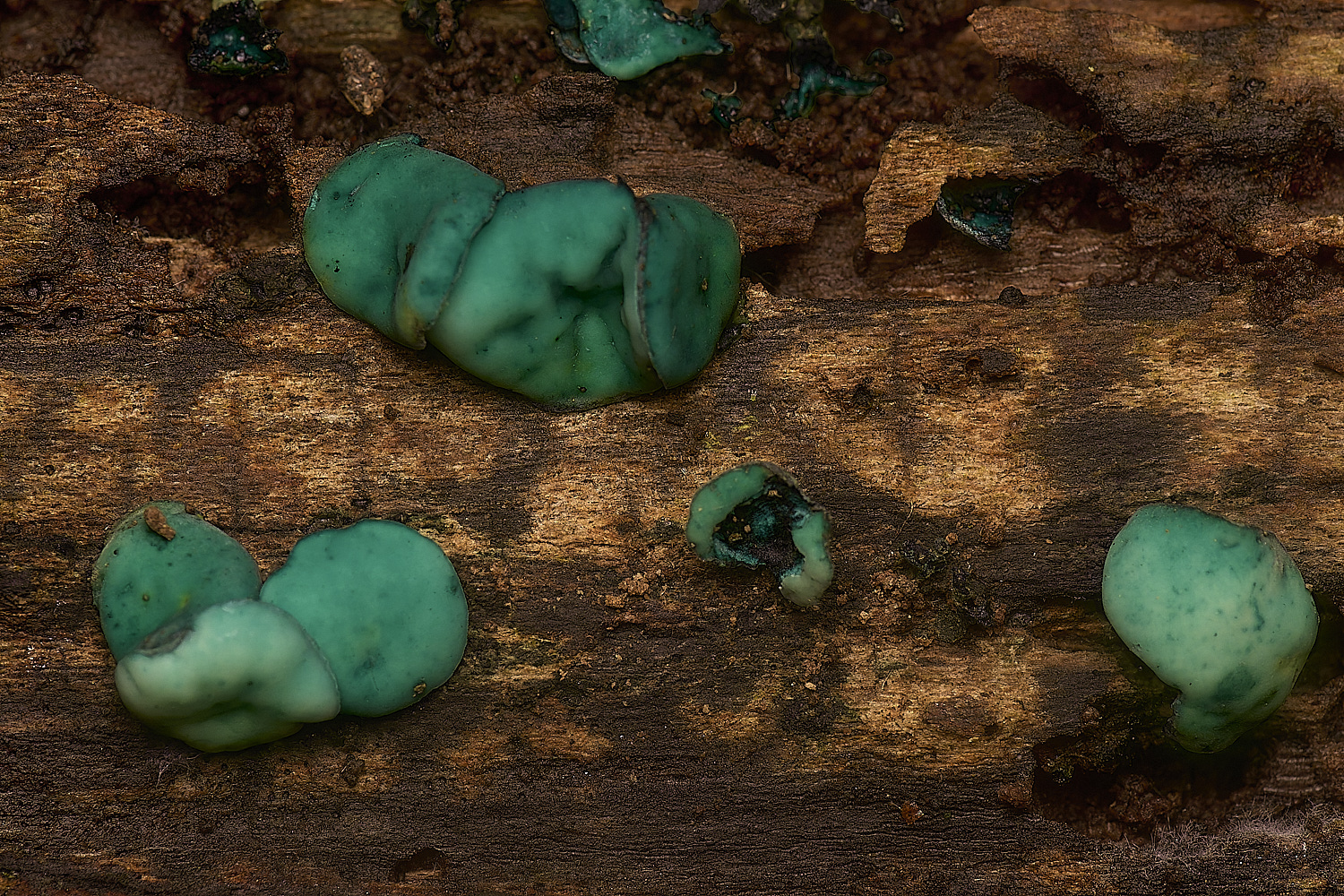

Green Elf Cup (Chlorociboria aeruginascens)
Eyelash Fungus Sp (Scutellinia Sp)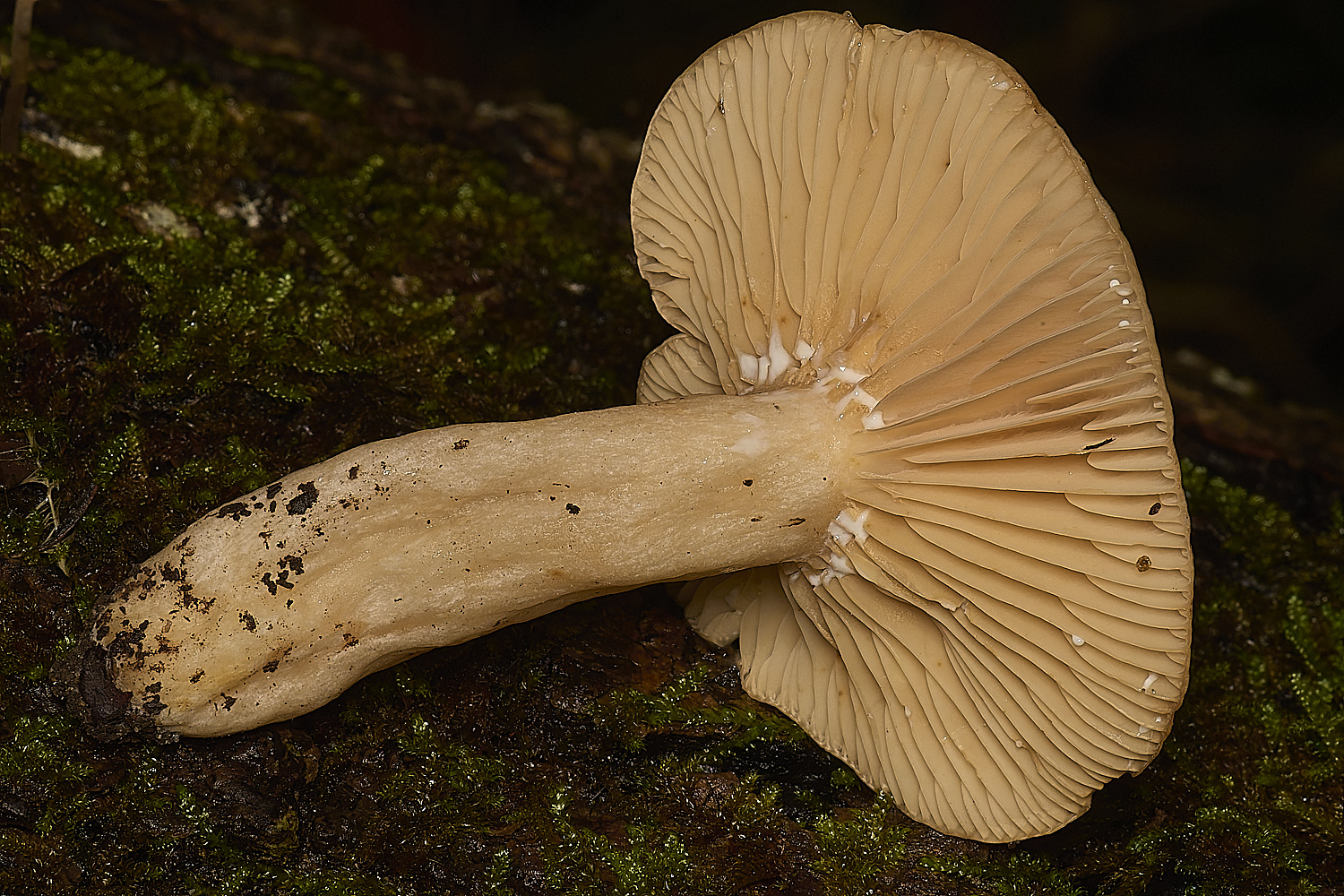
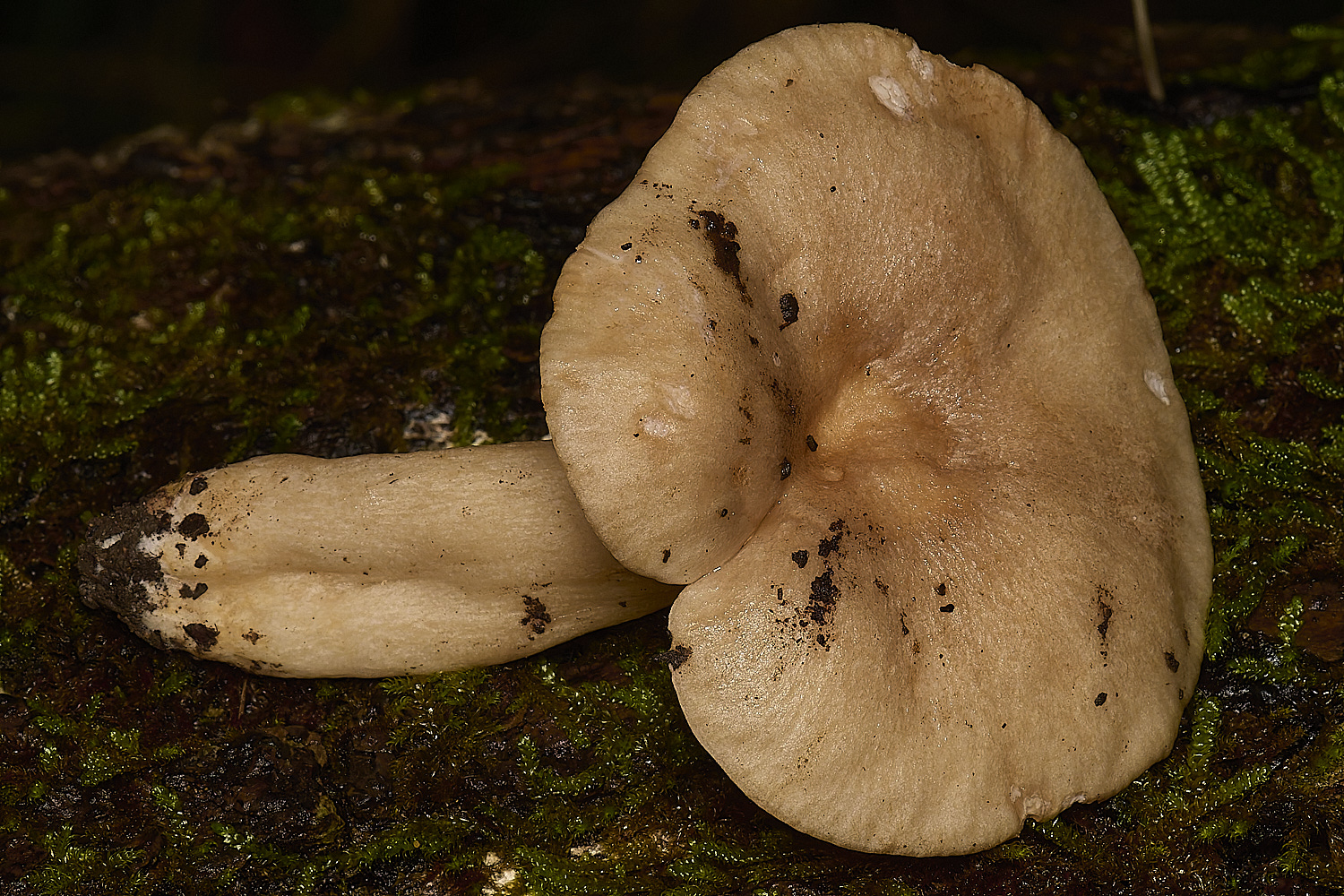
Fiery Milkcap (Lactarius pyrogalus)
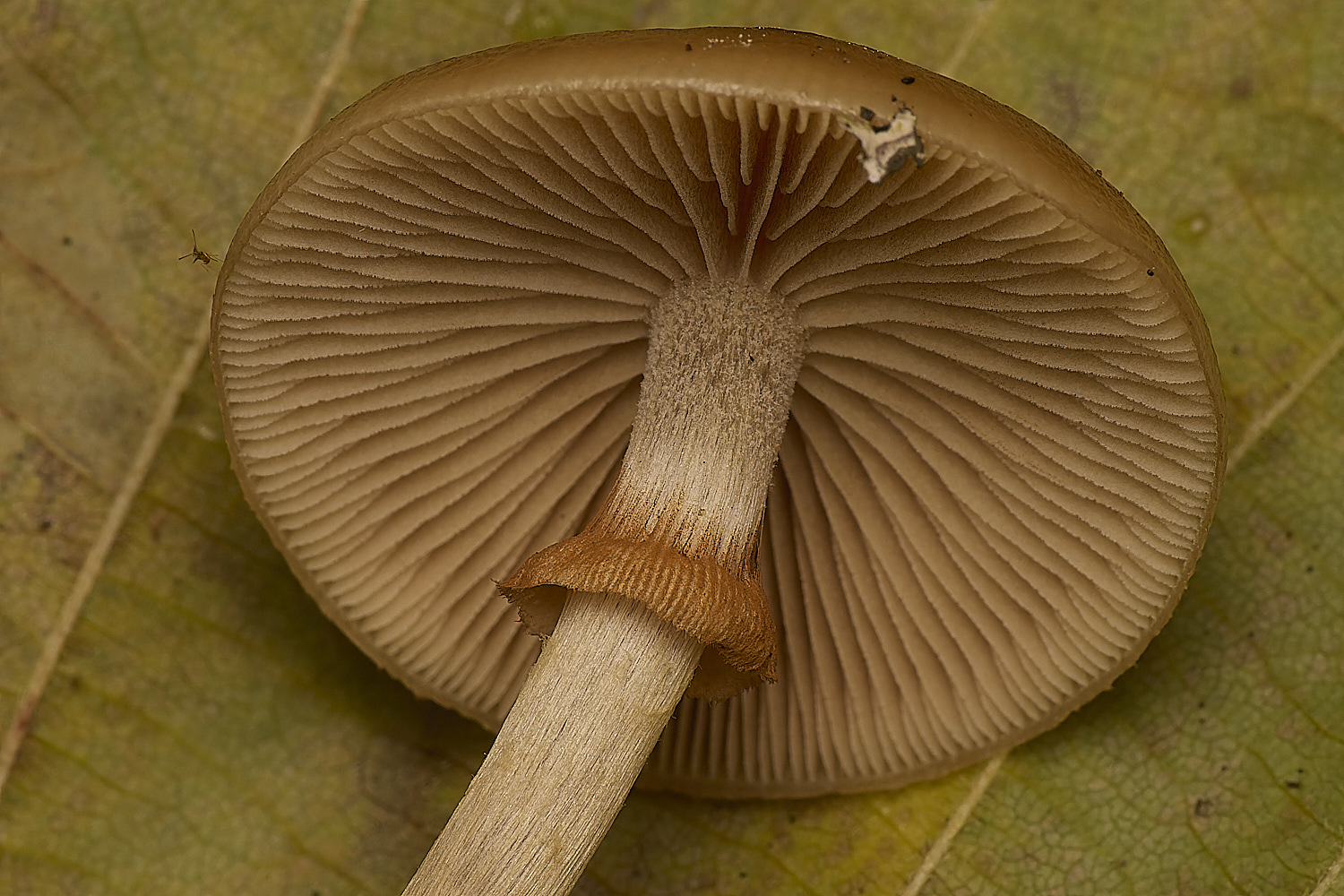

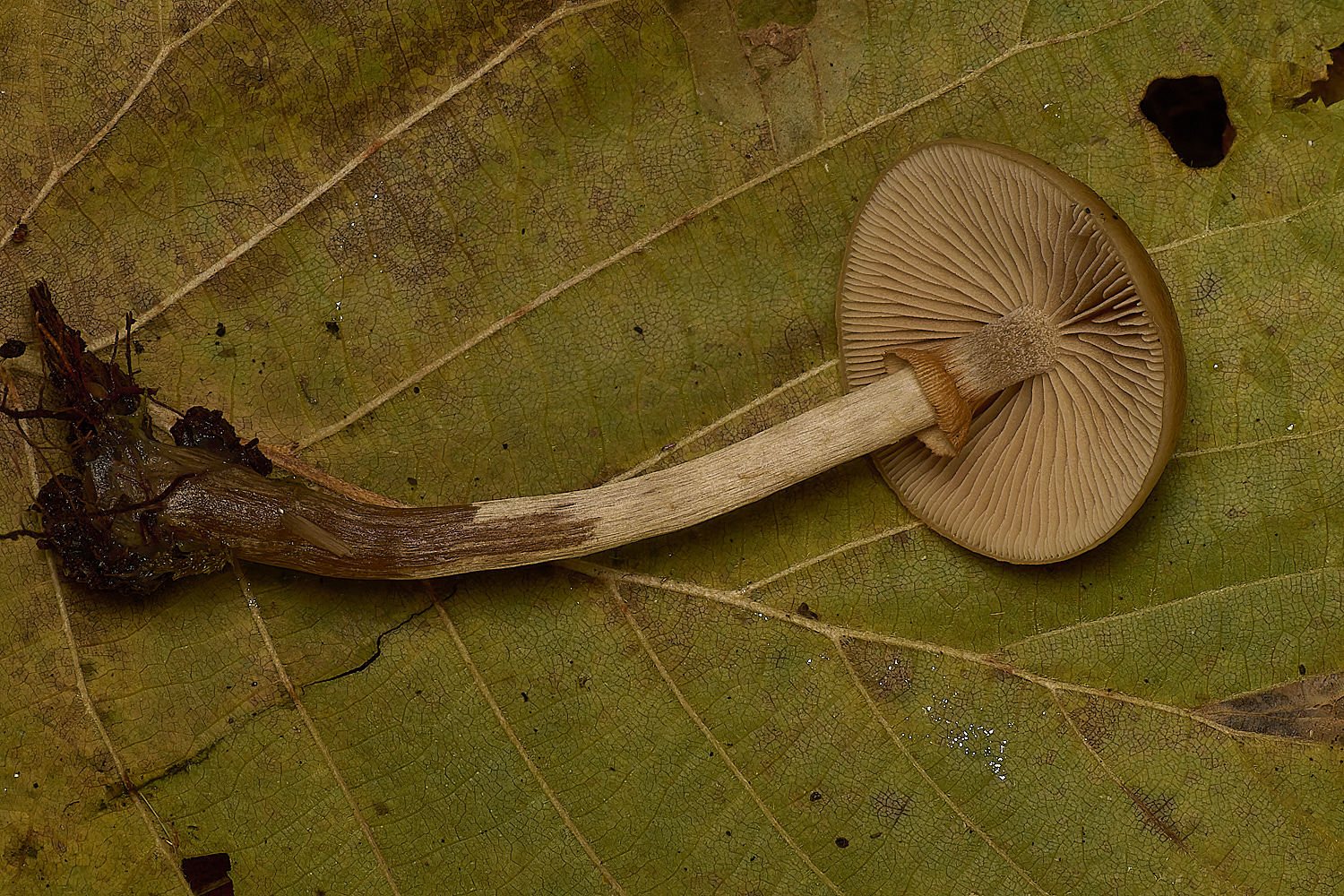
From Tony
The bell found by Ian S. turned out to be Galerina cephalotricha with very distinctively shaped cheilocystidia
(flask shaped with capitate apices; some misleadingly with an incrusted collar = G. lacustris) and slightly
ornamented spores with a weak plage measuring 8.6x5.2. NB the measured spore length (n-15)
was slightly smaller than Kibby's stated range but just within FN1. Ref: FN1 and Kibby Vol 3.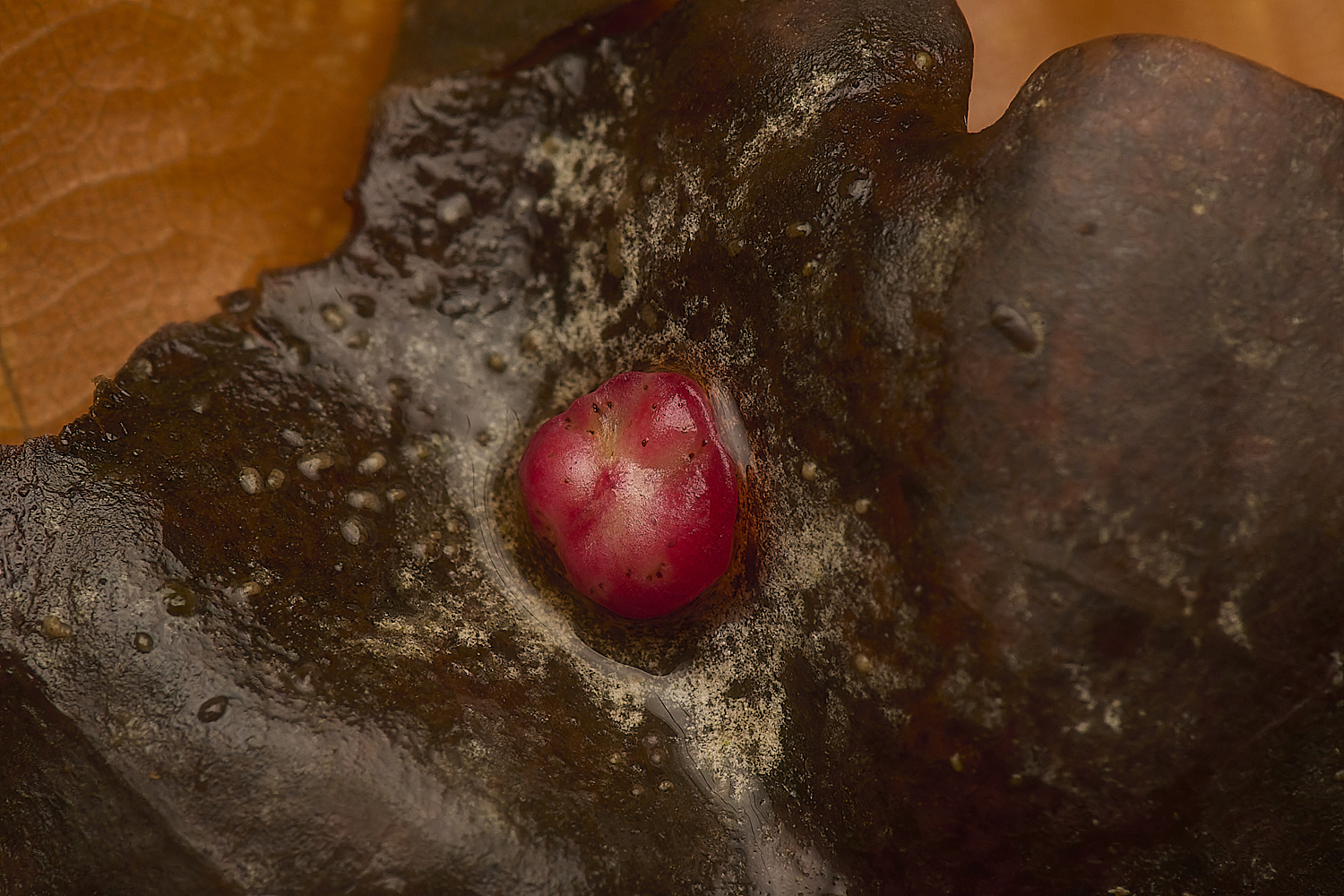
Gall Sp?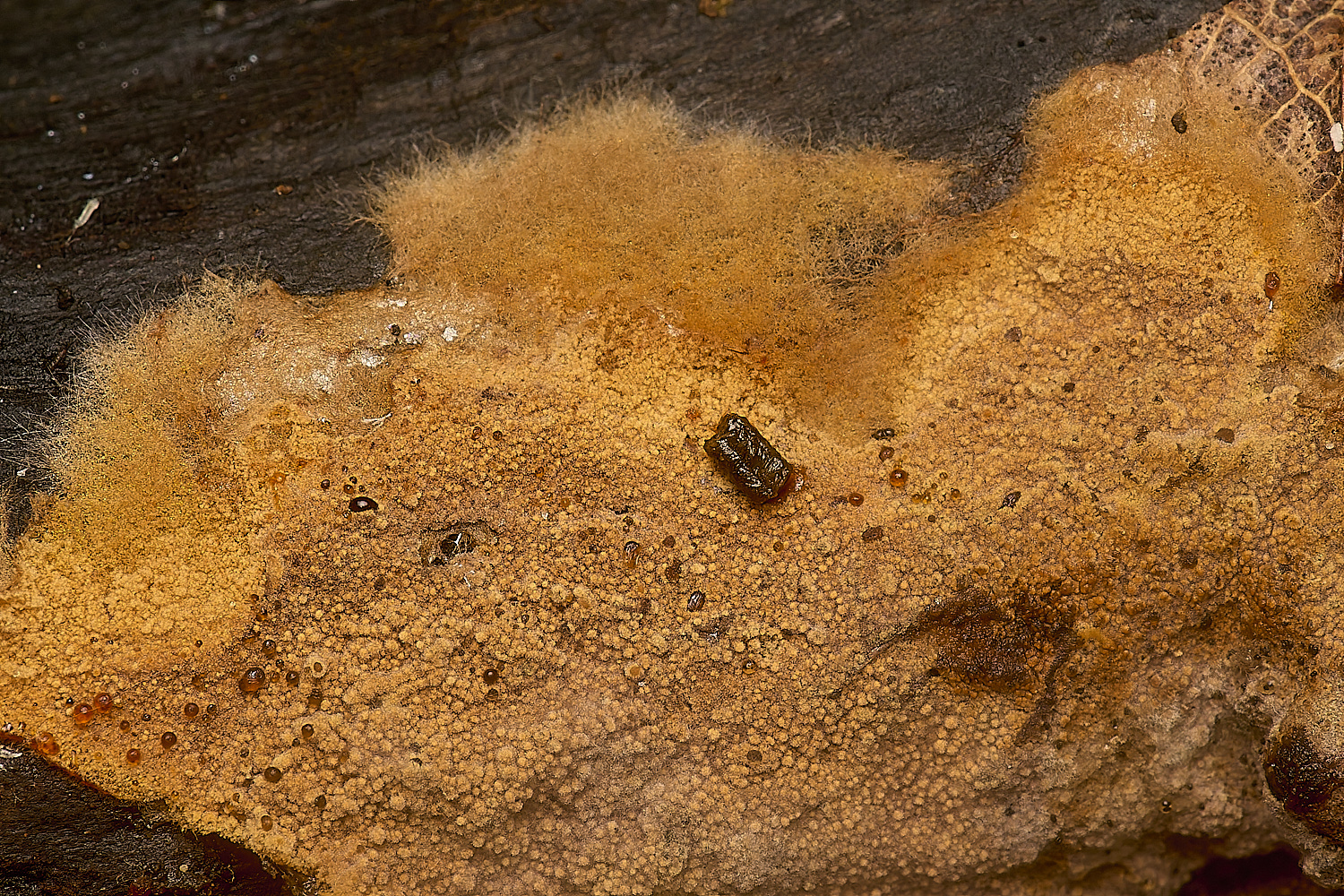
Crust Fungus Sp?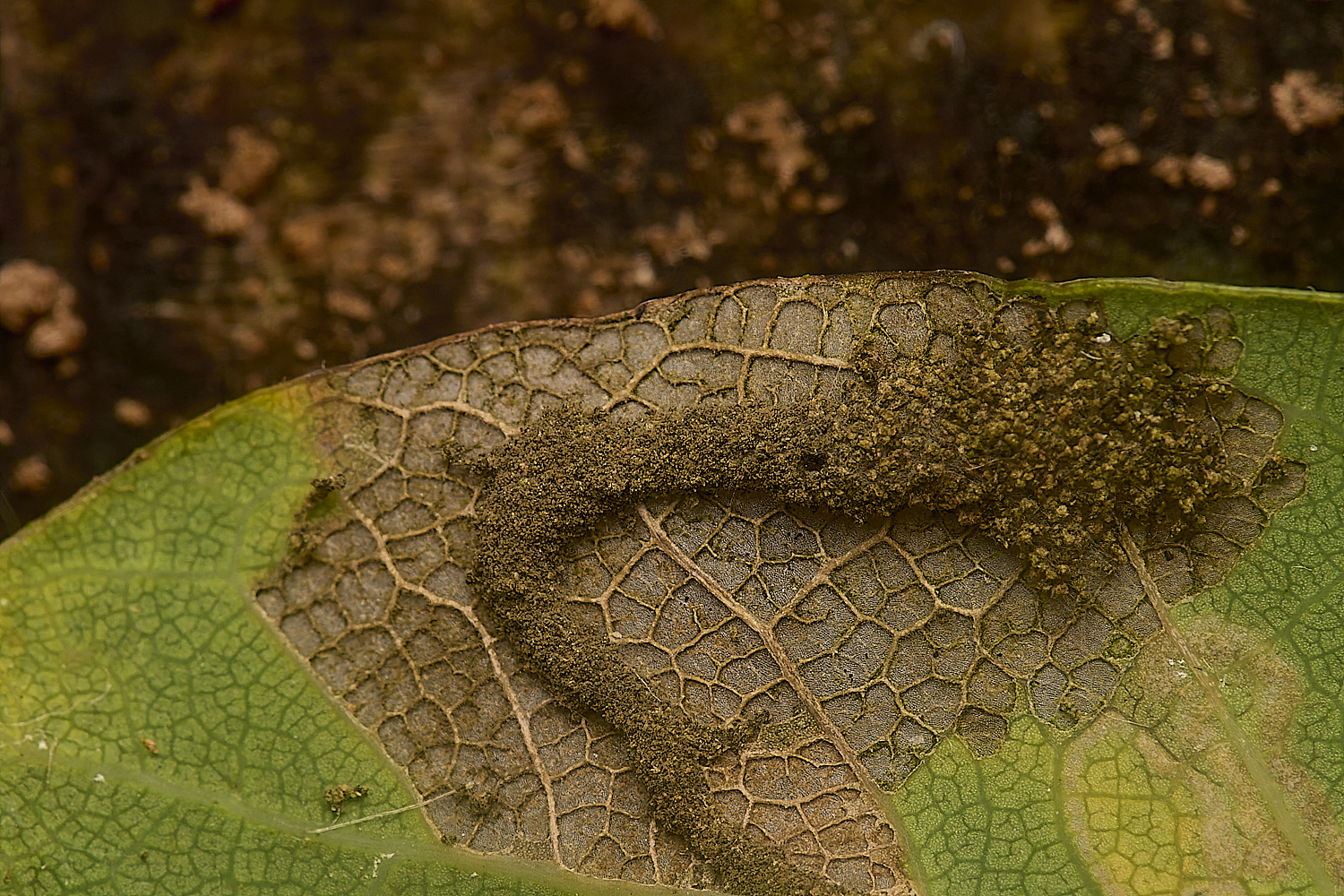
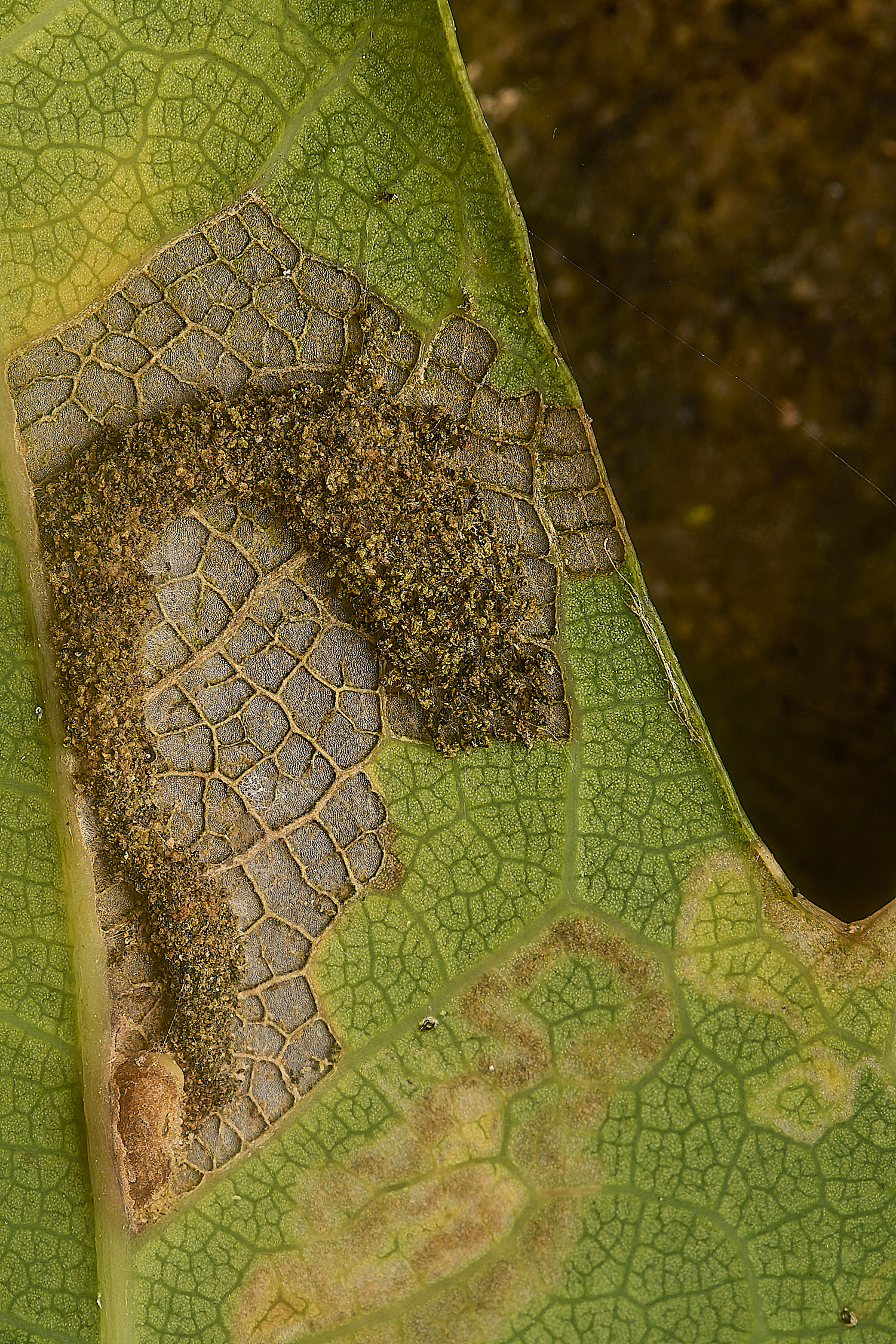
Extraordinary amount of frass for such a small area of browsing.
Gypsonoma dealbana
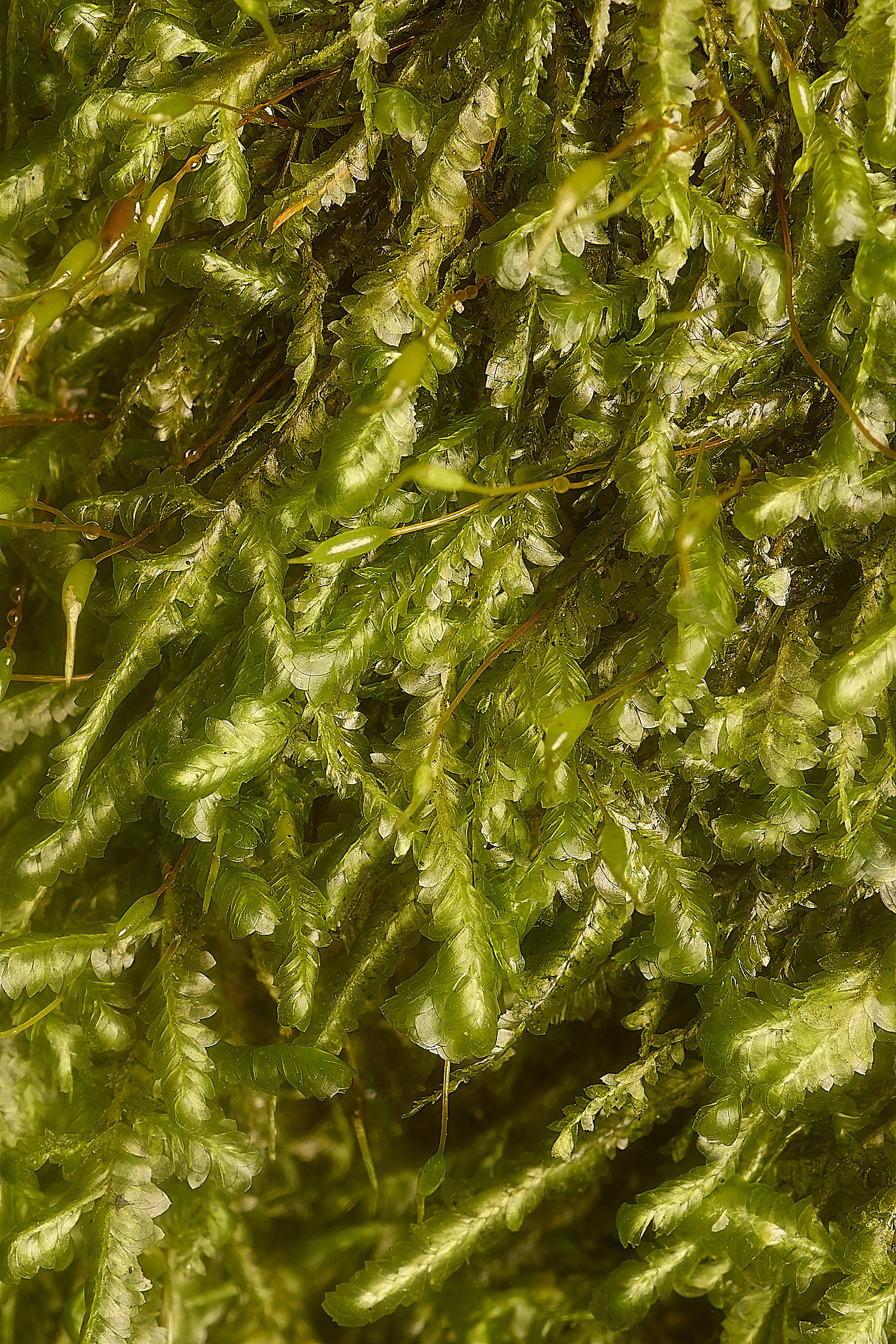
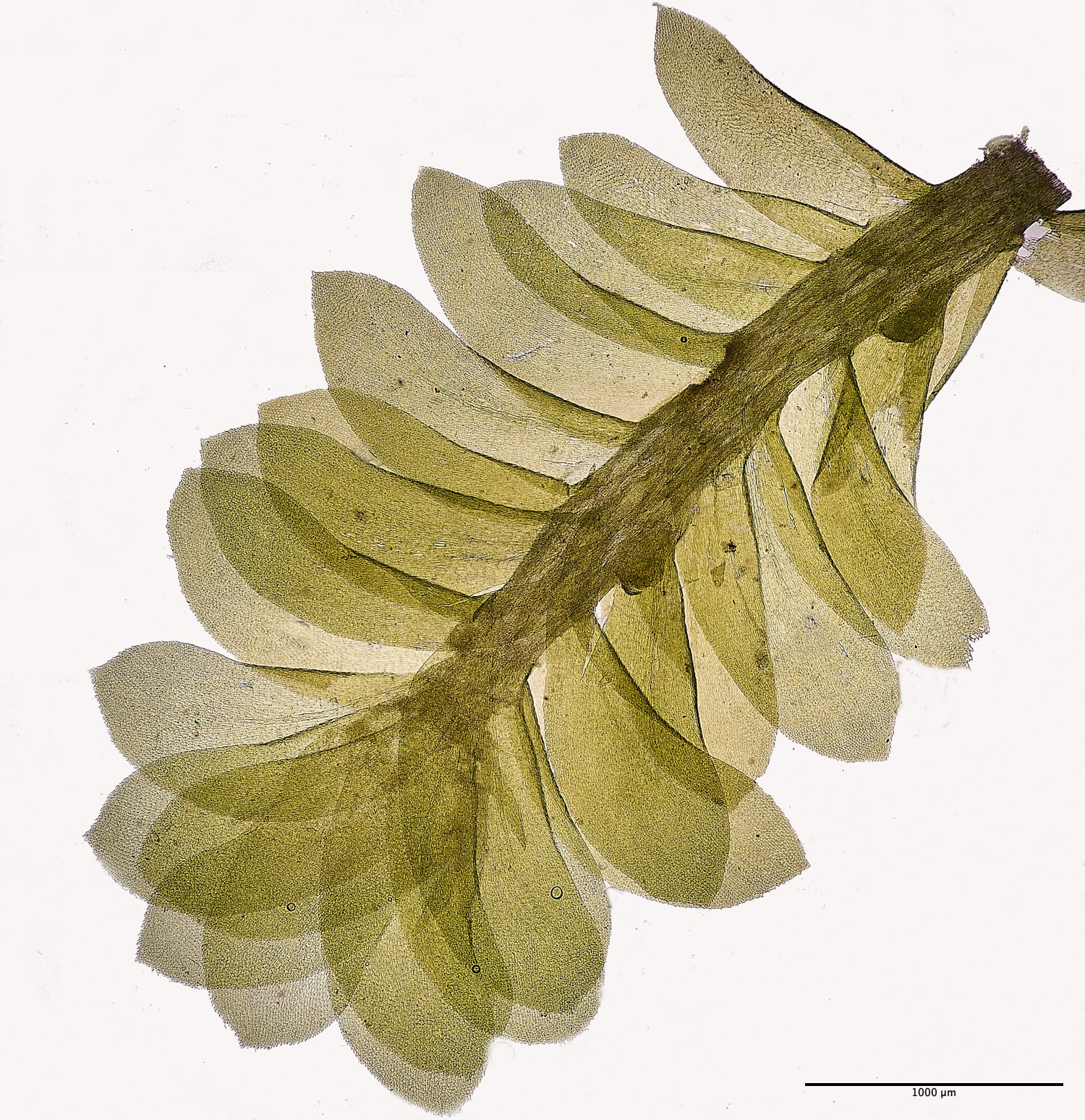
x40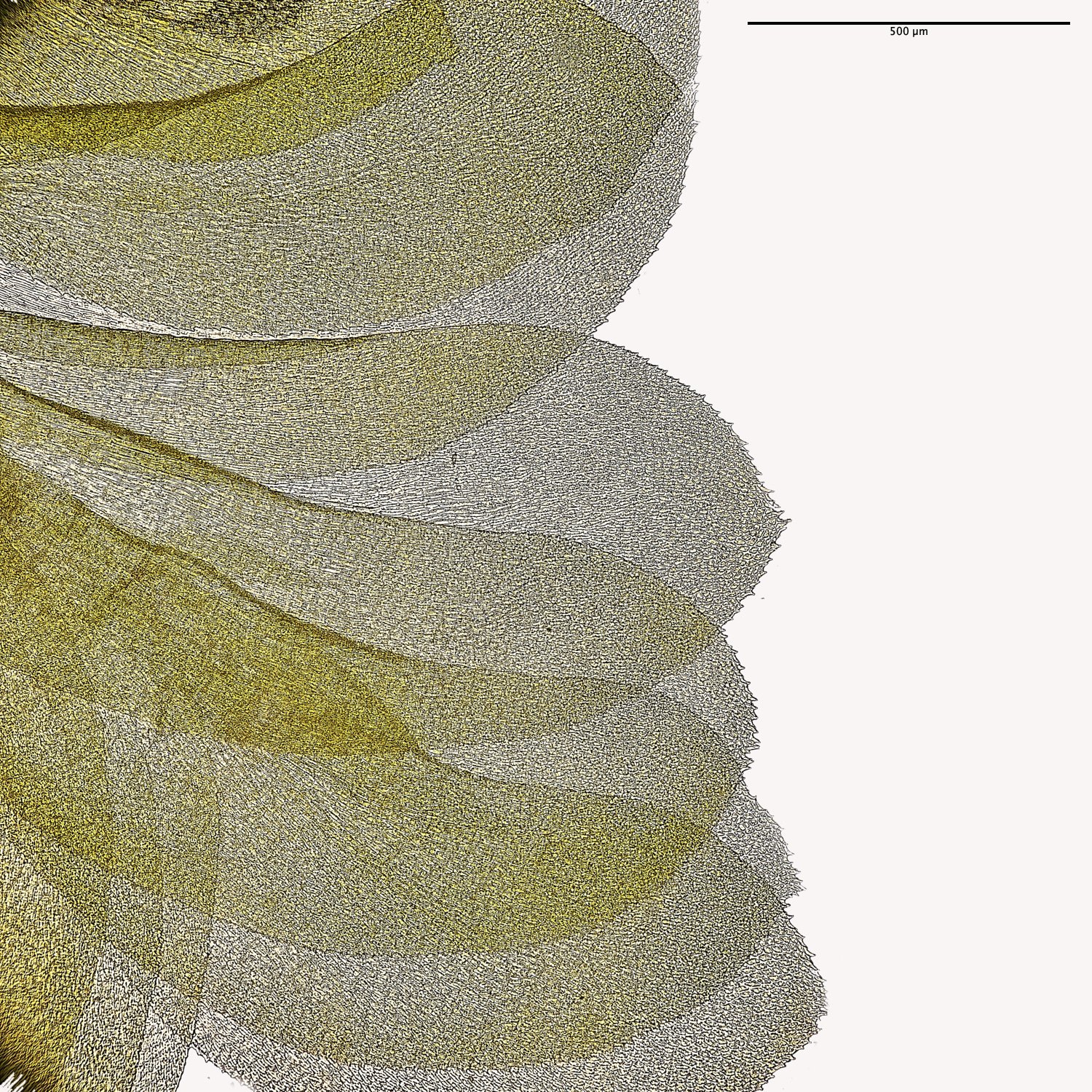
x100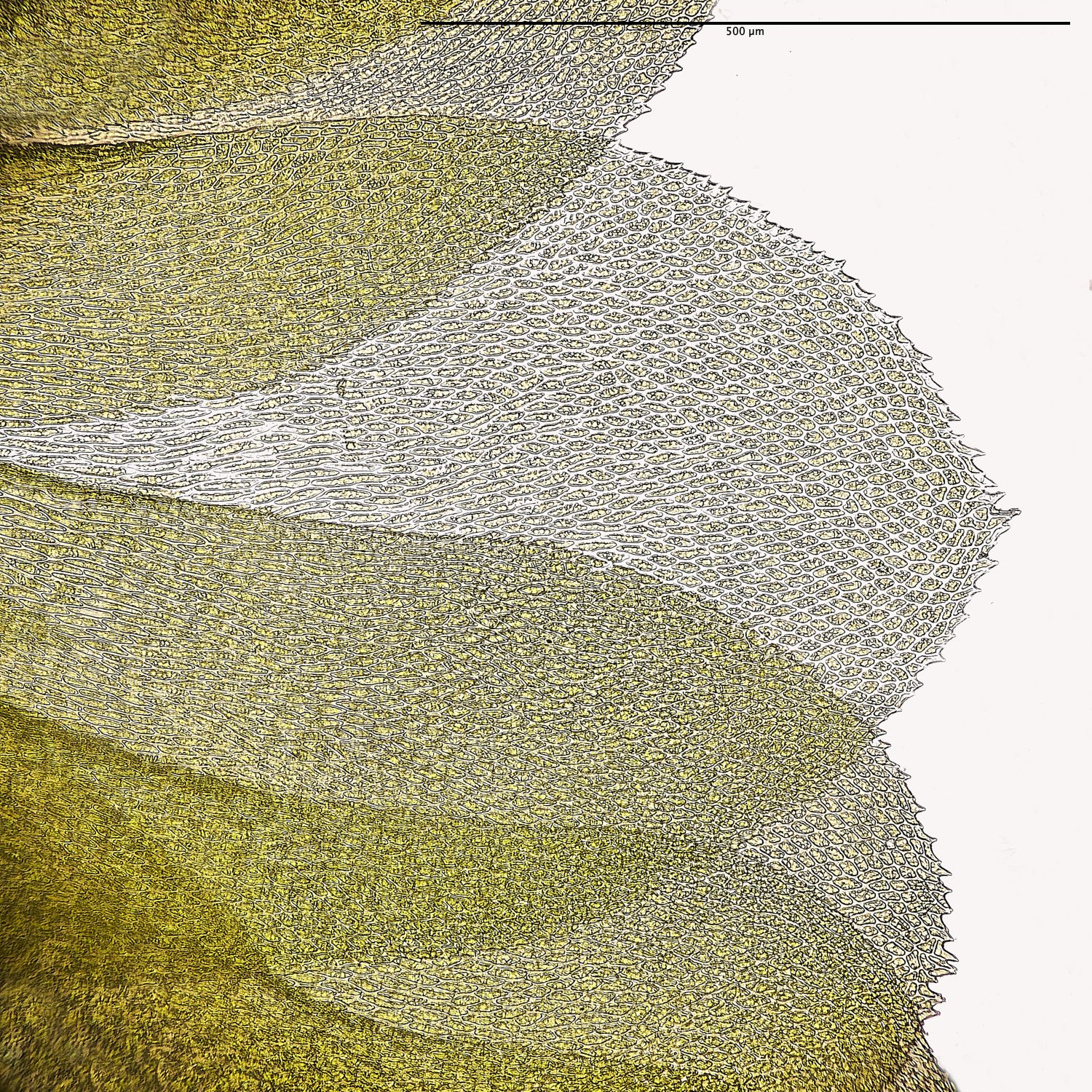
x200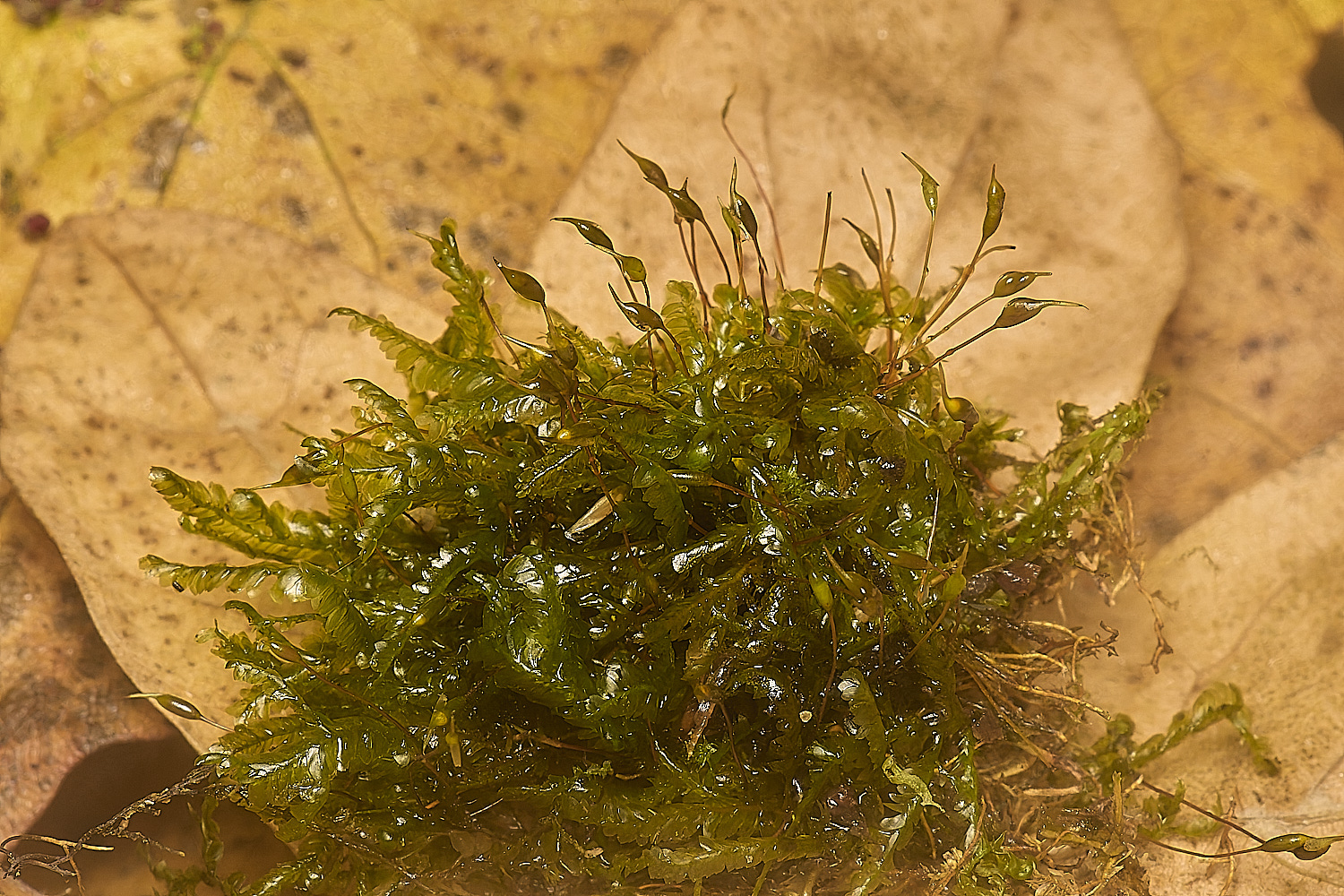
Blunt feather-moss (Homalia trichomanoides) fruiting
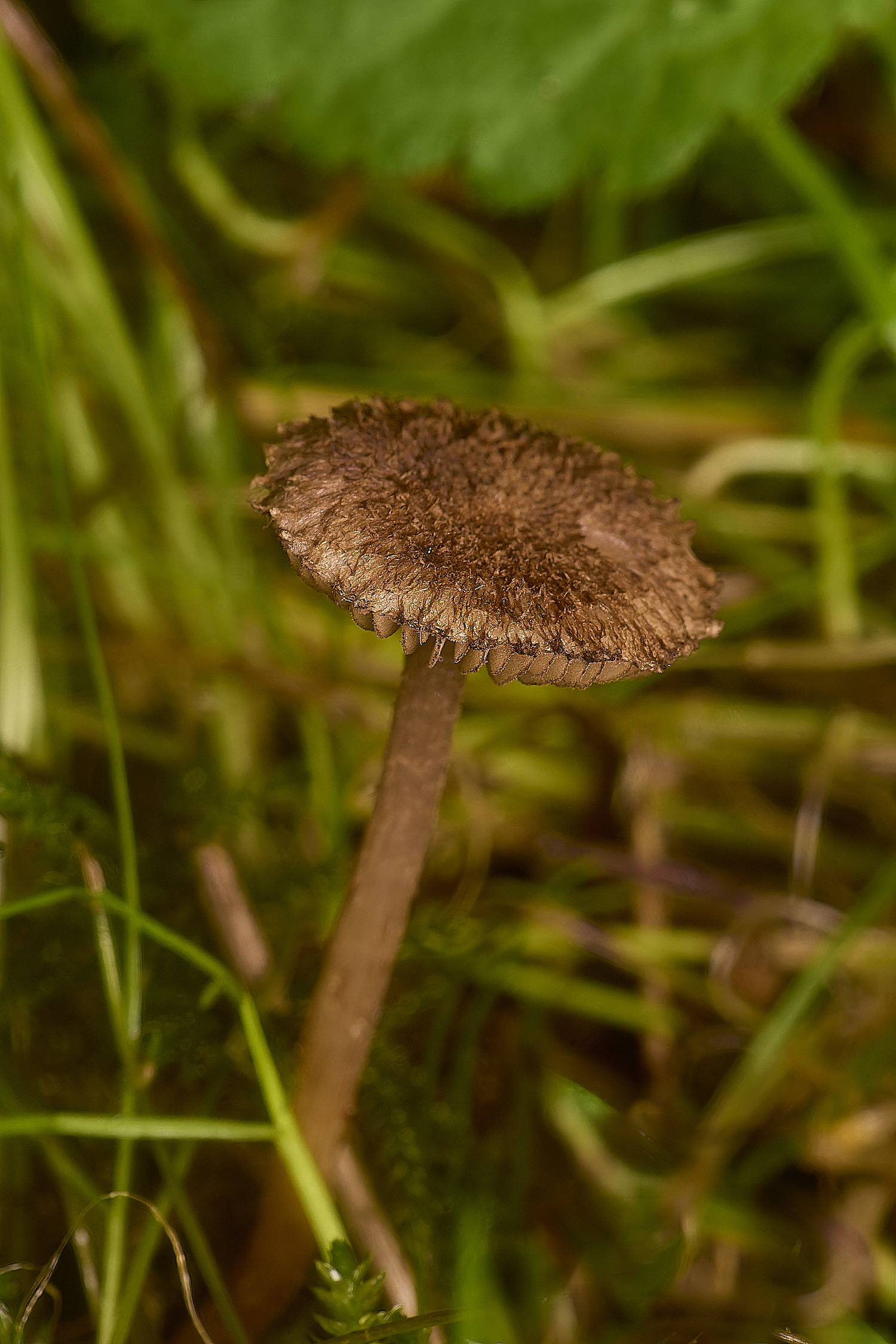
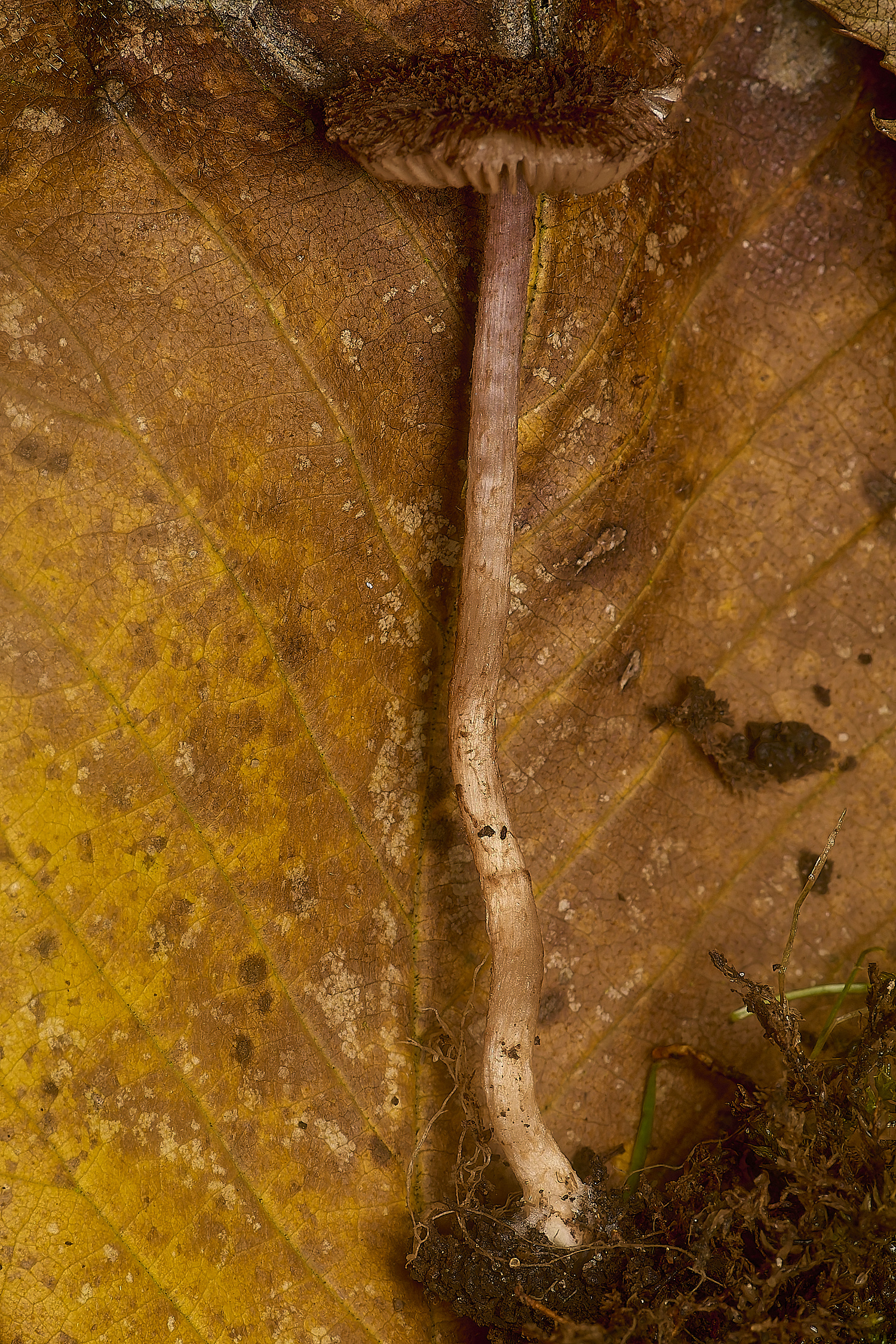
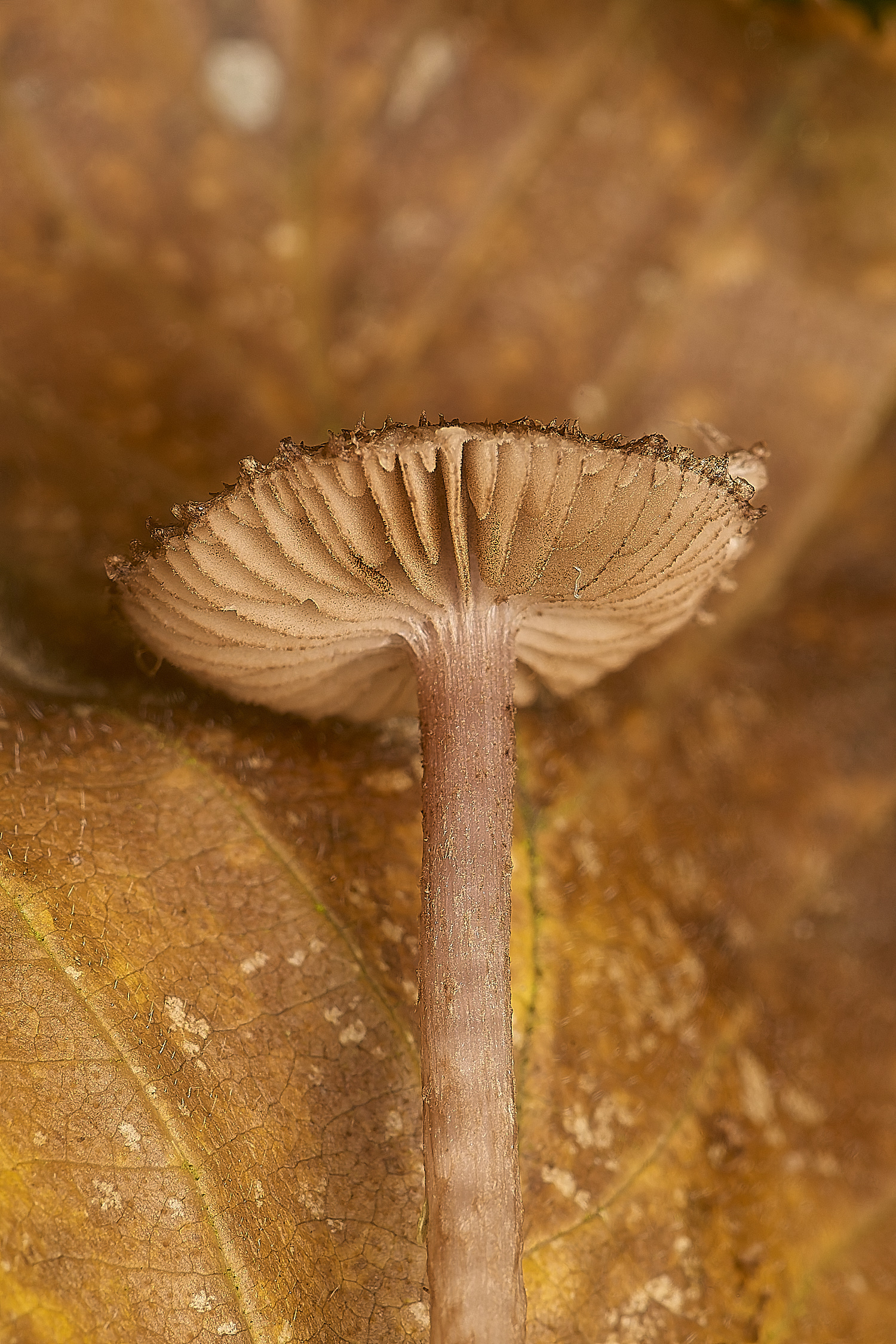
From Tony
The scaly-topped, small brown fibrecap found near our lunch spot (found by ?) turned out to be Inocybe cincinnata
(however hard I tried I couldn't string it to I. obscuroides!) Ref: Kibby Vol 4 and Outen/Cullington Key 2015. 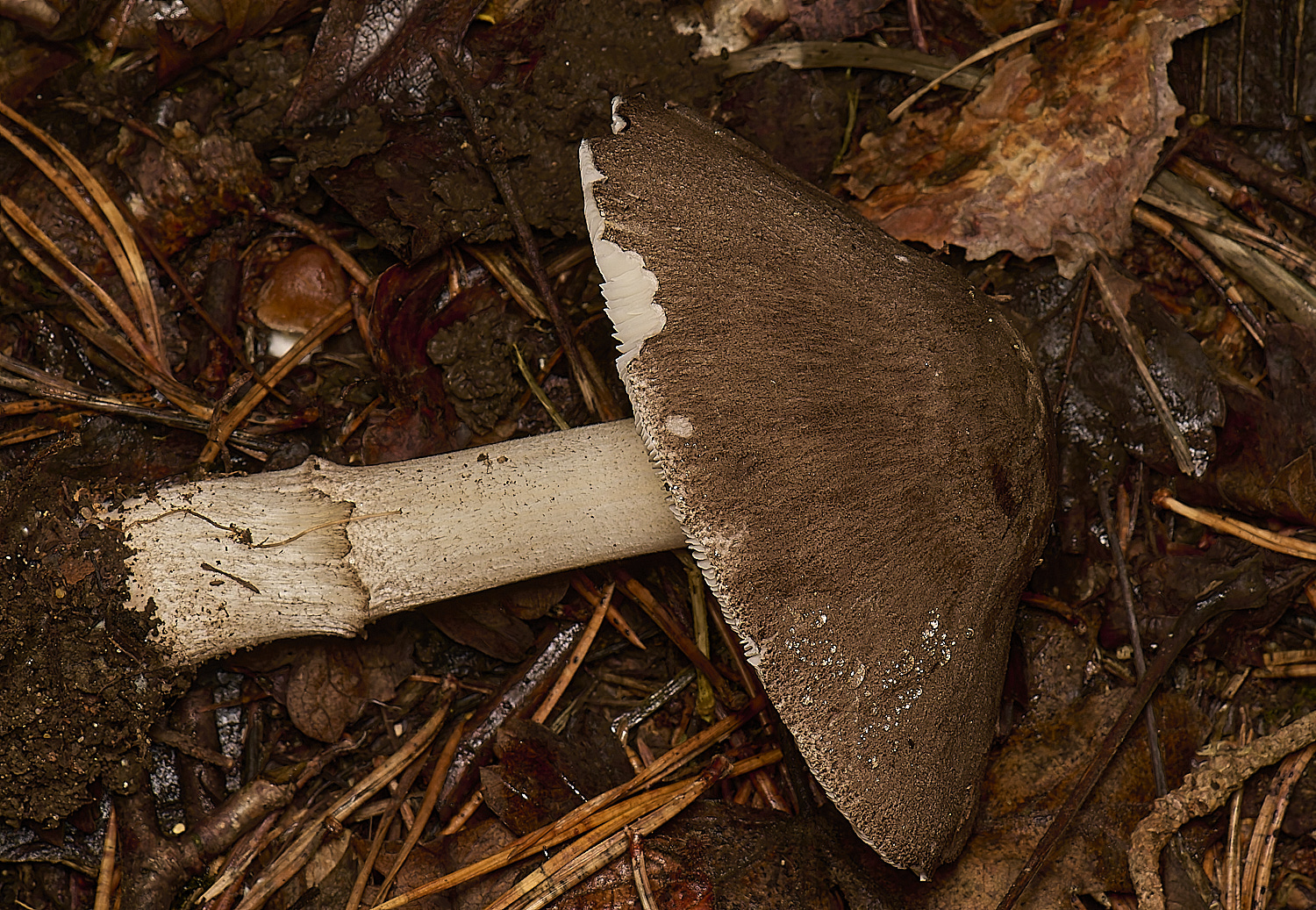
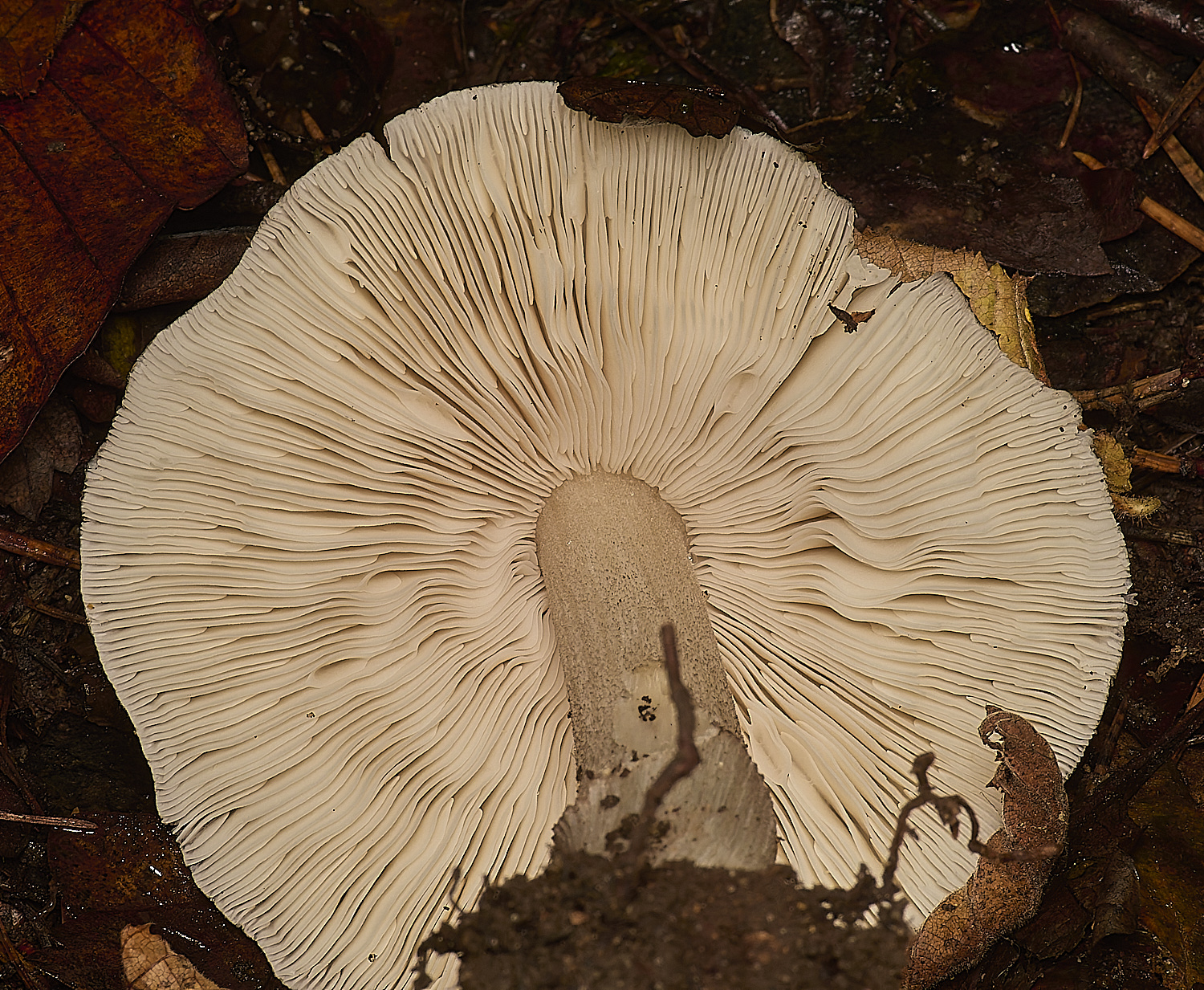
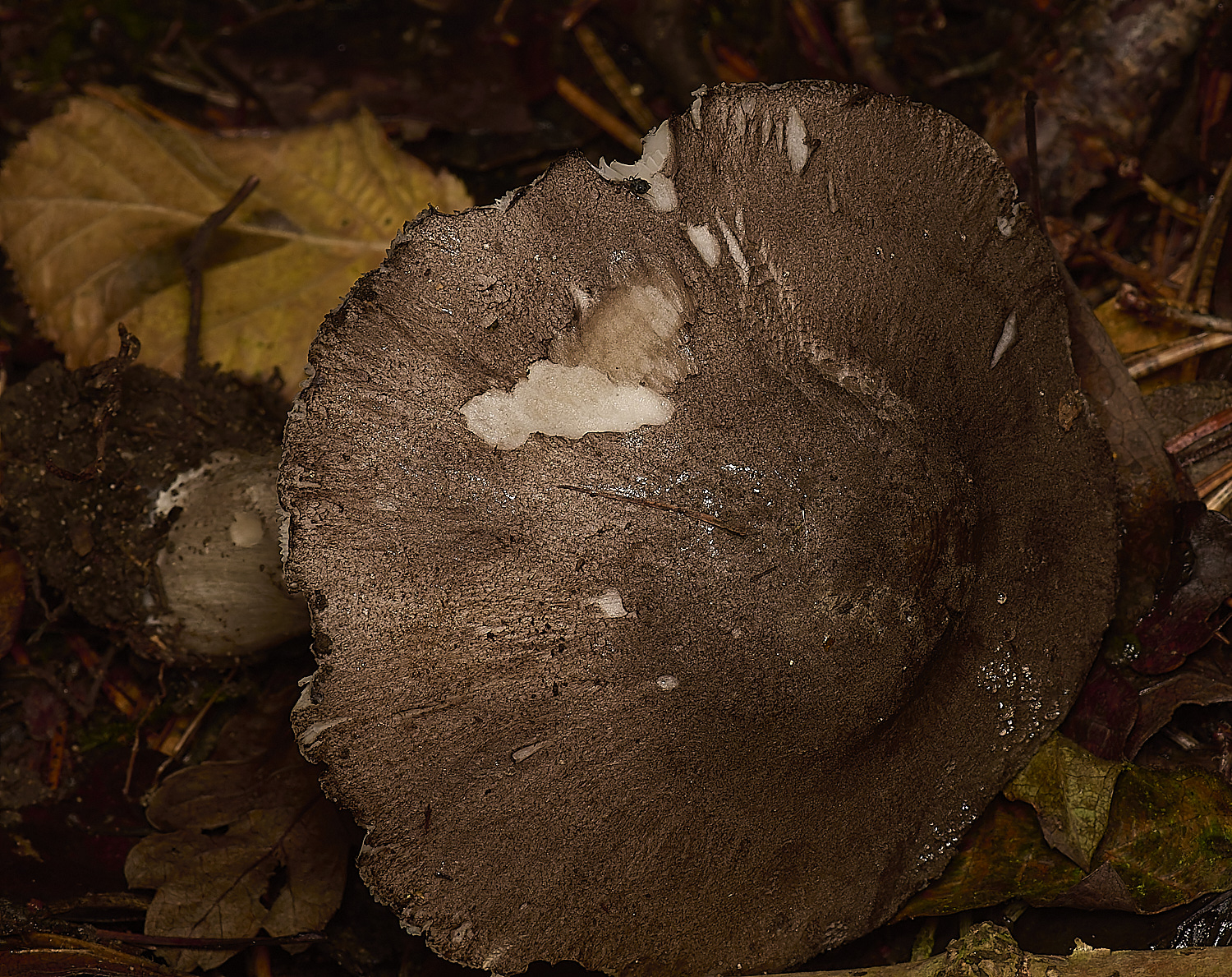
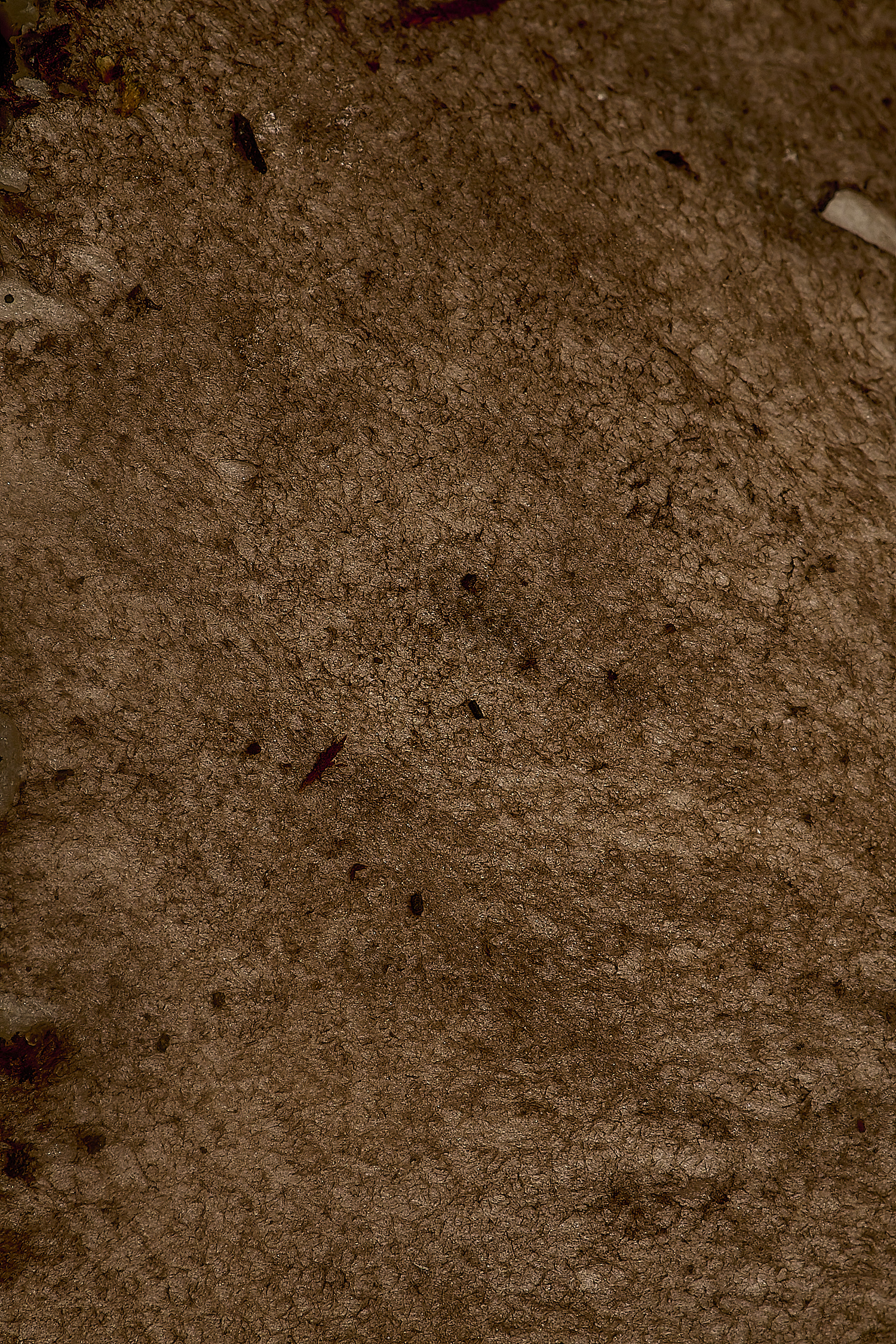
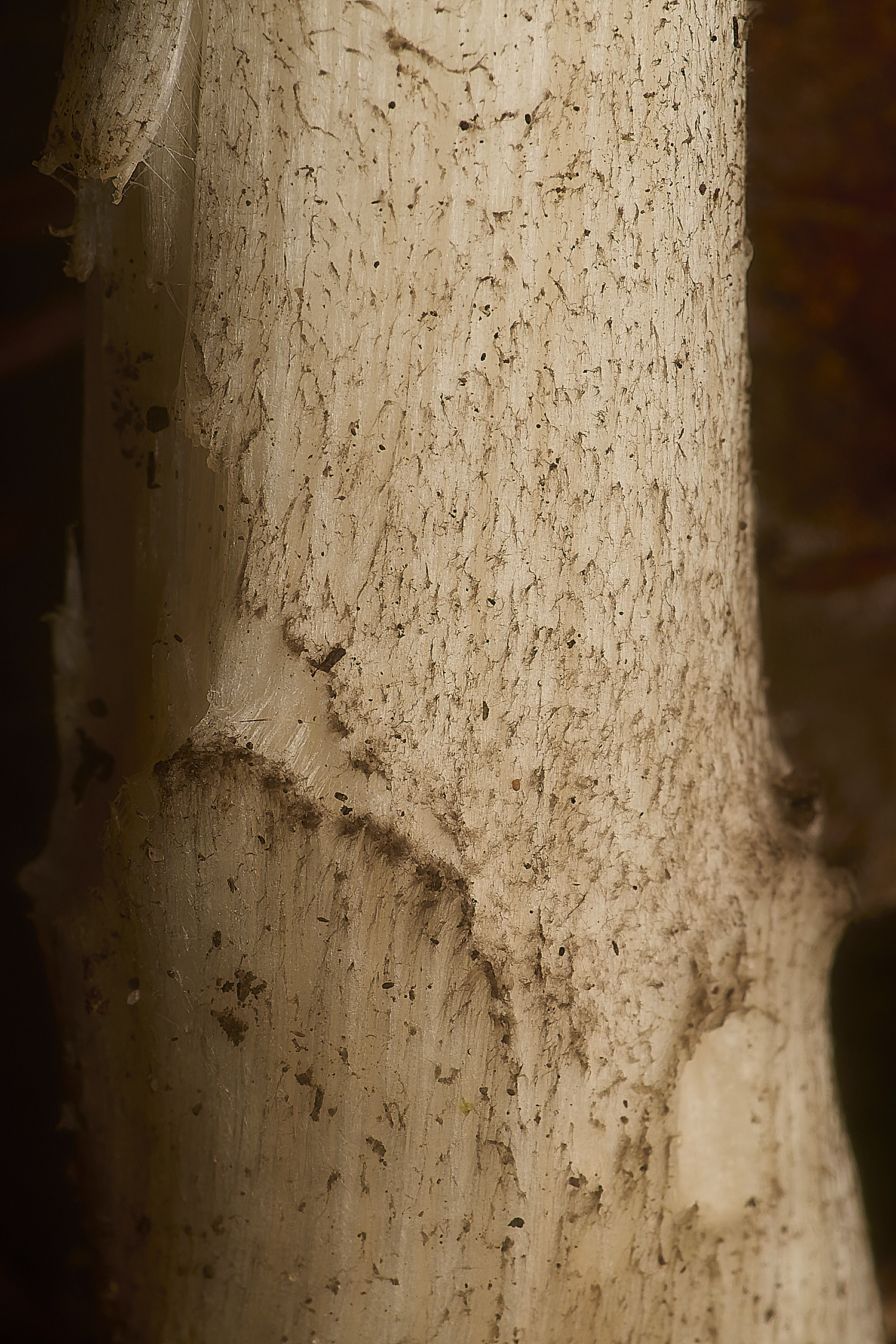
Knight Sp?
From Jeremy
The large "Knight" found was actually a Shield - Pluteus pouzarianus (Conifer Shield).
I checked the spores, pleurocystidia and cheilocystidia and found clamp connections in the cap tissue.
Used Kibby vol 2 and online pictures of tissue with clamps. Grows on coniferous wood. 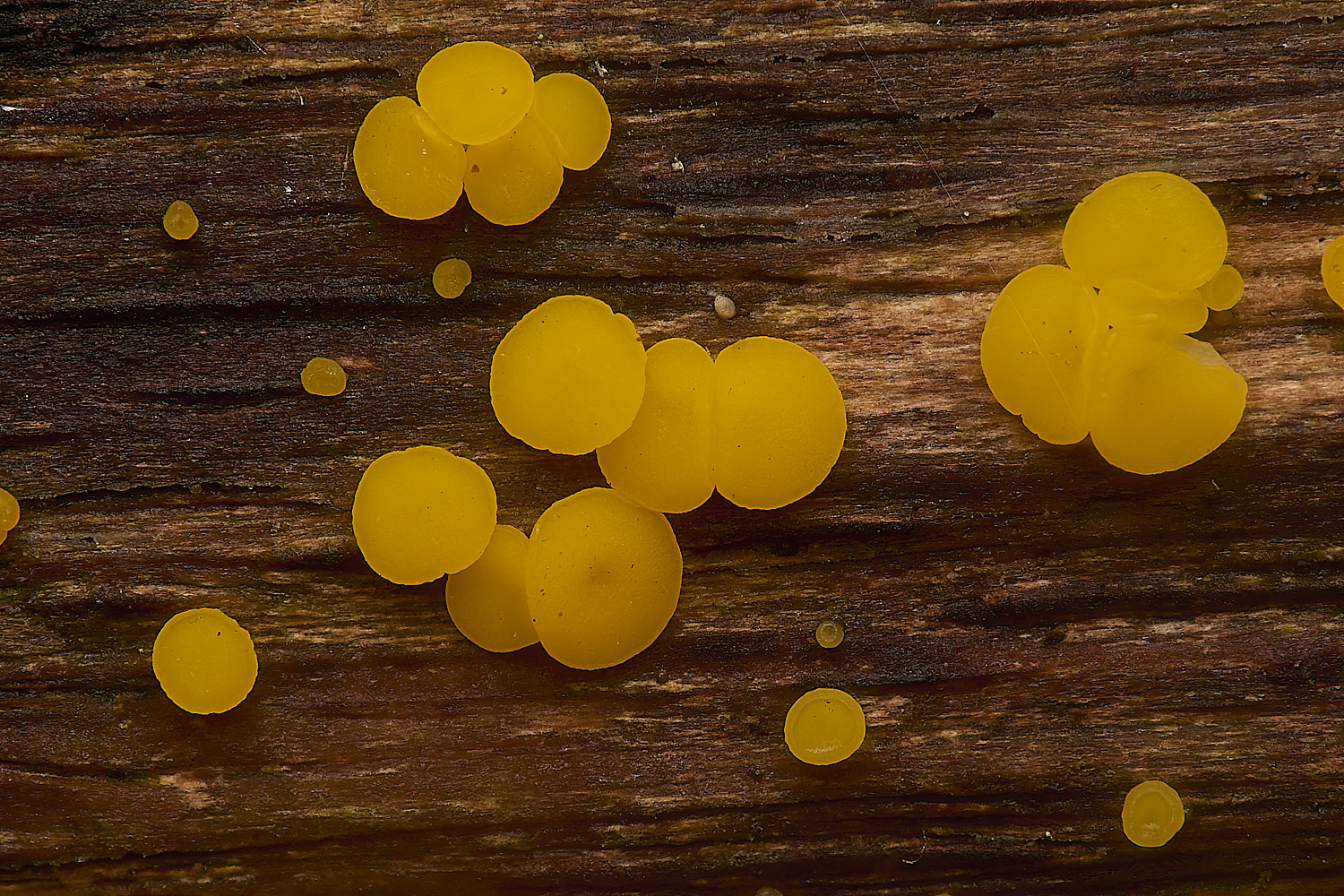
Lemon Disco (Bisporella citrina)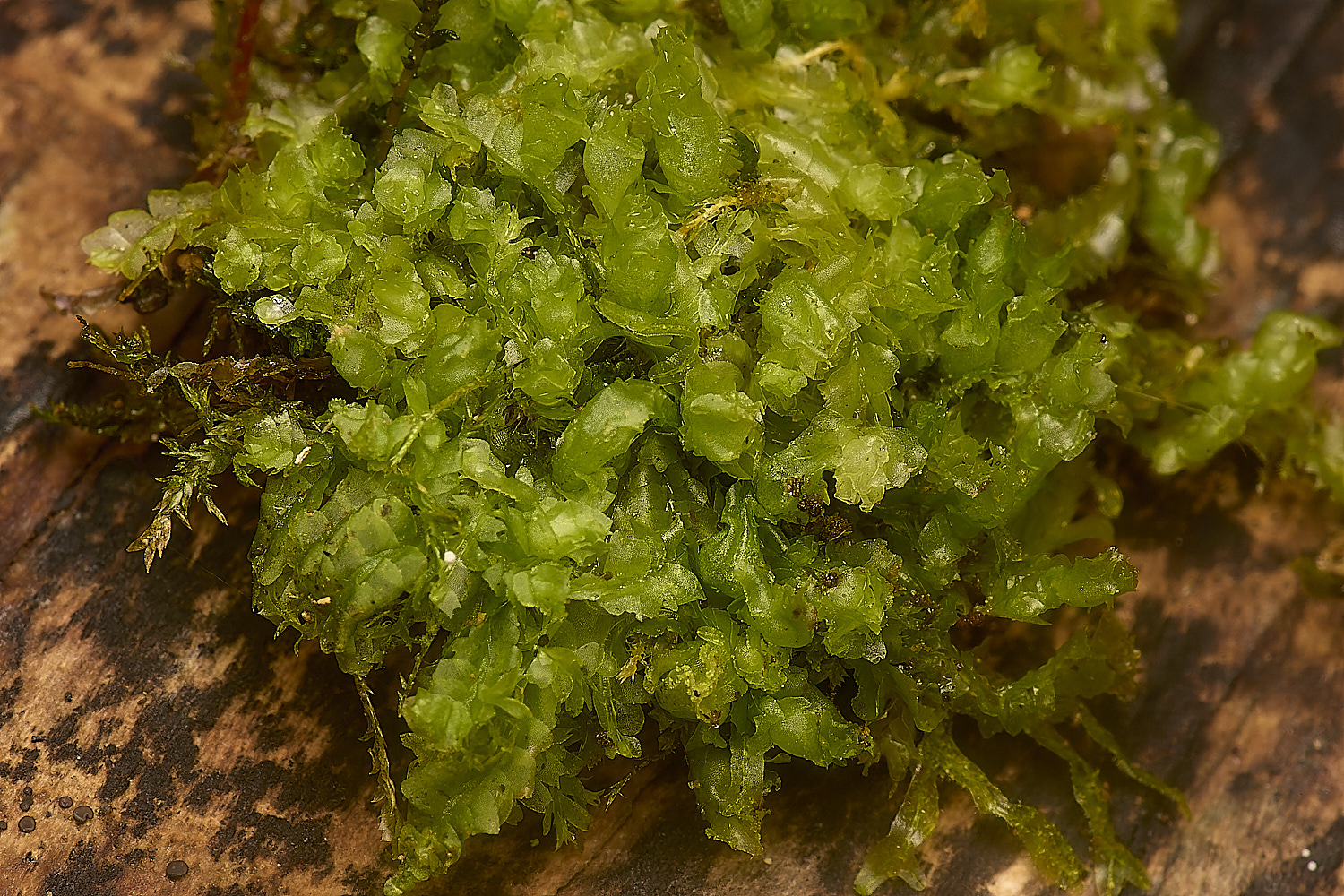

Variable-leaved Crestwort (Lophocolea heterophylla)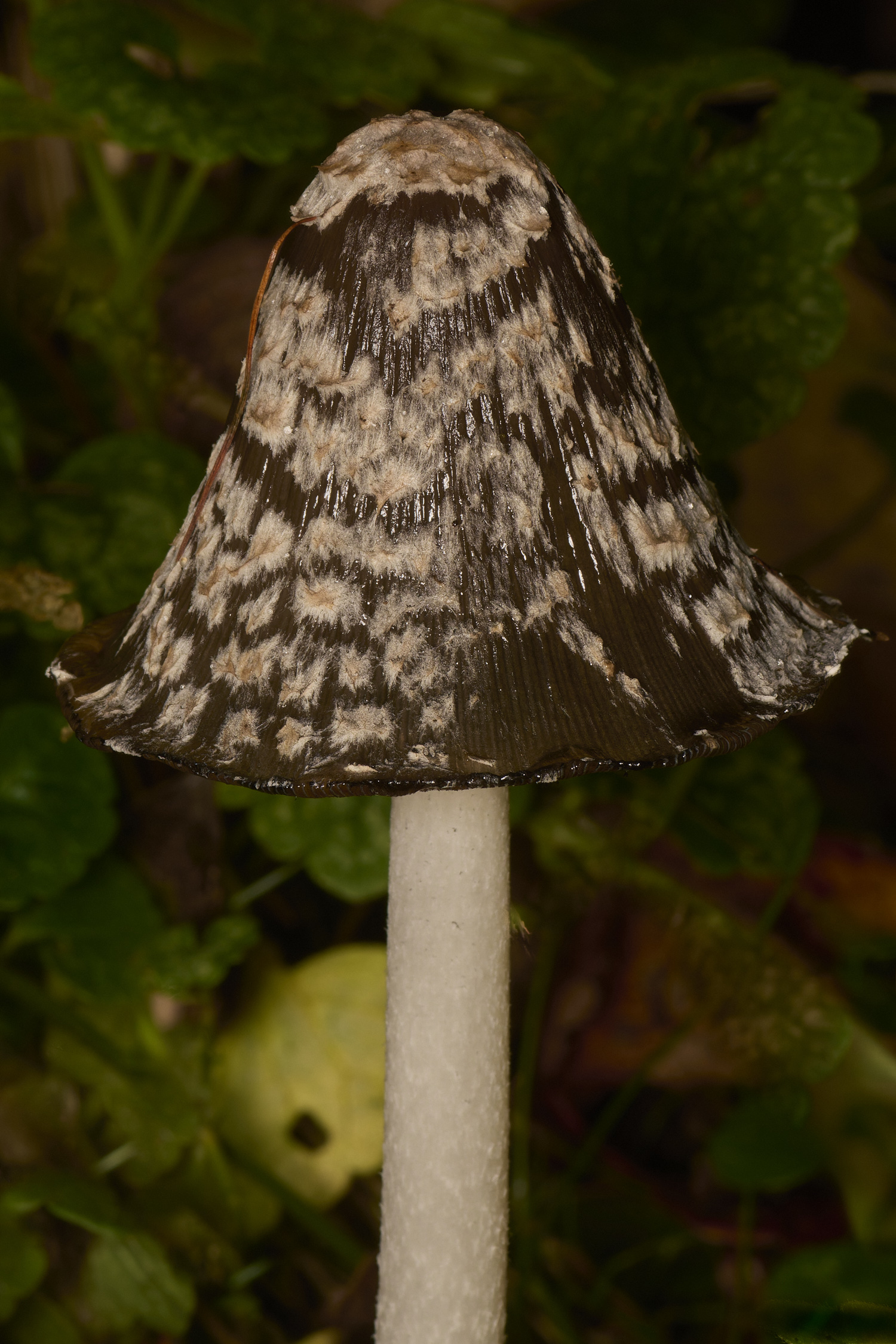
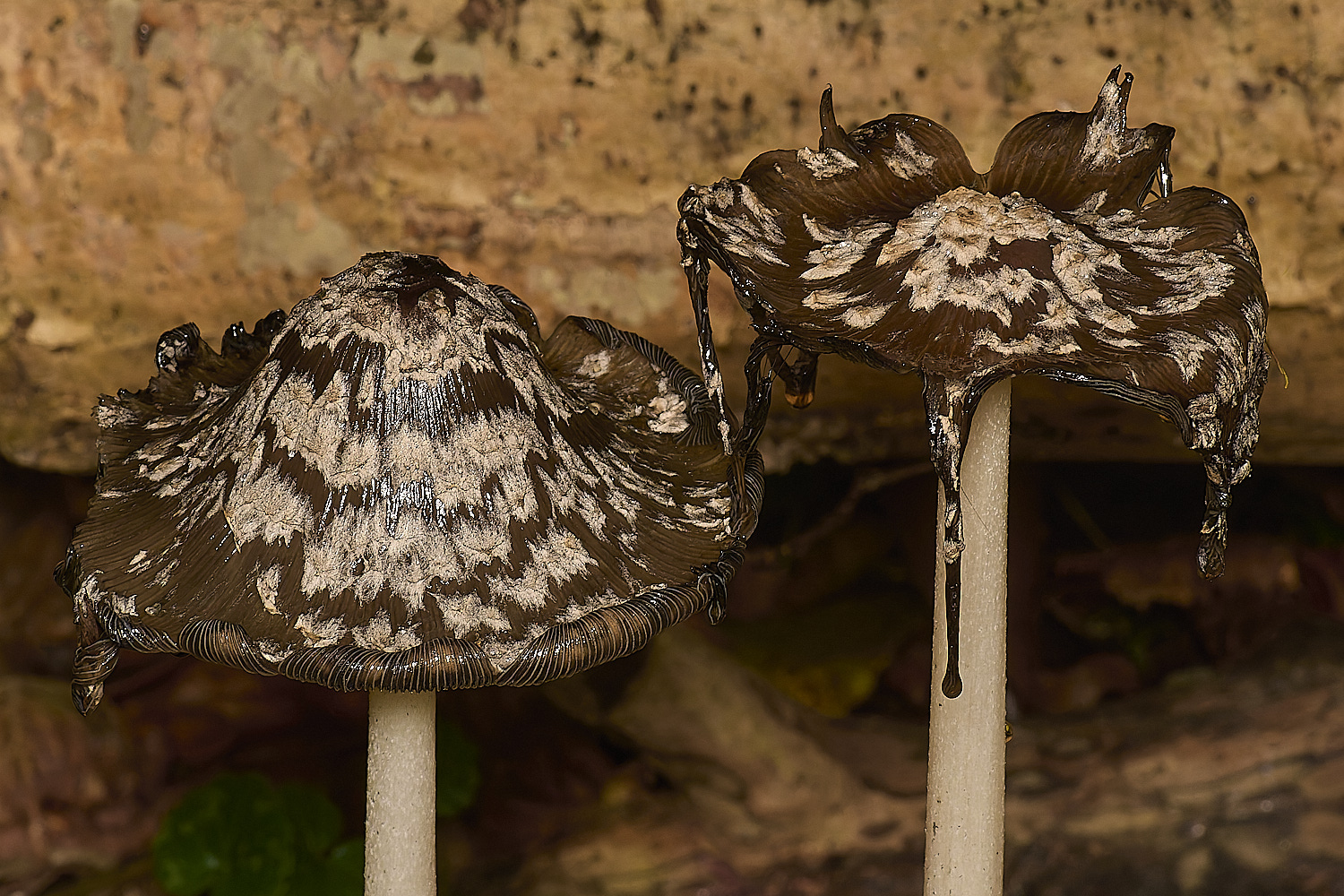
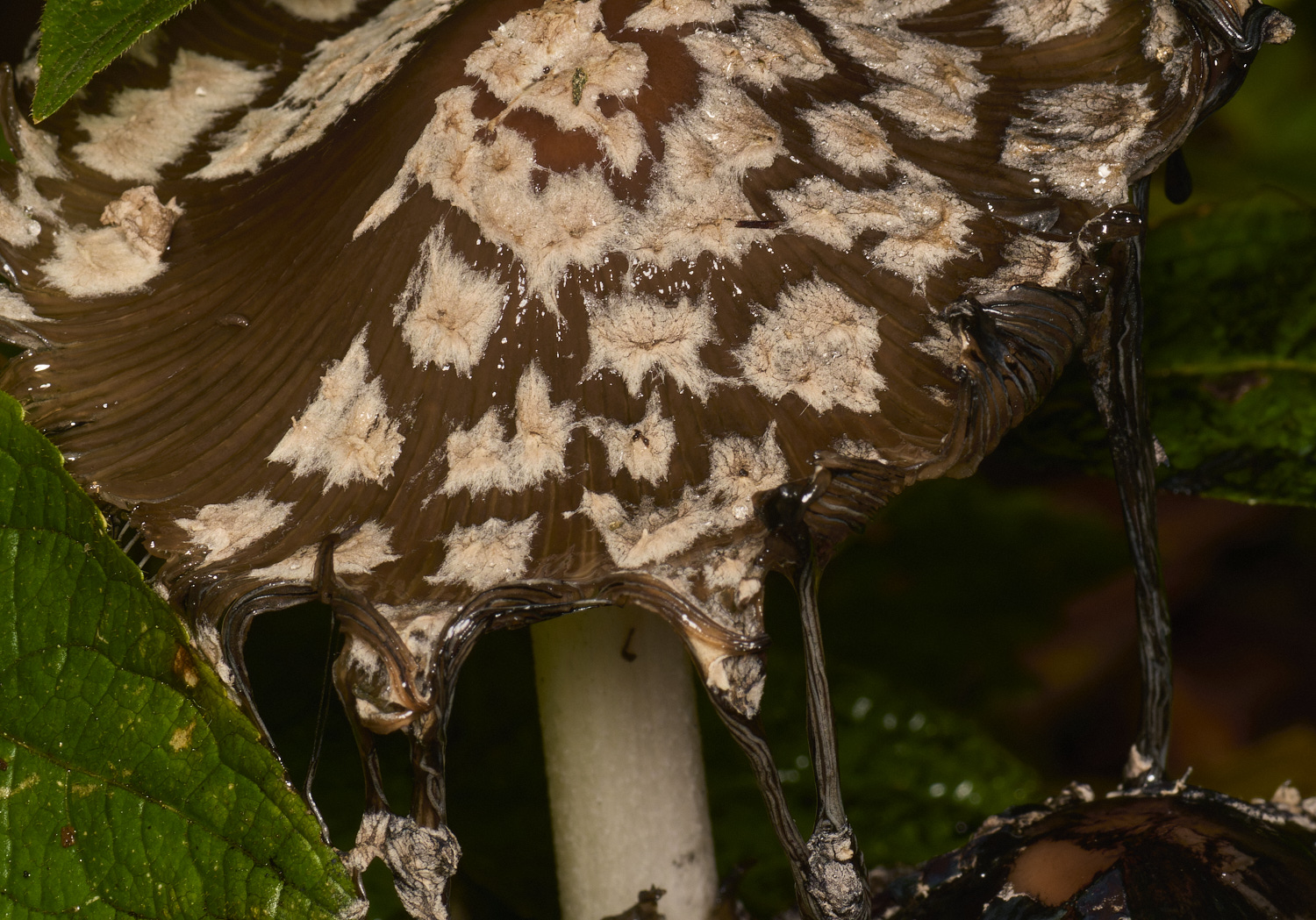
Magpie Inkcap (Copronopsis picacea)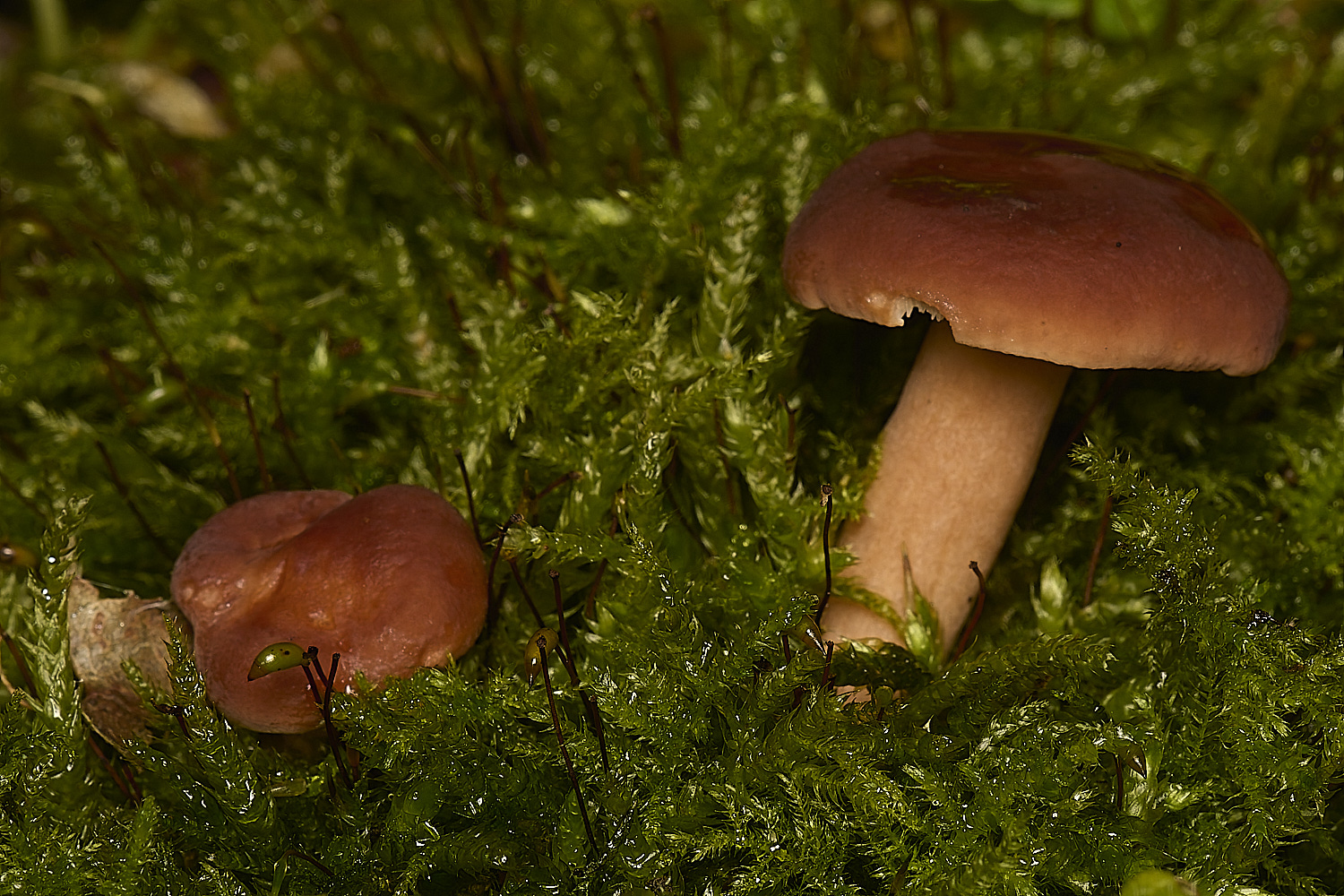
Milkcap Sp?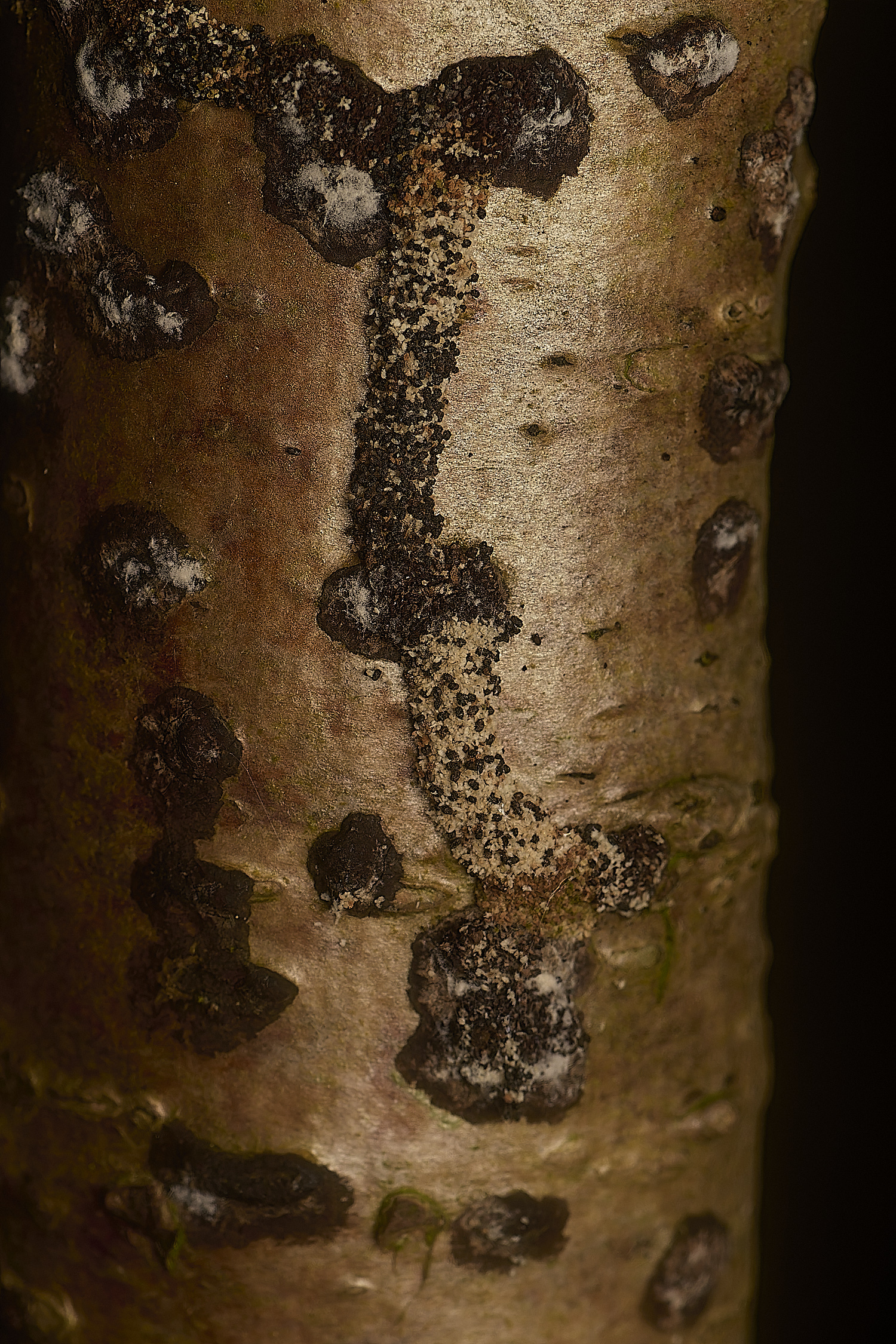
Frass from Black-barred Fungus Moth ( Nemapogon clematella)
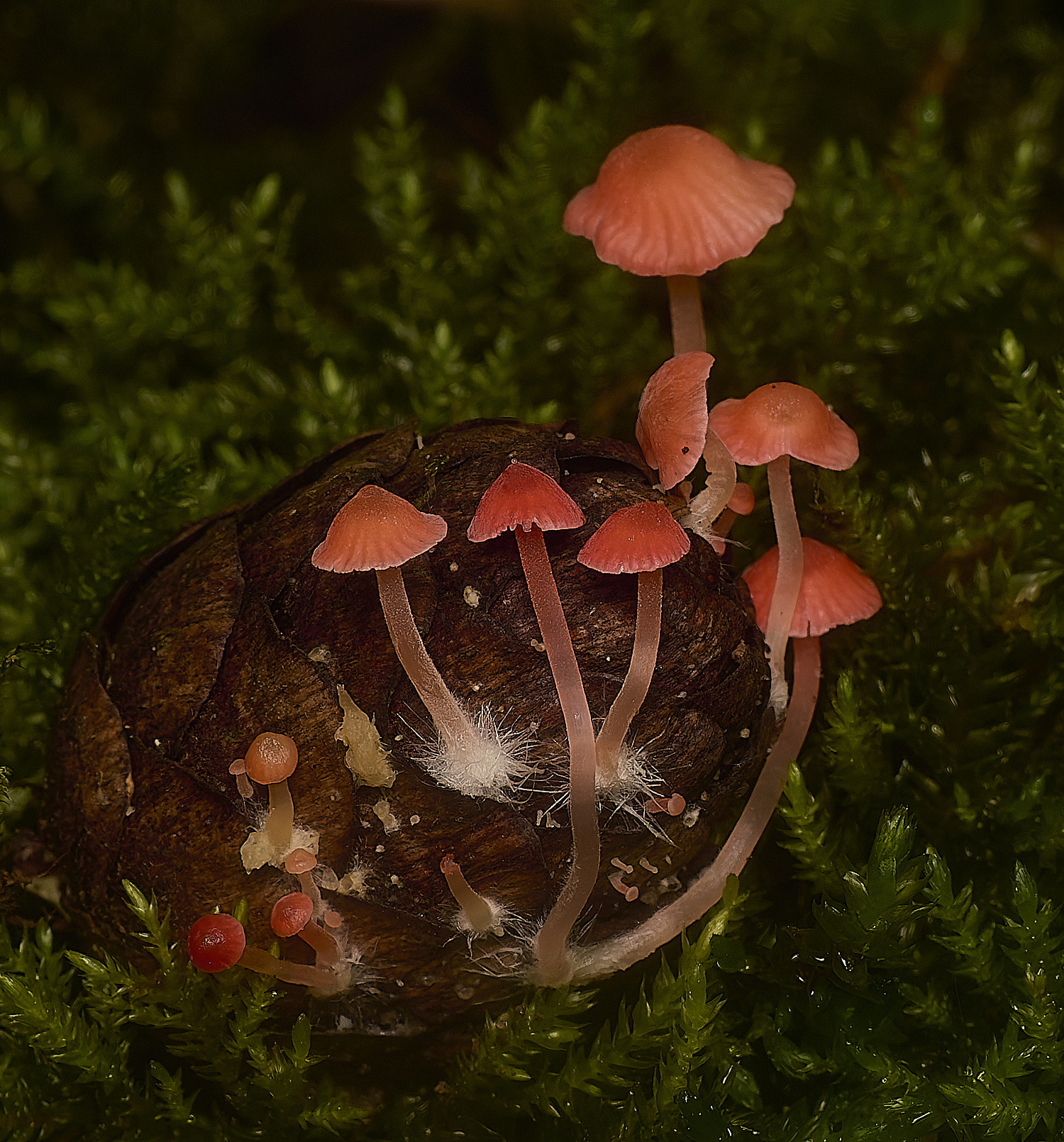
Scarlet Bonnet (Mycena adonis)

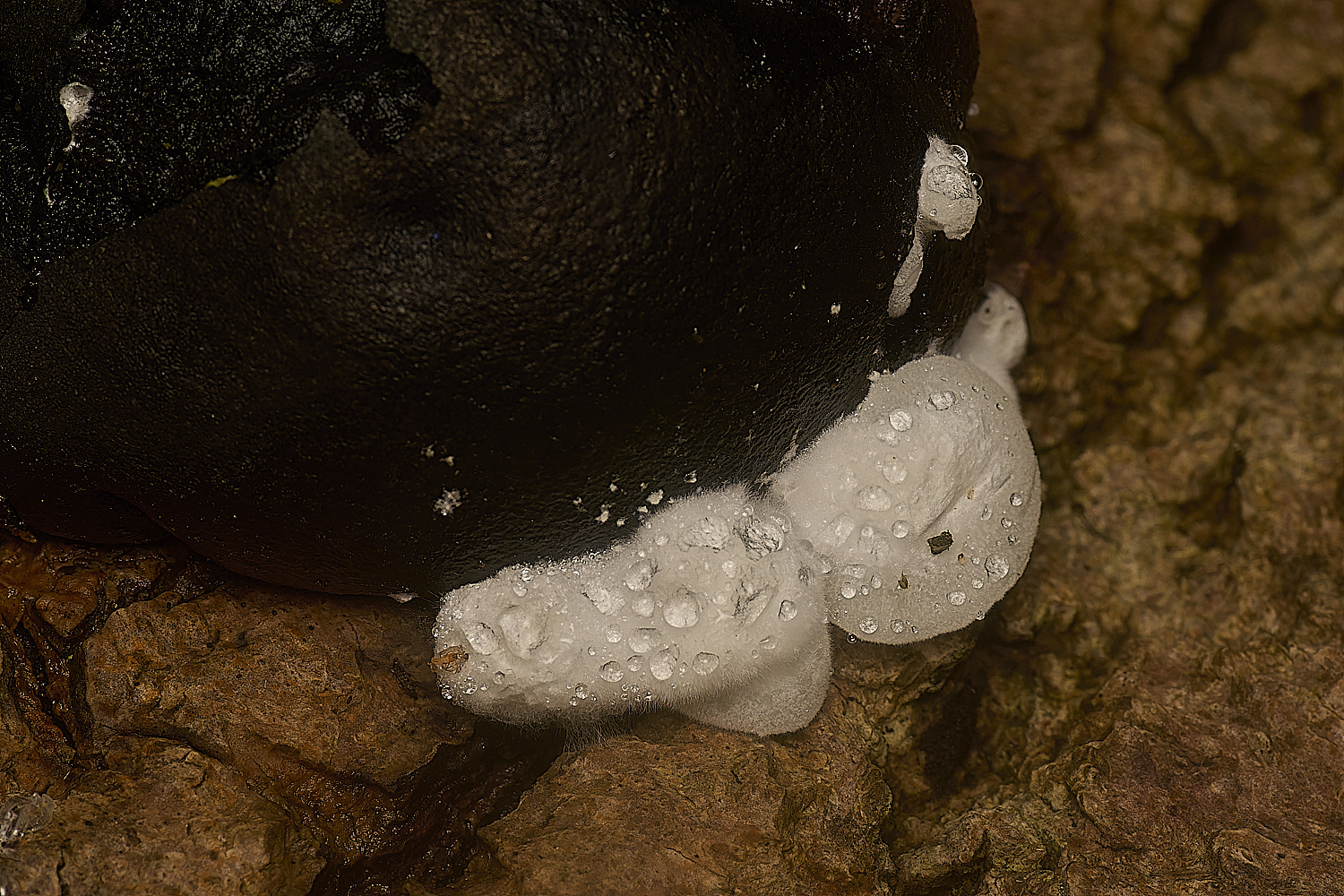
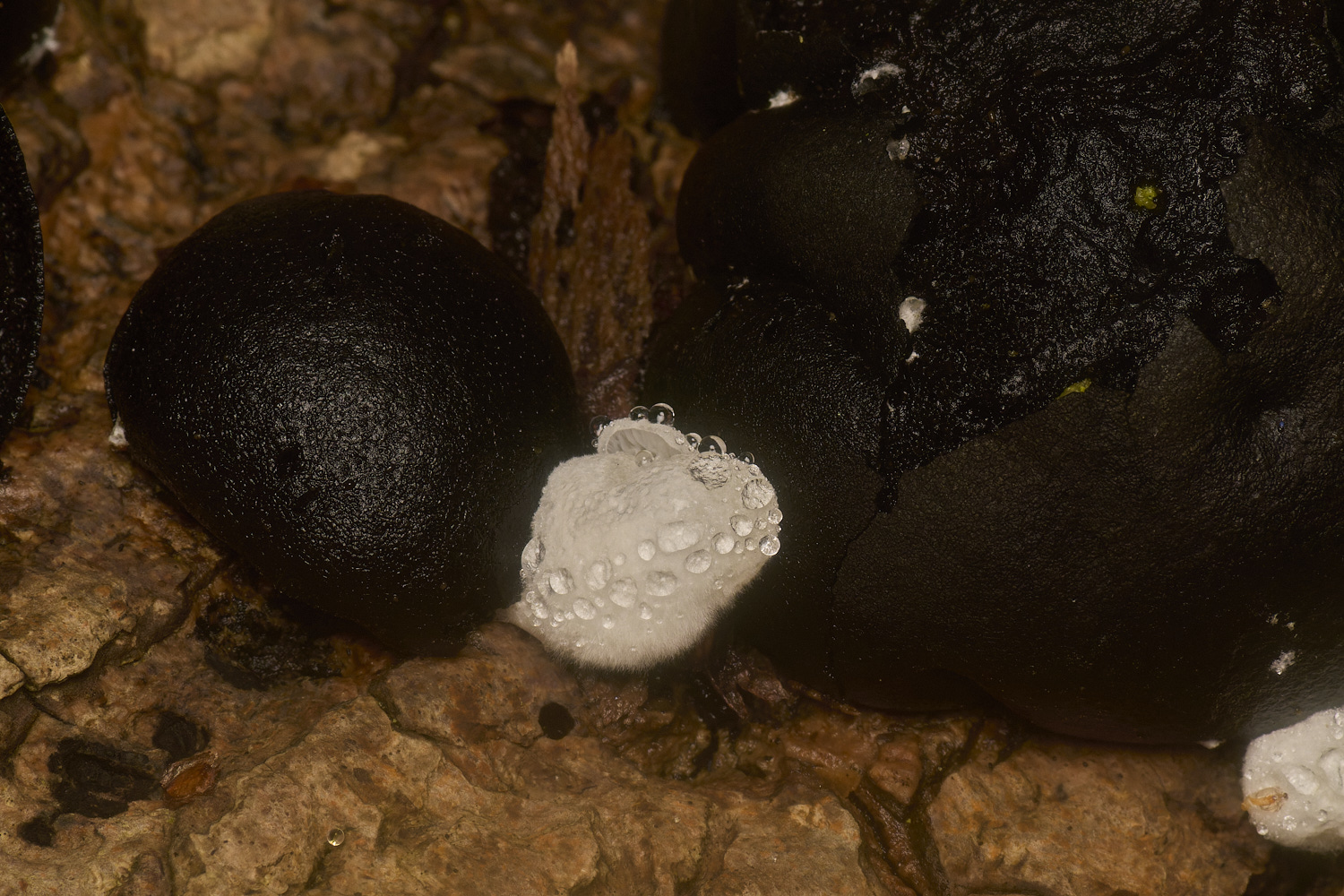
Initialy found near King Alfred's Cakes (Daldinia concetrica)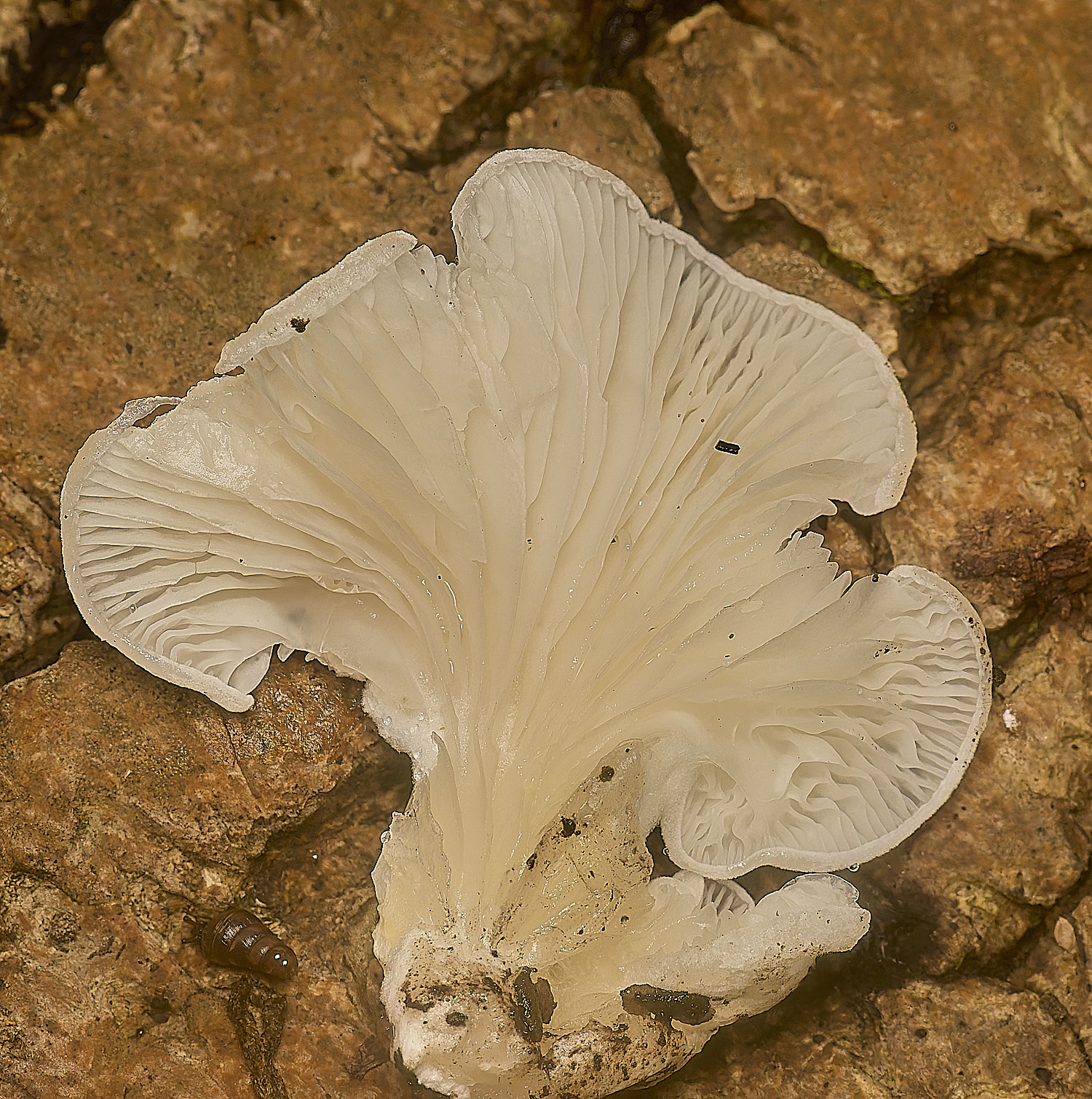
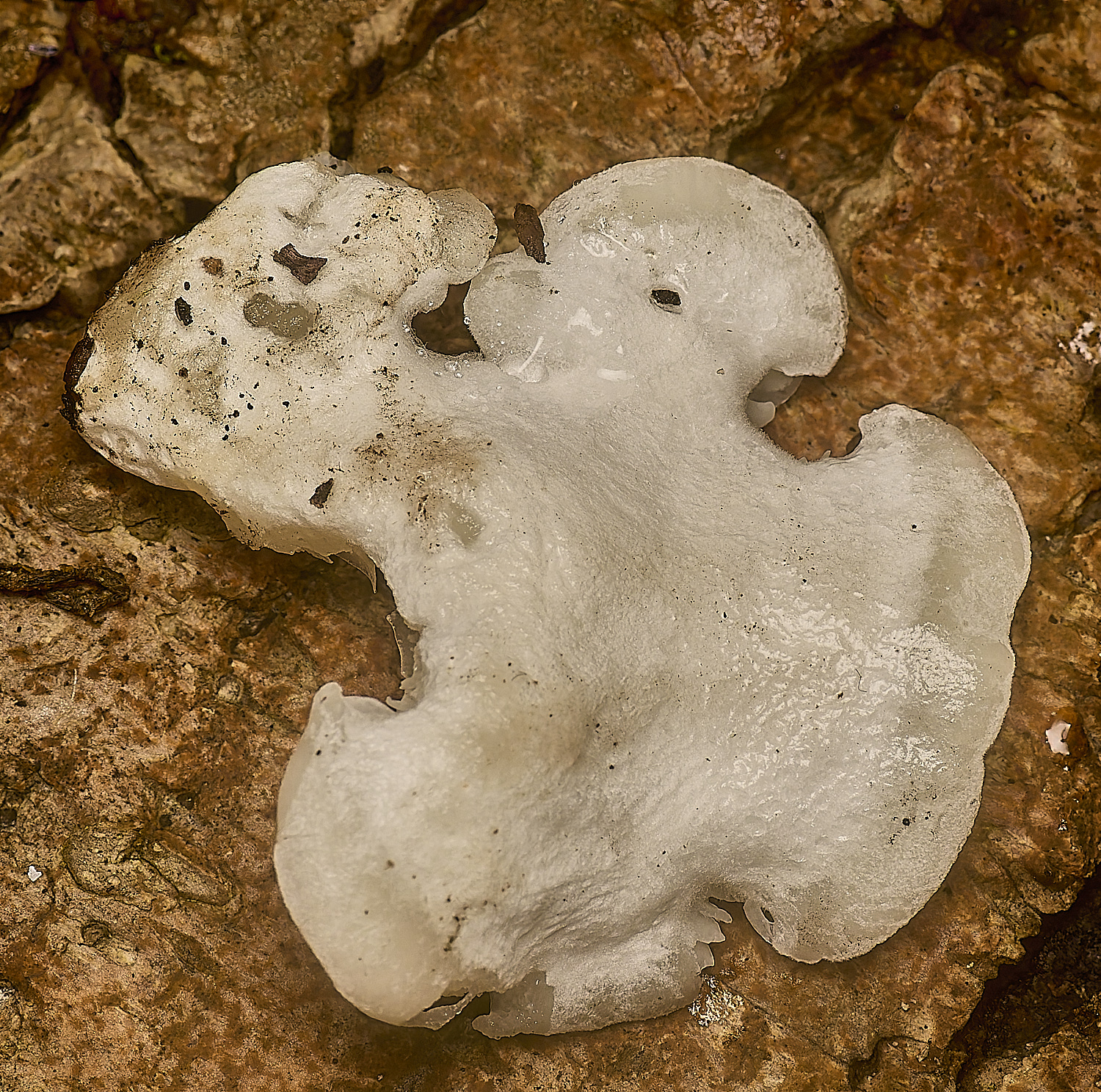
But also later in the day.
from James
I'm still not 100% about the small white oysters that were growing on and near Daldinia, so hopefully
Steve has come up with something! The spores I measured were roughly 9 x 5um. Combined with the mealy
smell and fluffiness of the small ones the closest I can get is Clitopilus hobsonii, which grows on a range of
woody substrates but is typically only up to 20mm (these were mostly within that but some were c35mm).
From Steve
On to the cause of the delay, the white oysters. For those that didn't see these they were pleurotoid 20-30 mm white caps with wavy edges and moderately spaced white gills, insignificant stem and a strong farinaceous smell, growing on a fallen Fraxinus trunk in very close association to Daldinia concentrica.
Doing a spore print didn't provide enough material to be truly confident of the colour but the impression was of a pale off white with a pink/cream tinge. Looking at the spores under oil they were ellipsoid and noticeably longitudinally ridged with 6-9 ridges, measuring (8) 9-10 (11) x 5-5.5 µm. Looking through Kibby volume 4 initially I was drawn to Clitopilus hobsonii except for the cap size which Kibby gives as 2-8 mm and the caps on our specimens were much larger than this, also our spores which were very slightly larger than those given for Clitopilus hobsonii which was 7-9 x 5-6.5 µm. Kibby also mentions Clitopilus daamsii which is " often confused with Clitopilus hobsonii and can be distinguished by the larger spore size" of 8-11 x 5-6.5 µm.
Moving to Fungi of temperate Europe was no help on the exact cap dimensions front as it doesn't mention cap size apart from saying small.
Working through the key in Funga Nordica this describes a much larger cap size range for Clitopilus hobsonii of 2-15 which gives more credibility to the possibility of Clitopilus hobsonii. Funga Nordica also mentions Clitopilus rhodophyllus which I would rule out based on gill colour although the cap size (15-45 mm) better matches our specimens. FN also mentions Clitopilus daamsii which less well matches our fruiting bodies as cap size for this is given as 2-8 mm but the spore sizes for this being 8-11.5 x 5-7 µm fits much better with what I was seeing down the microscope. Interestingly FN also states that C. daamsii also "frequently grows on other fungi such as polypores" and our specimens were very clearly growing in very close association with Daldinia concentrica although admittedly this is not a polypore.
The spore size along with association with other fungi for me points very much towards the possibility of Clitopilus daamsii, but a cautionary note comes from Fungi of Temperate Europe which states that this is perhaps a somewhat dubious species.
Searching Genbank there are a number of sequences of Clitopilus hobsonii including one from type specimen but there are no sequences for Clitopilus daamsii so whilst DNA could prove that it is or isn't Clitopilus hobsonii we would not currently be able to prove that it is Clitopilus daamsii.
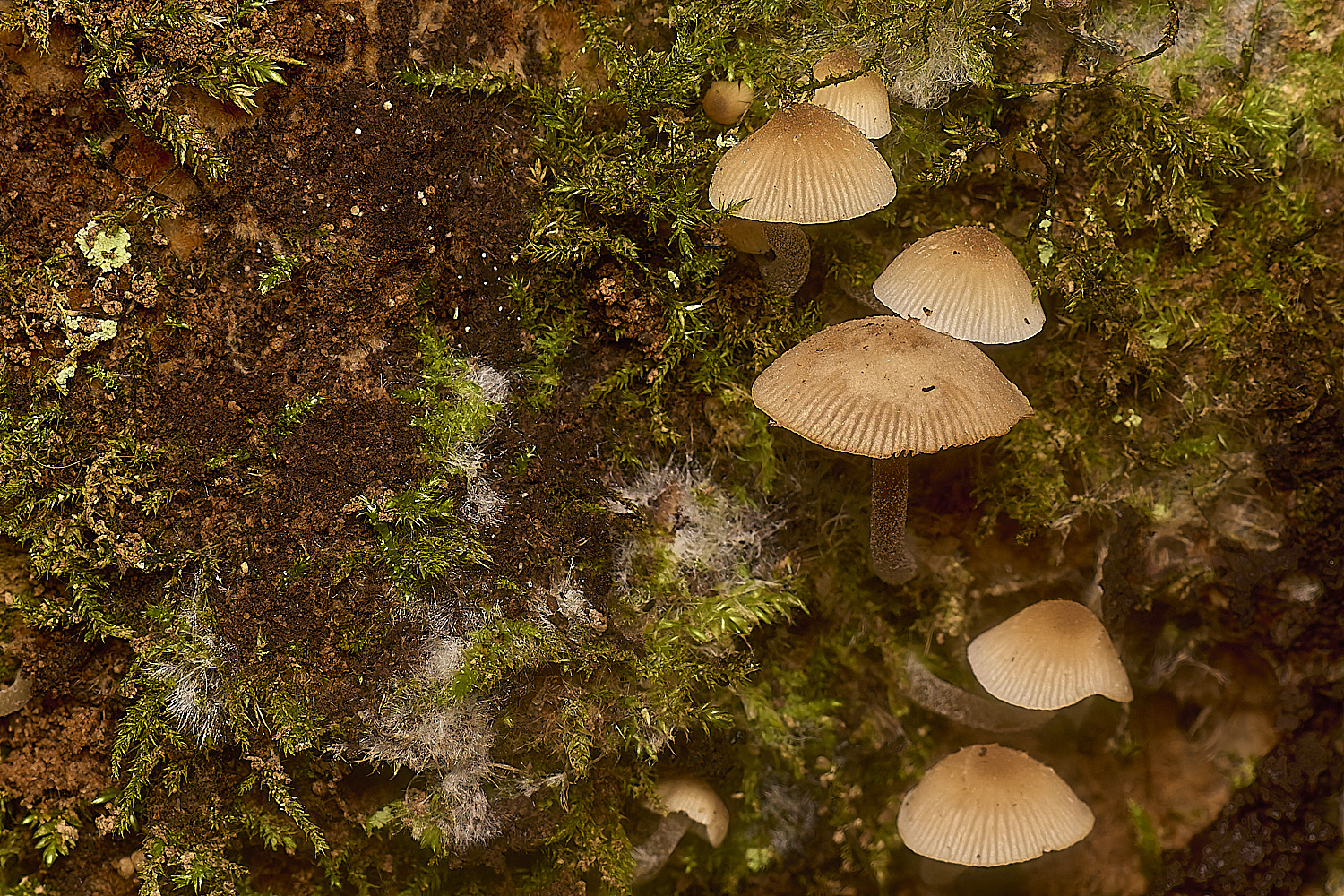

Pygmy Brittlestem (Psathyrella pymaea)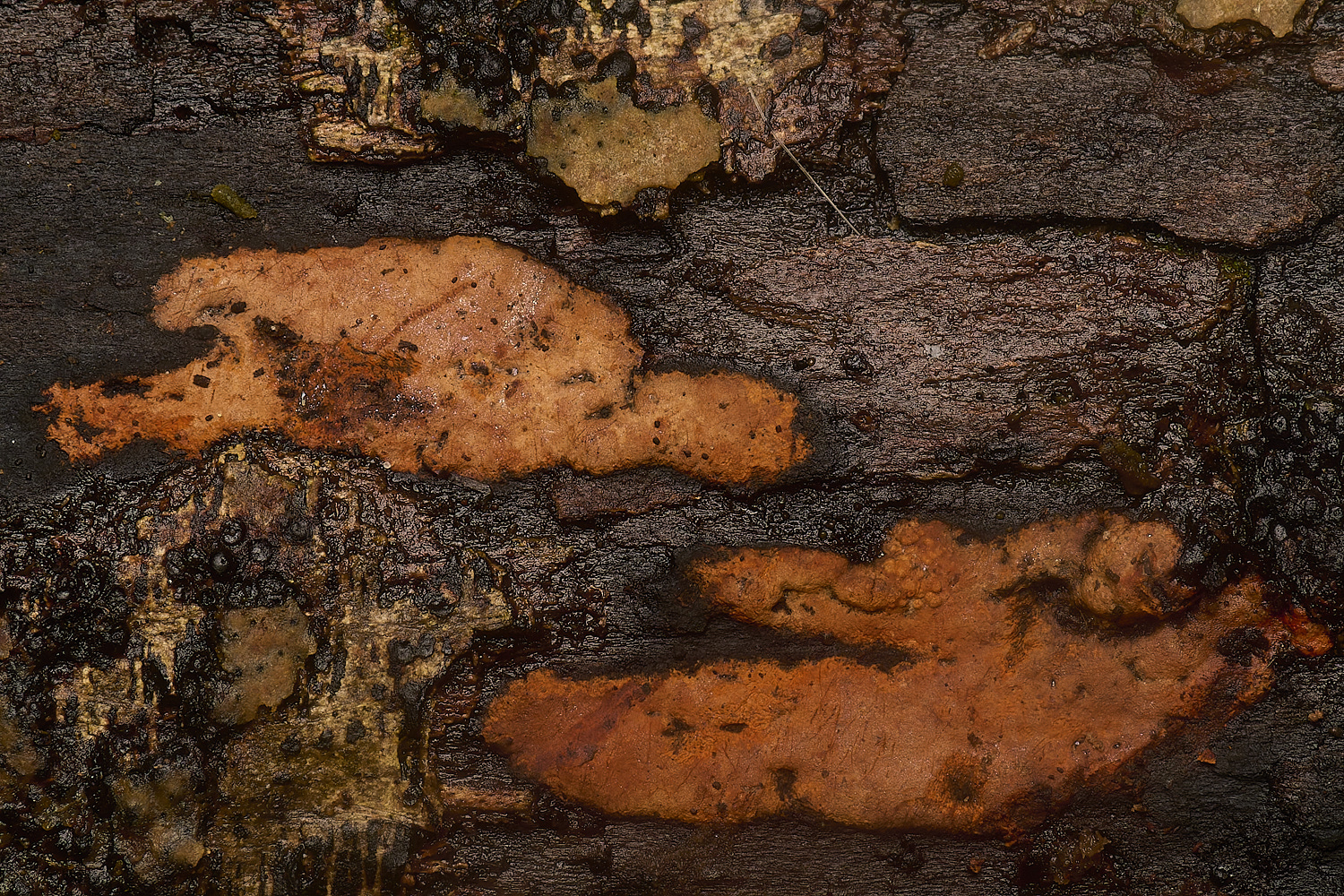
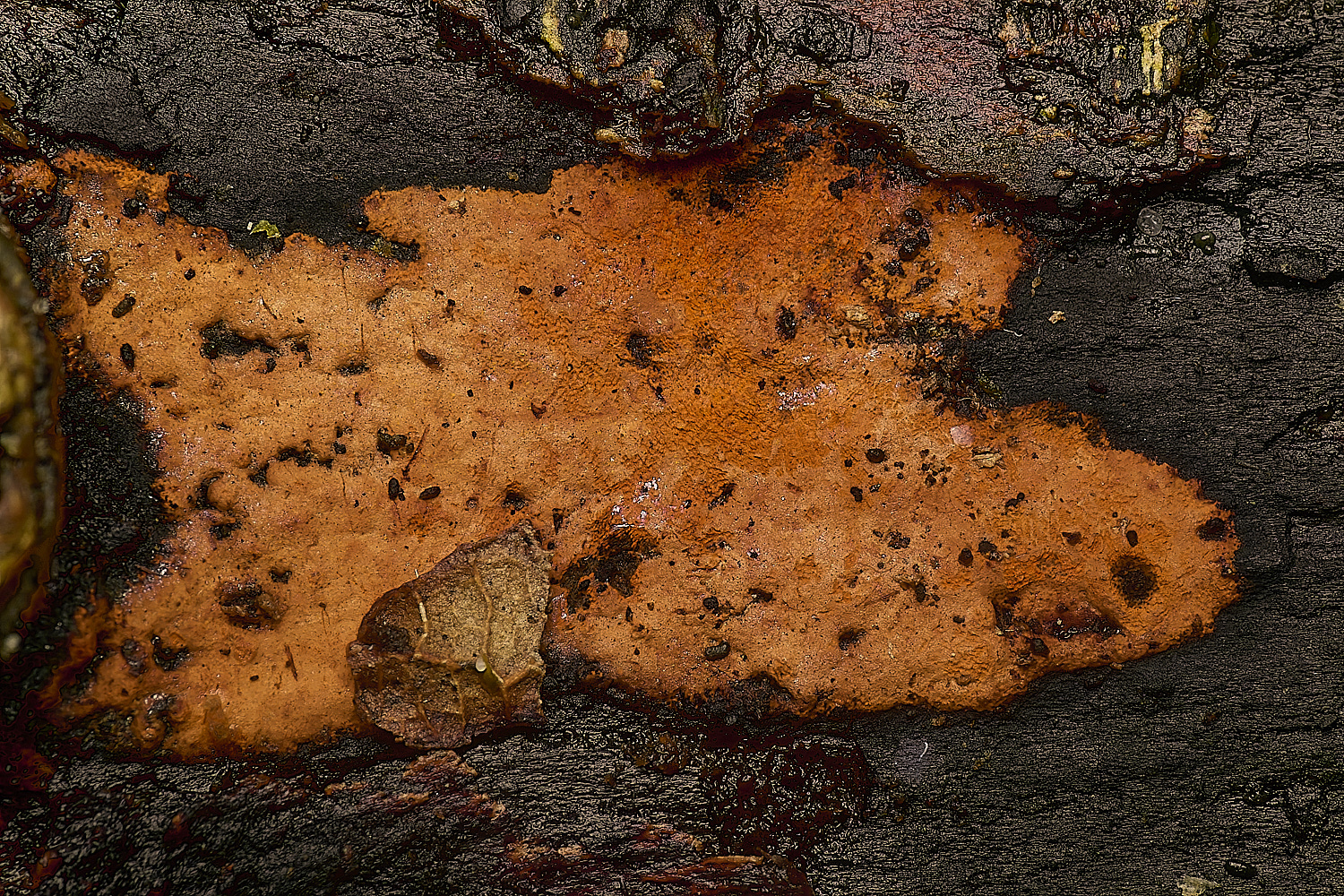
Hypoxylon rubiginosum
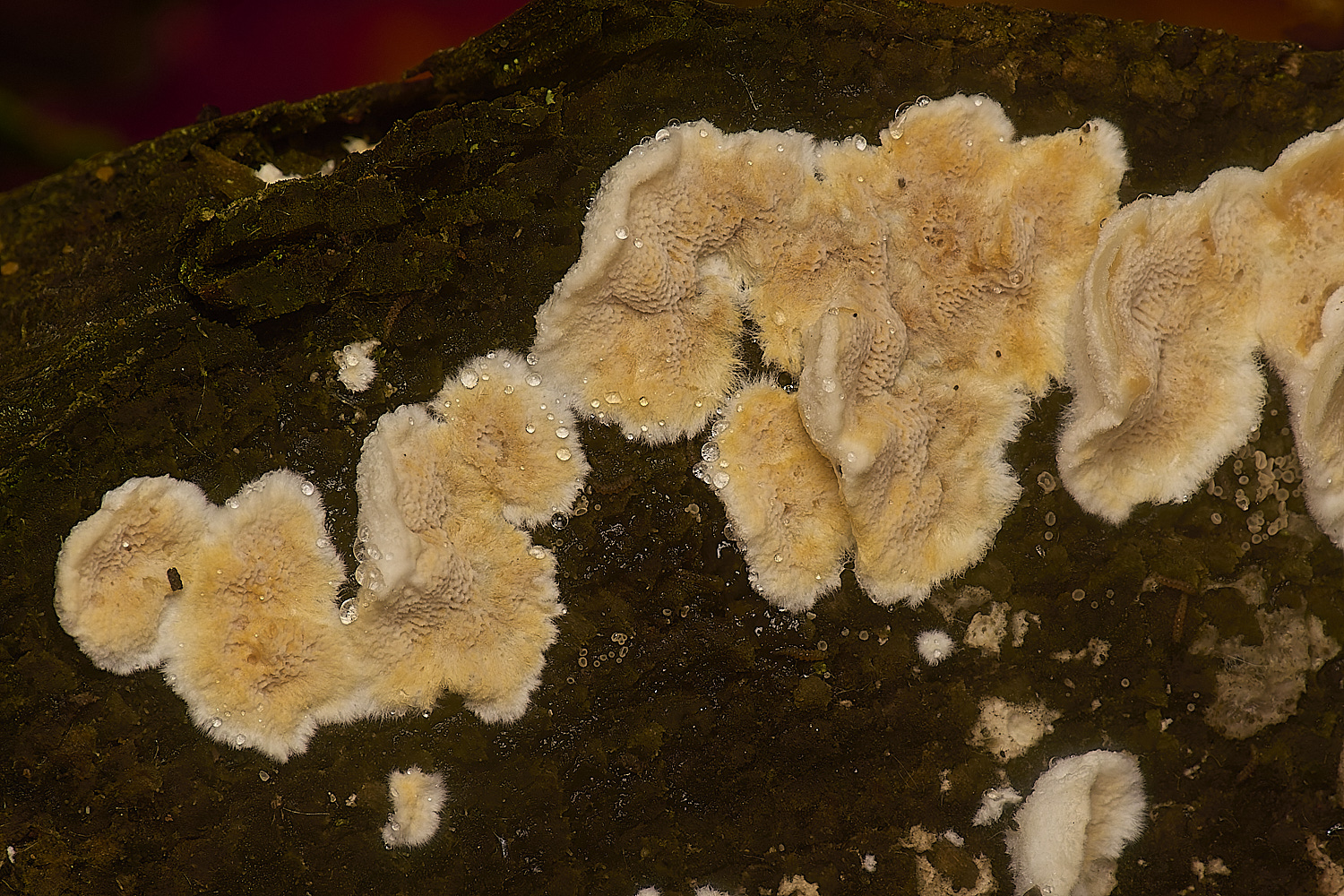
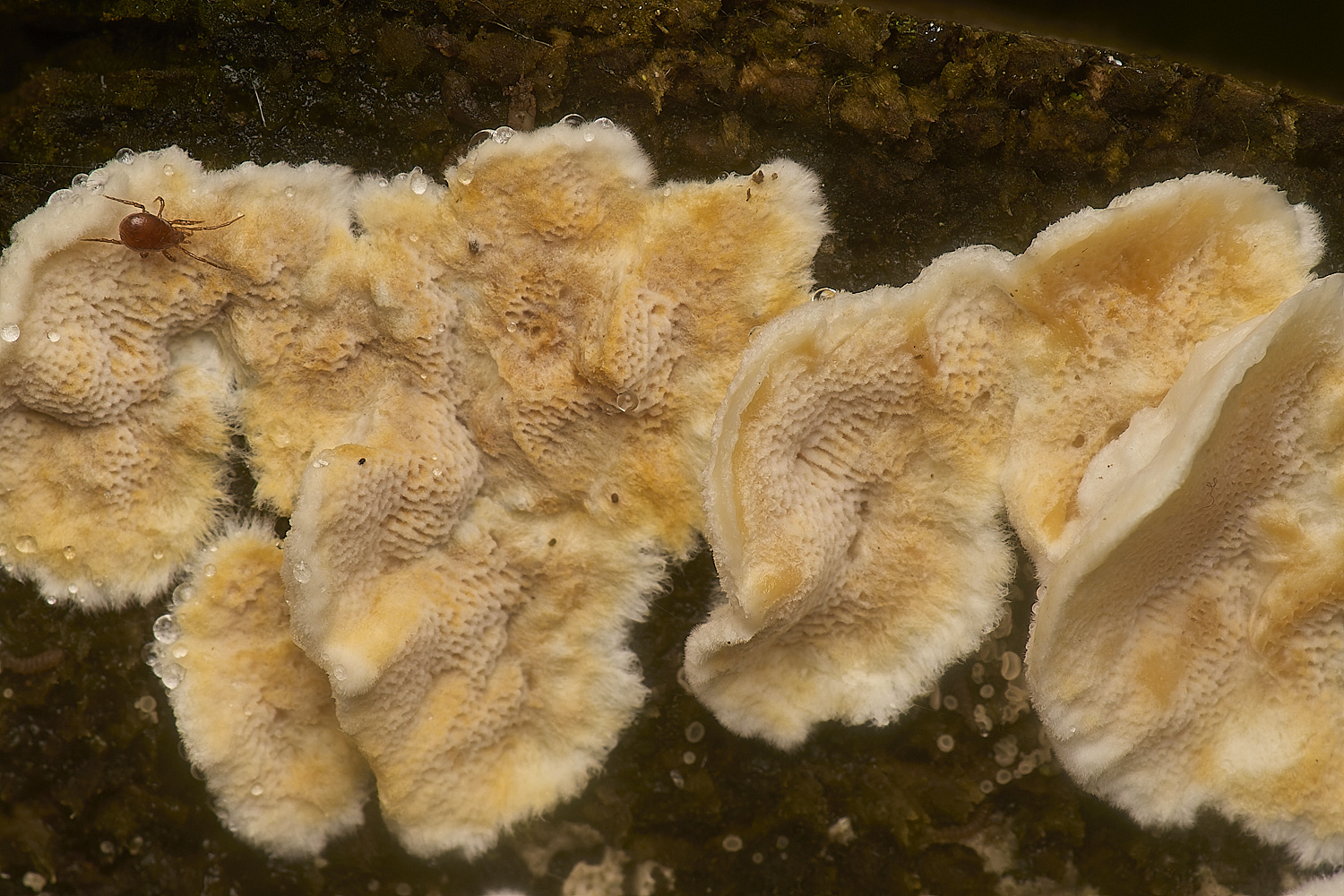
Rusty Crust (On pine) (Skeletocutis amorpha)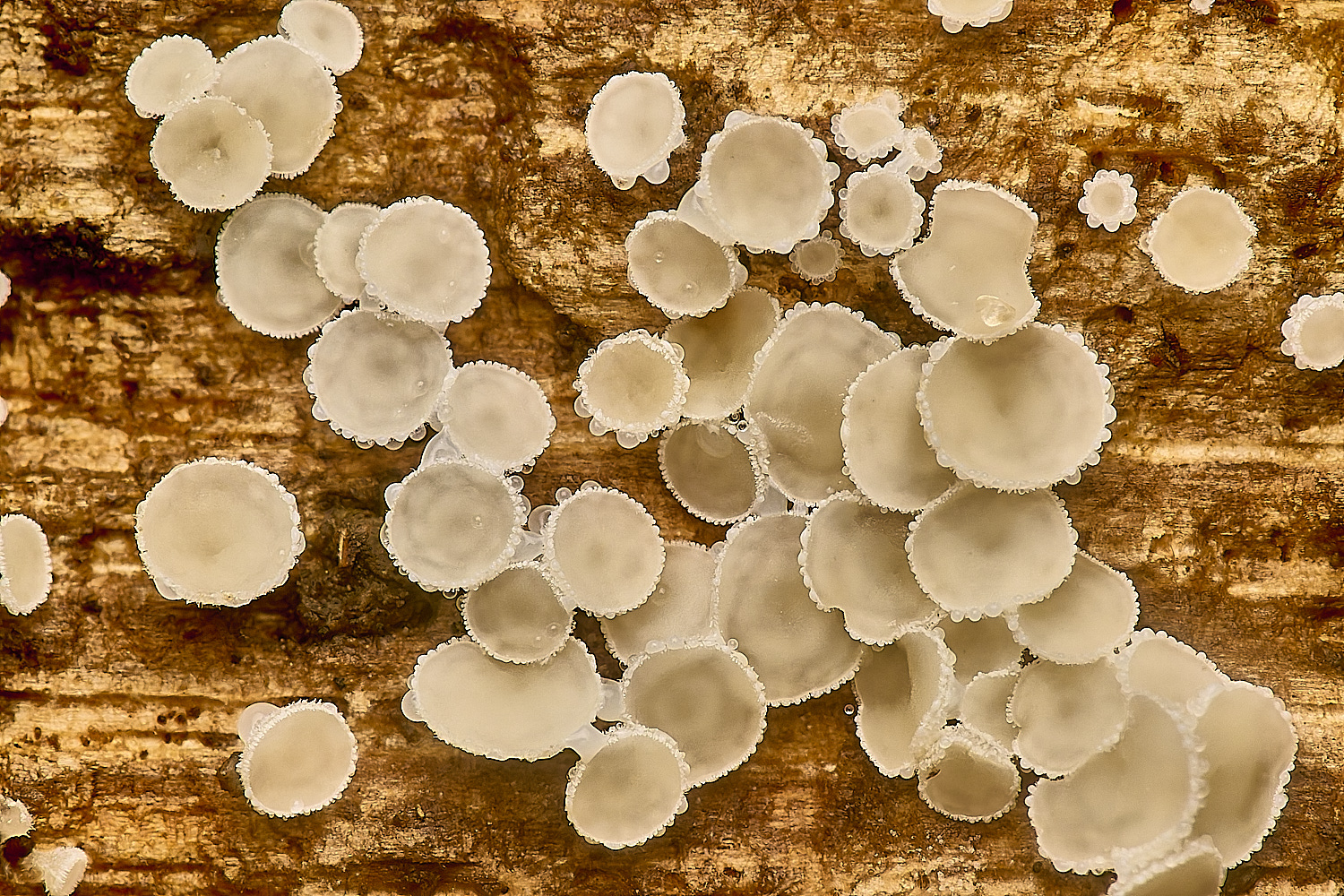
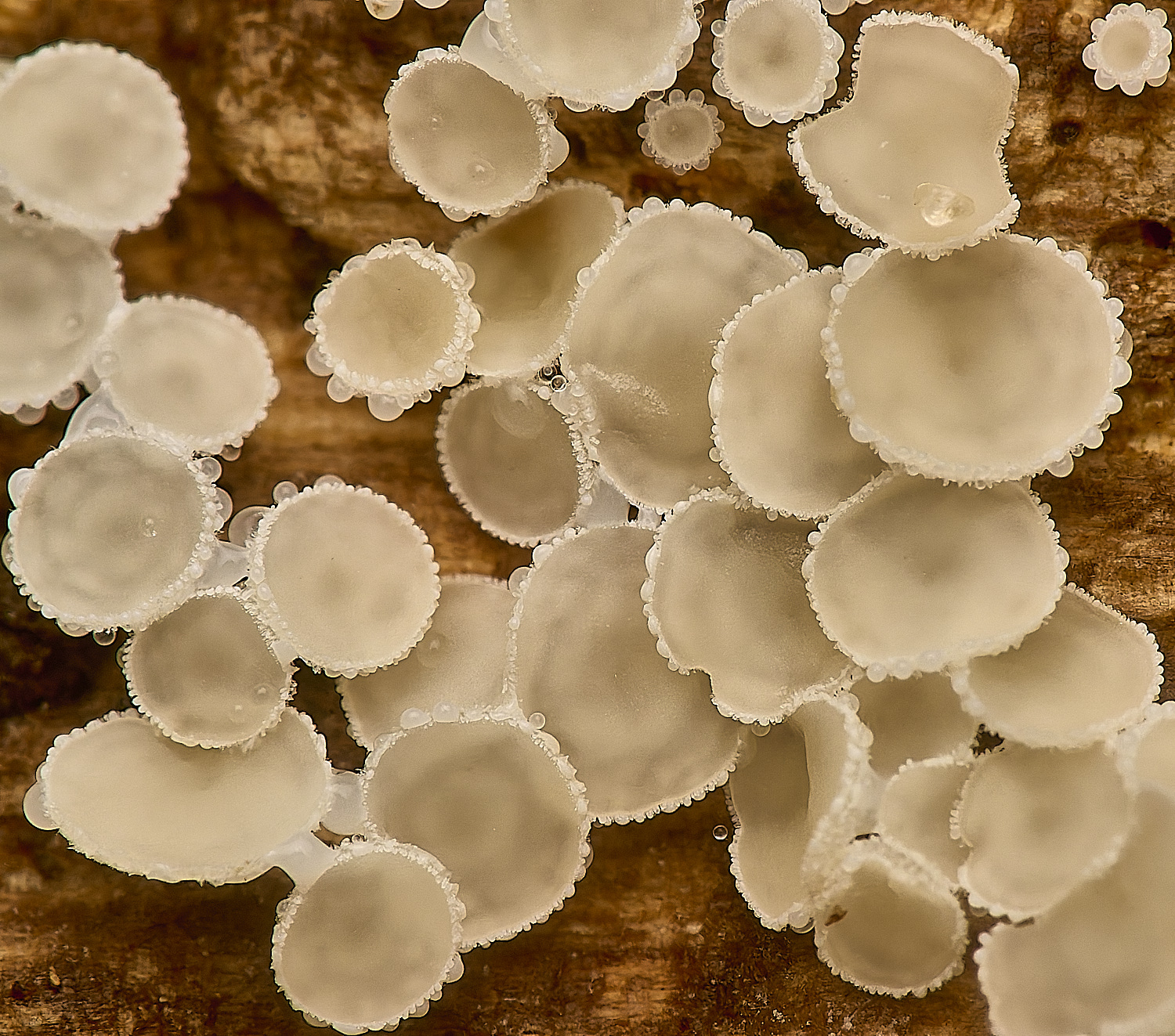
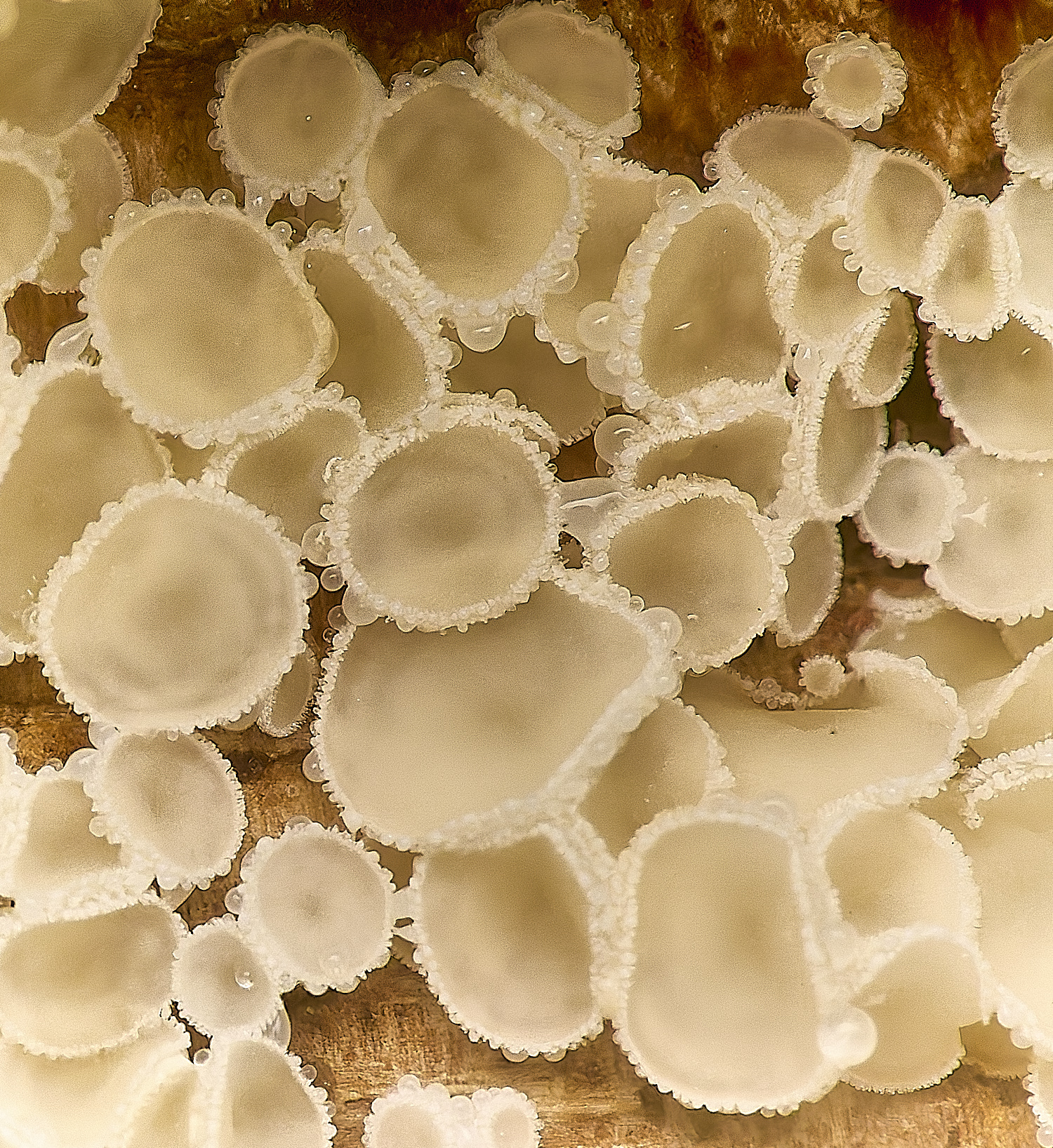
Snowy Disco (Lachnum virgineum)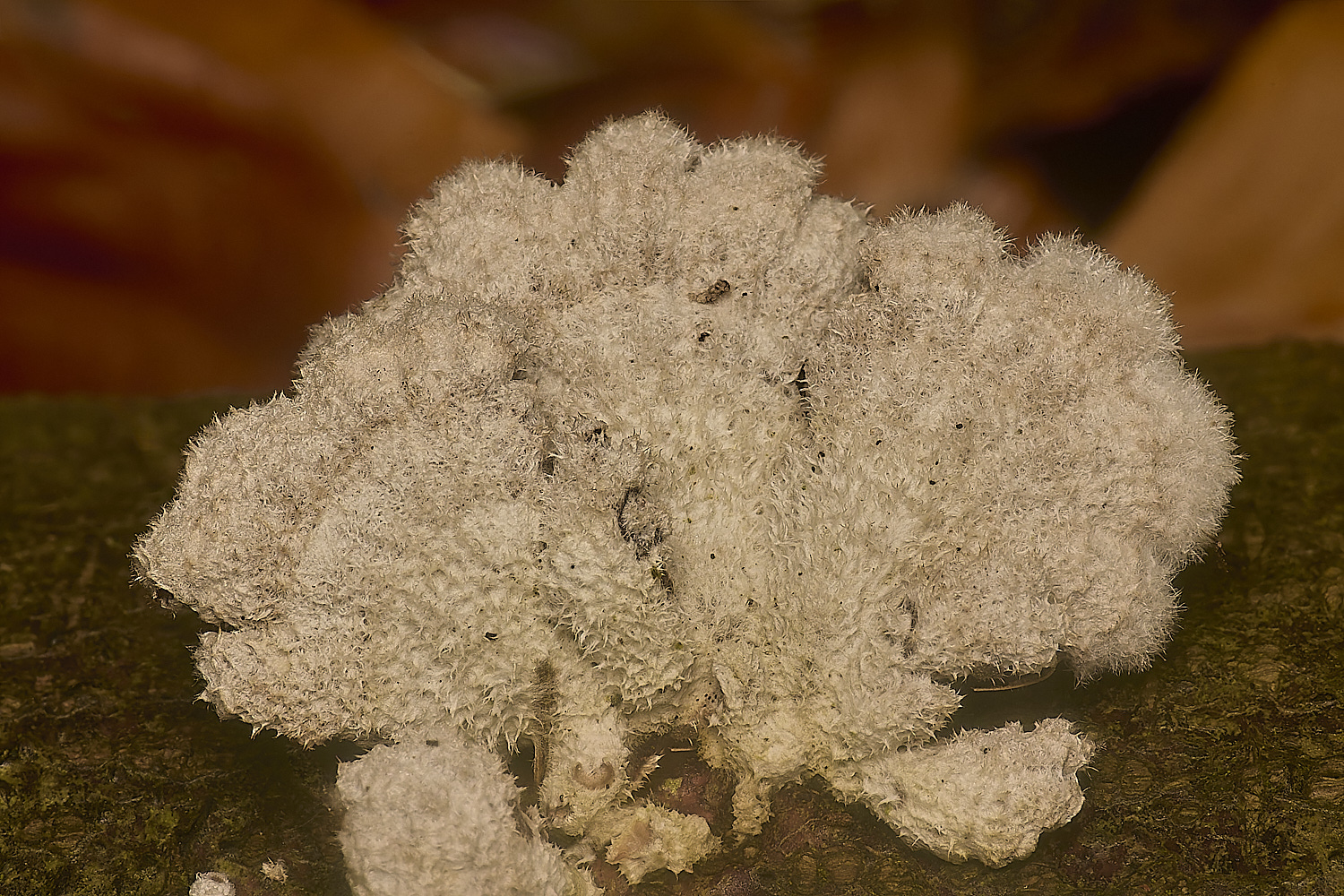
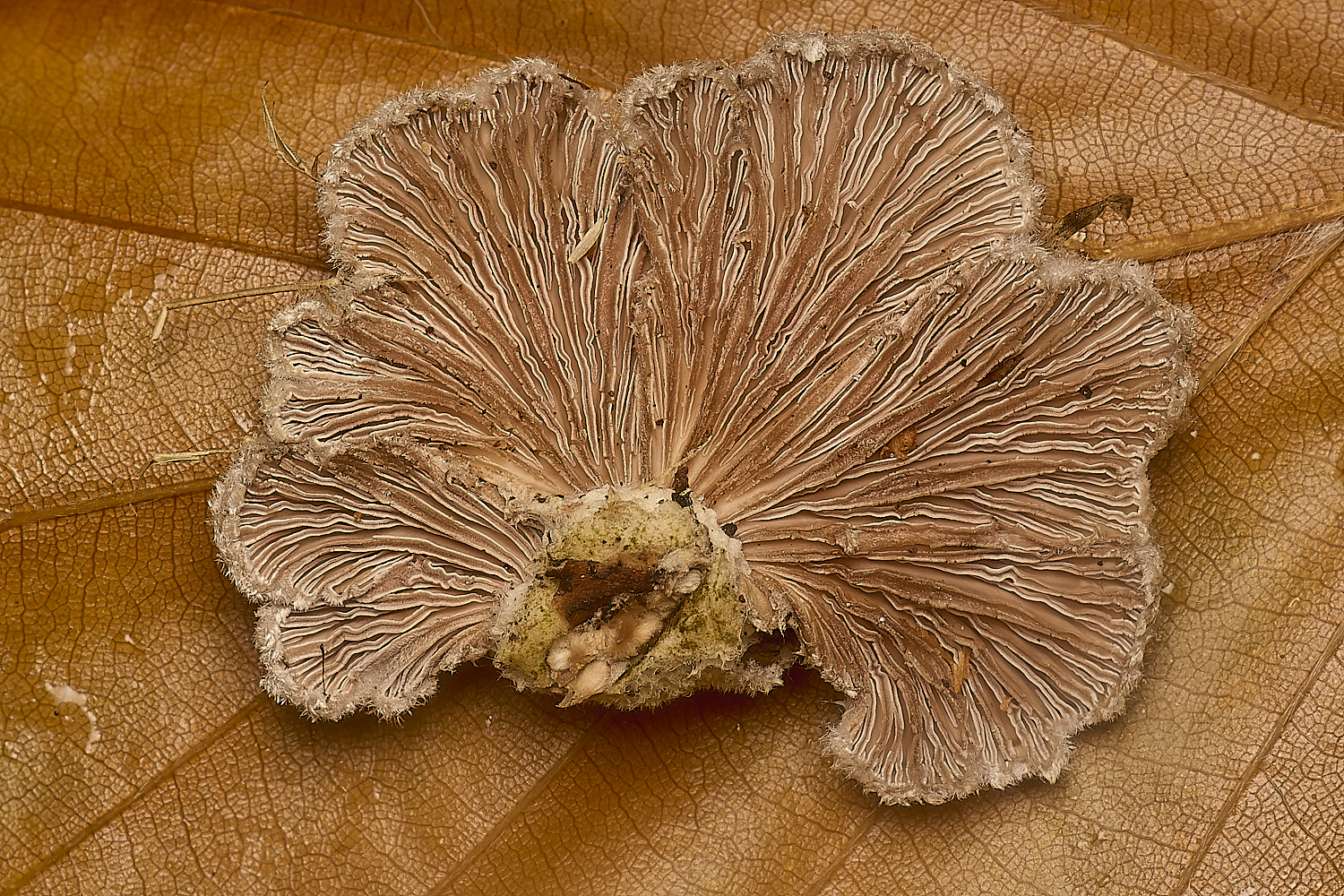
Split Gill (Schizophyllum commune)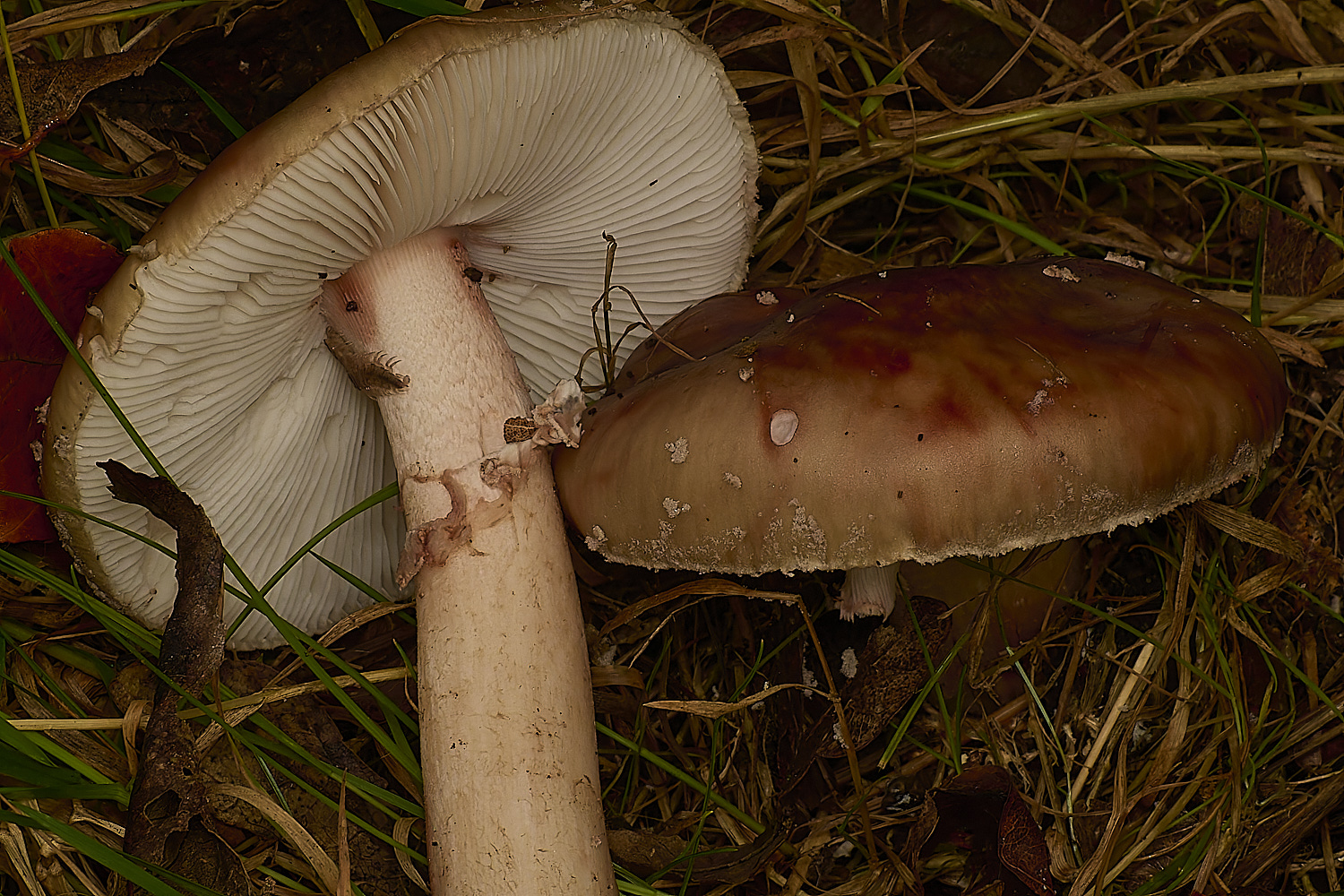
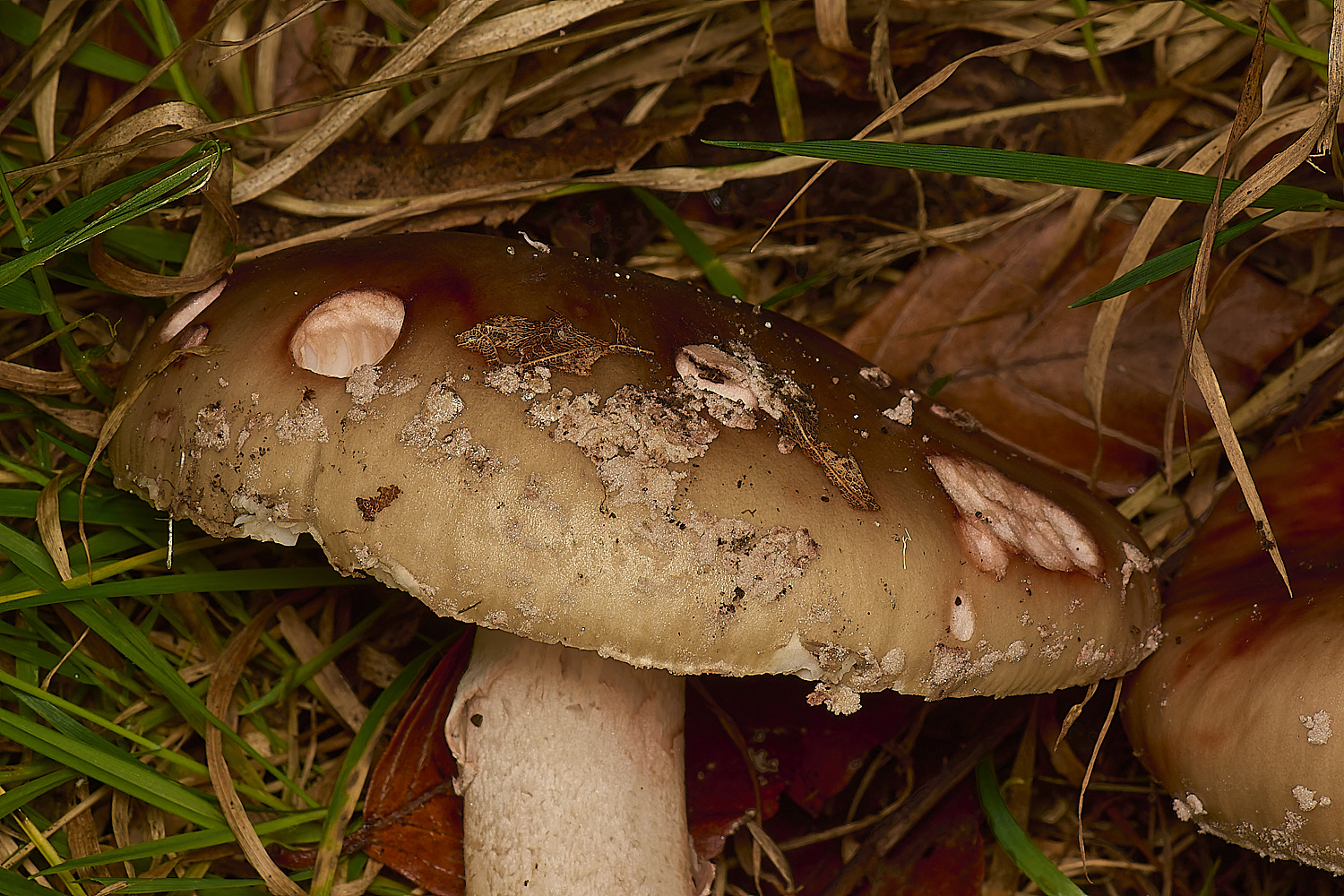
The Blusher (Amanita rubescens)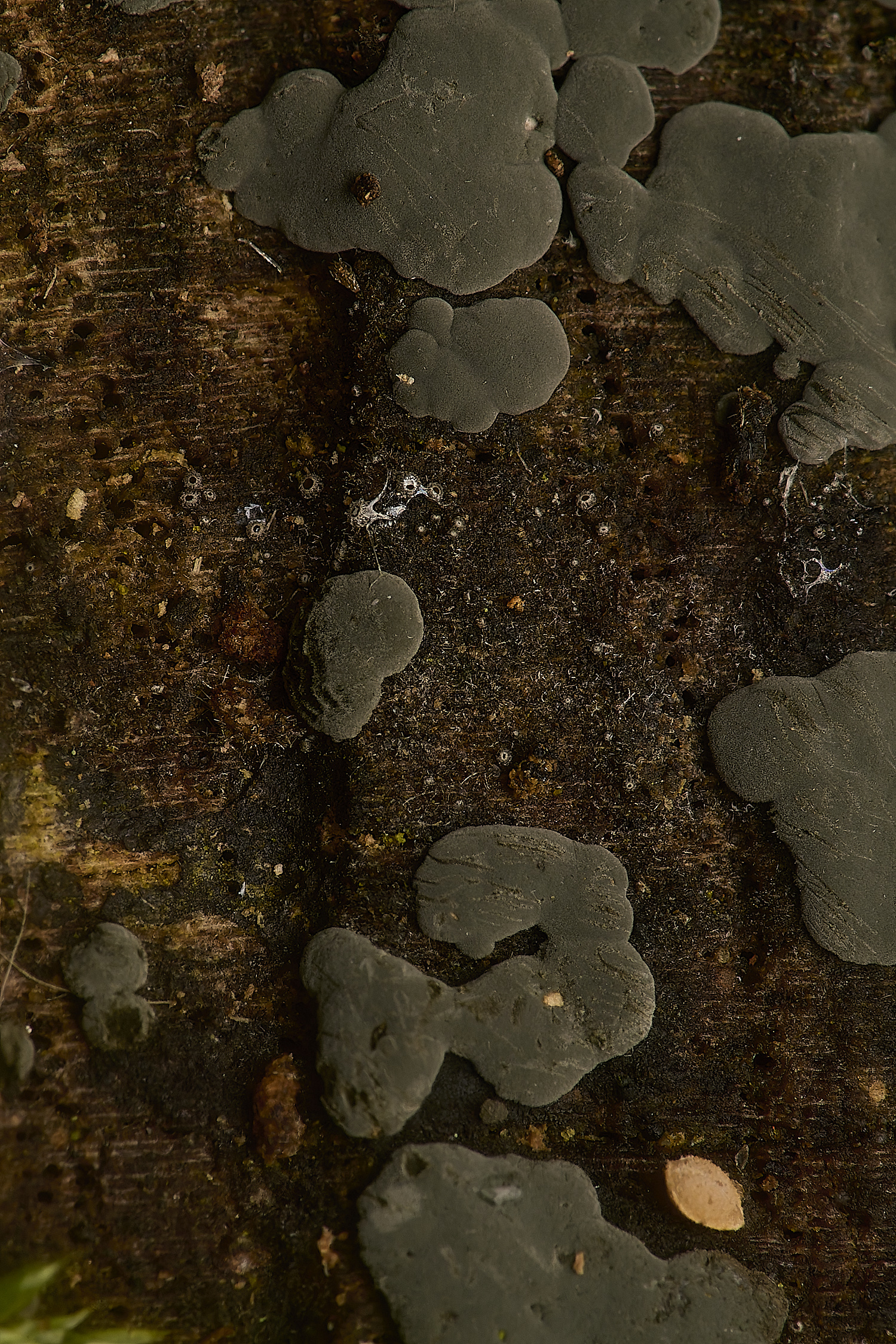
Sp?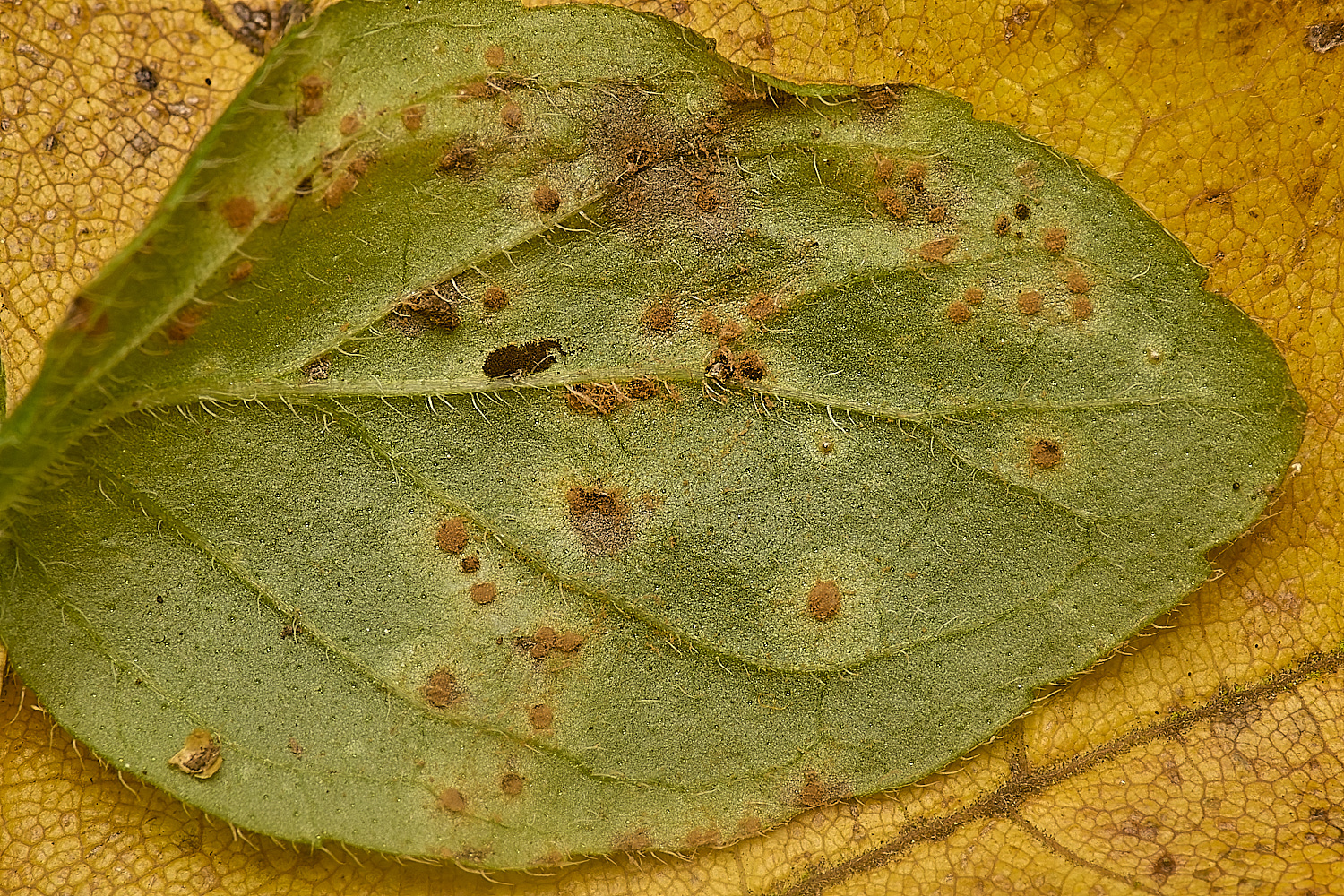
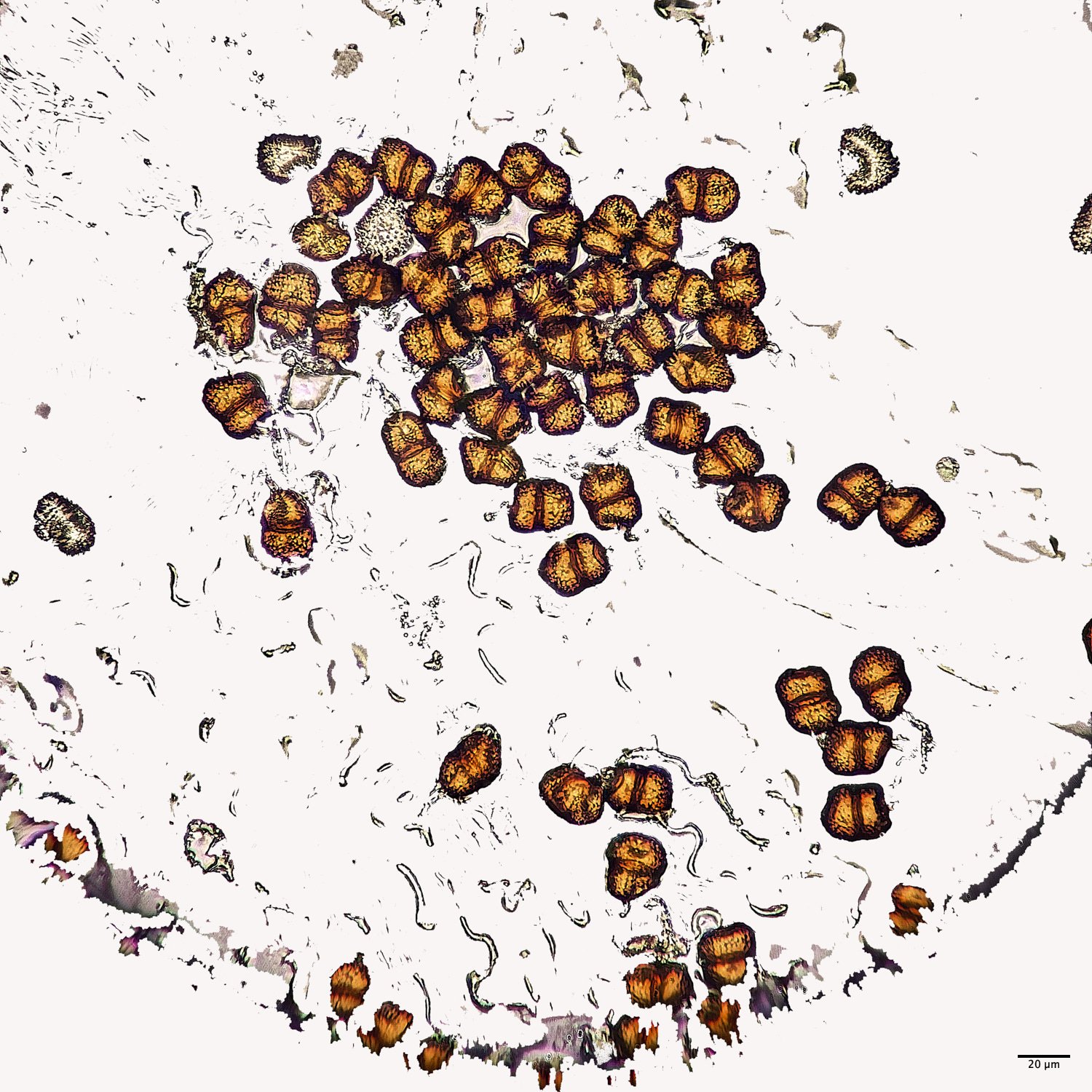
Largely the distinctive brown Teliospores
x400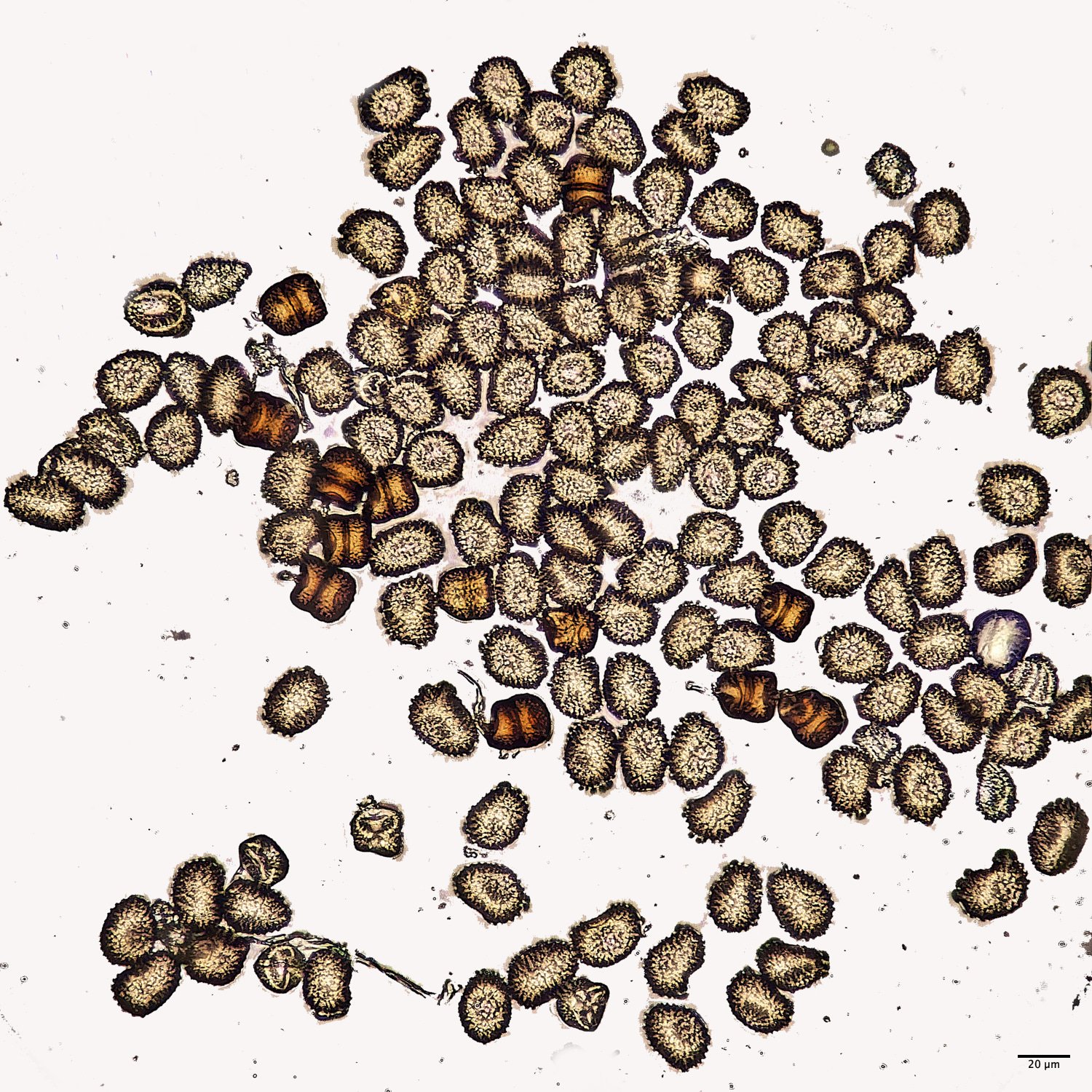
x400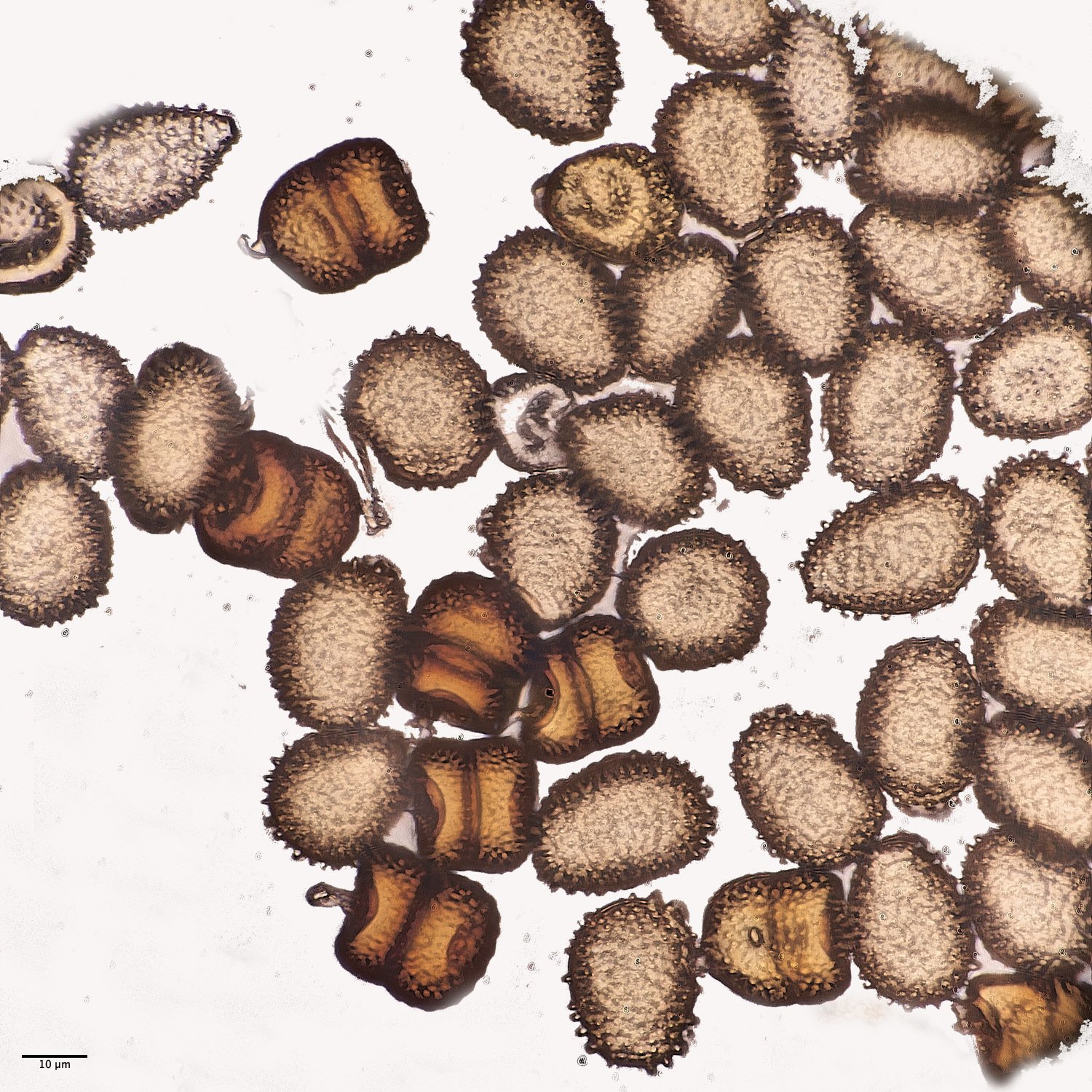
x 1000
Mint Rust (Puccinia menthae)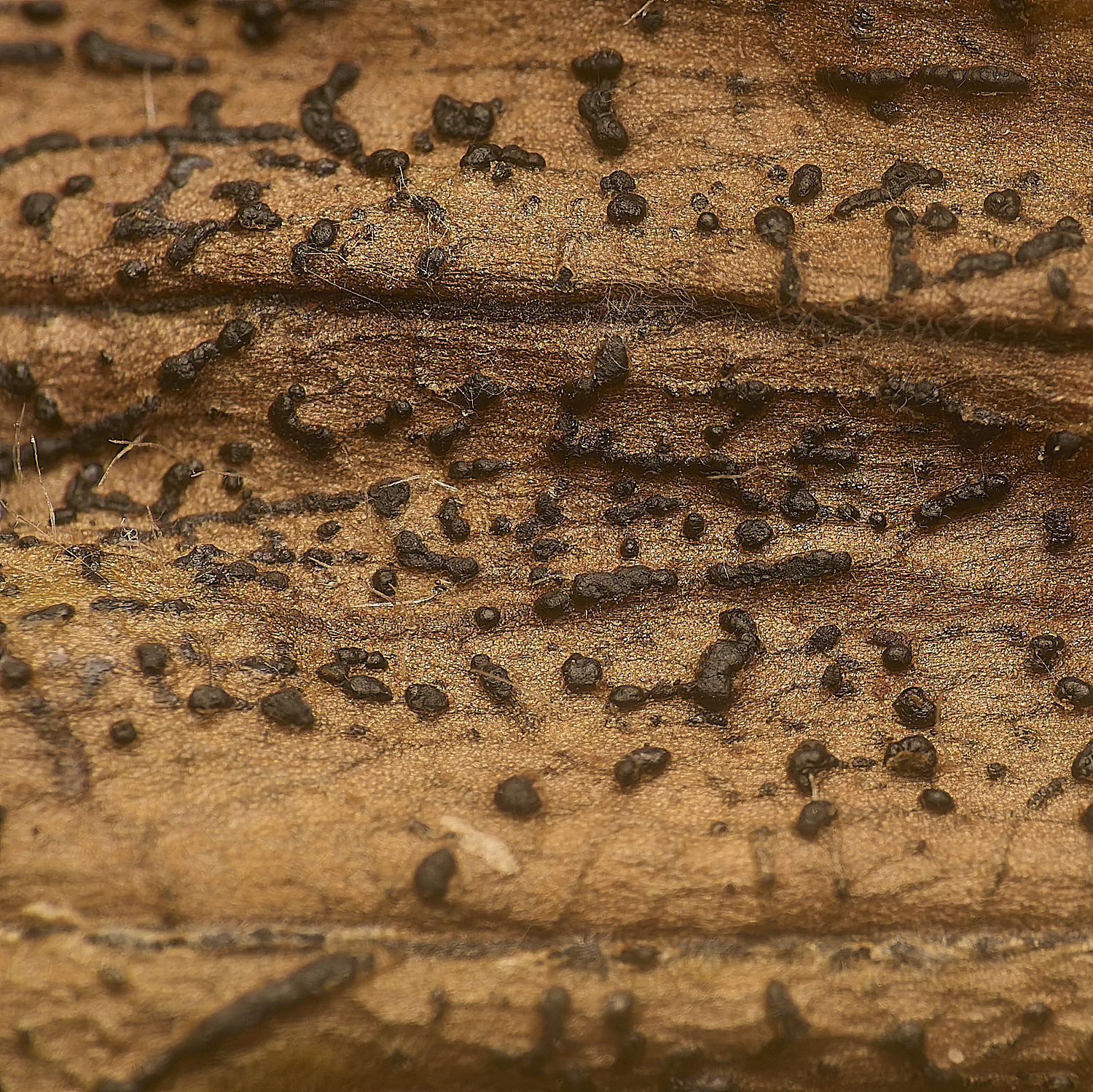
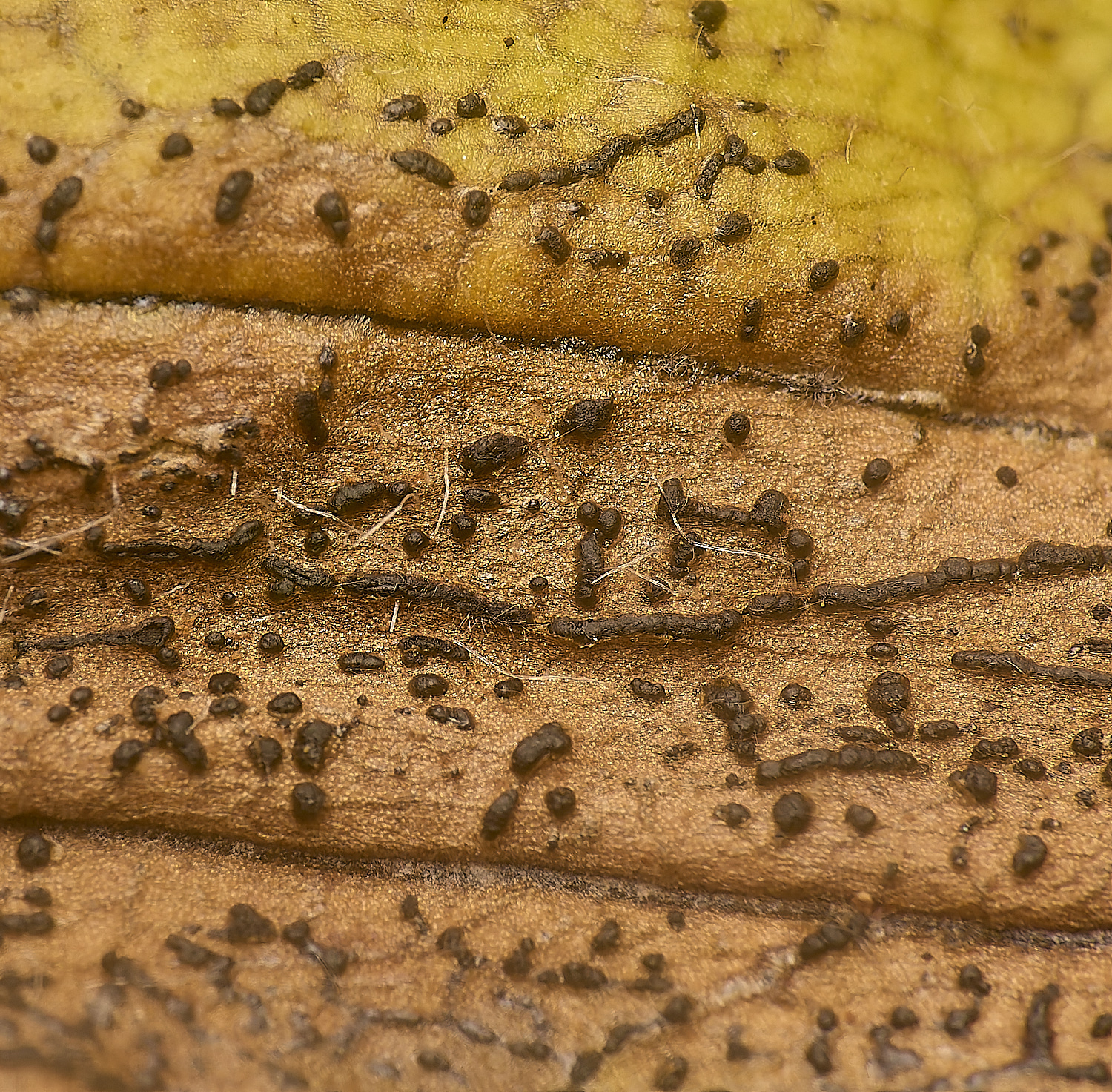
Found on Ribwort Plantain (Plantago lanceolata)
Spilopodia nervisequa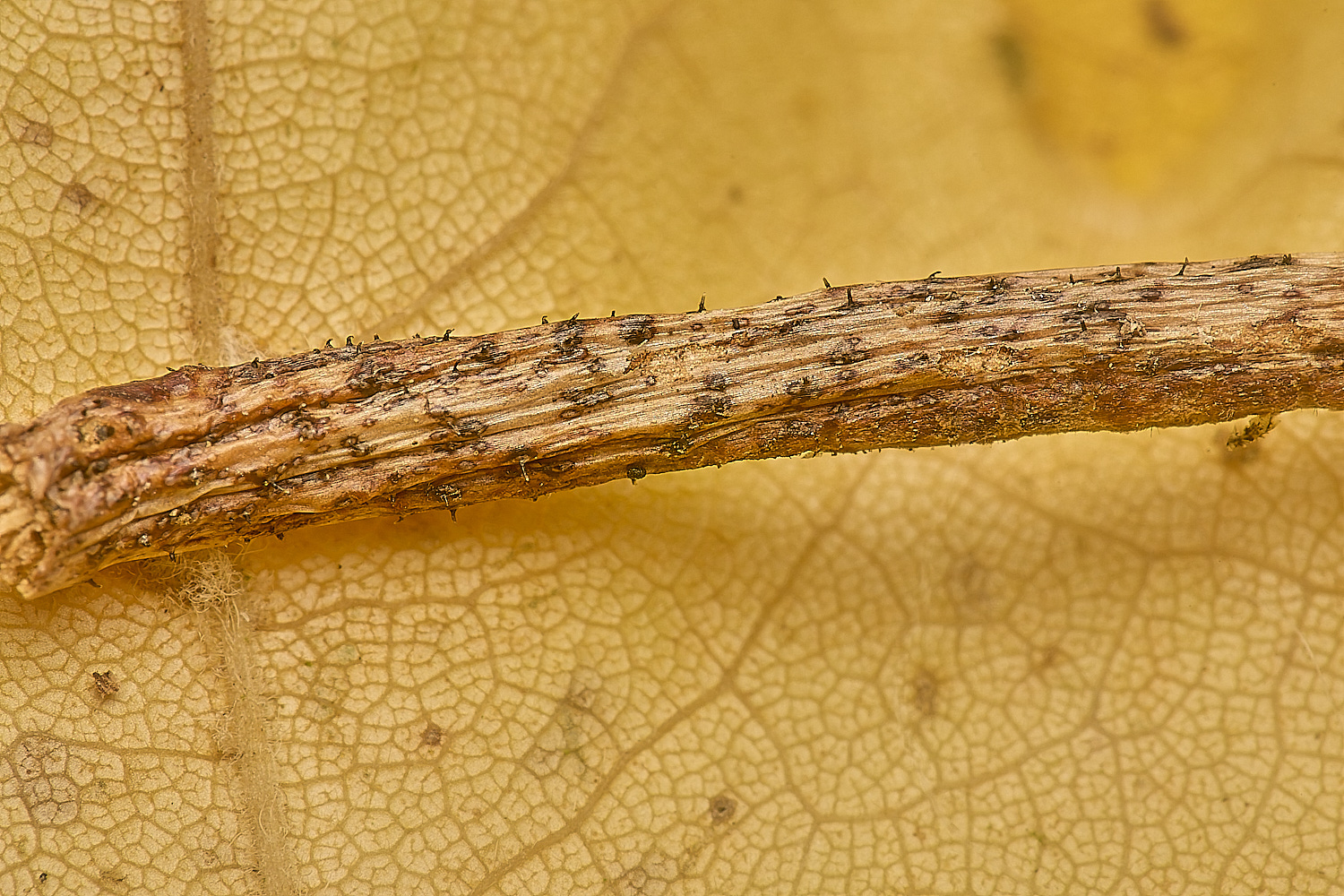
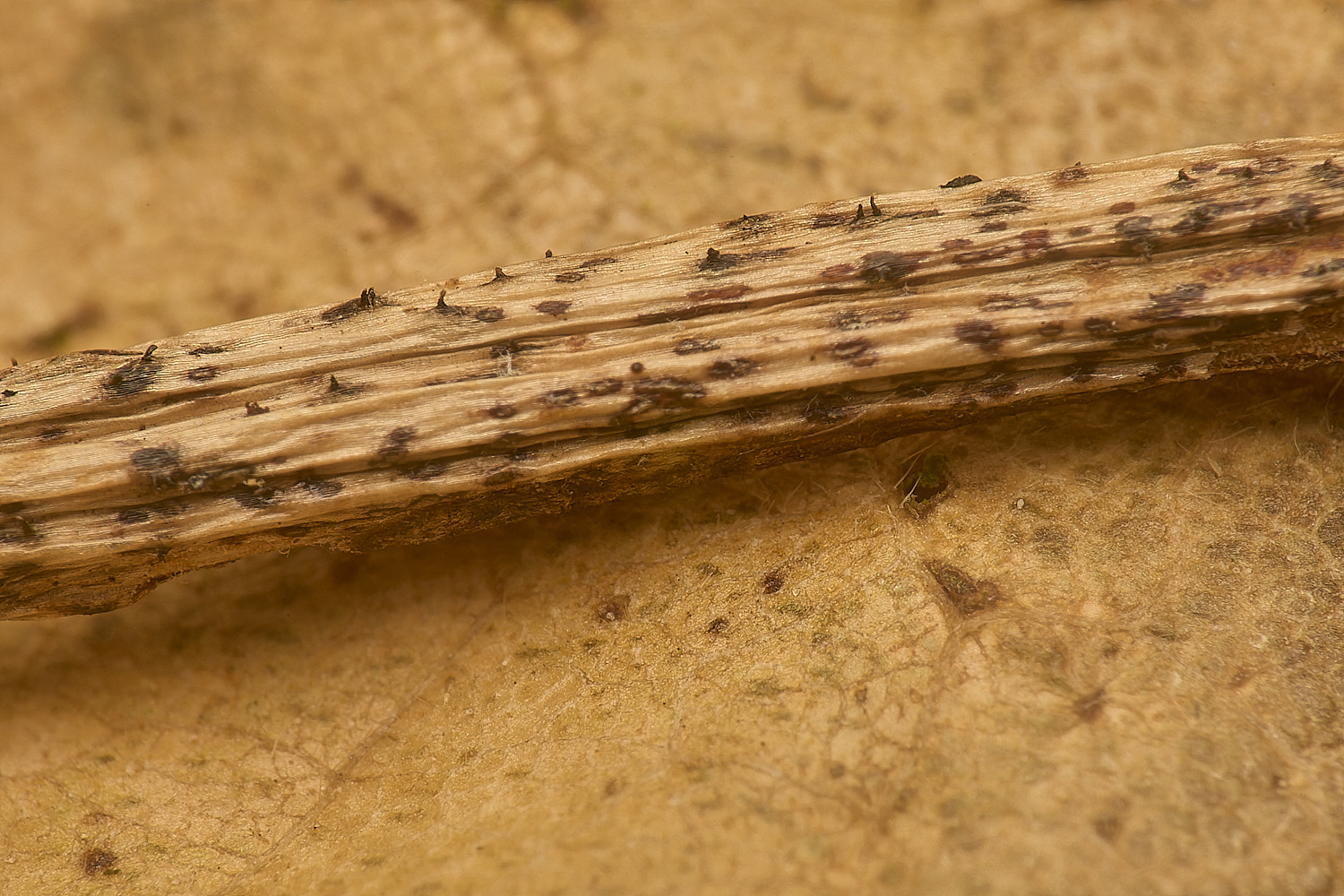
A small fungus growing on the petiole of a Sycamore (Acer pseudoplatanus) leaf
From Stewart
Plagiostoma inclinatum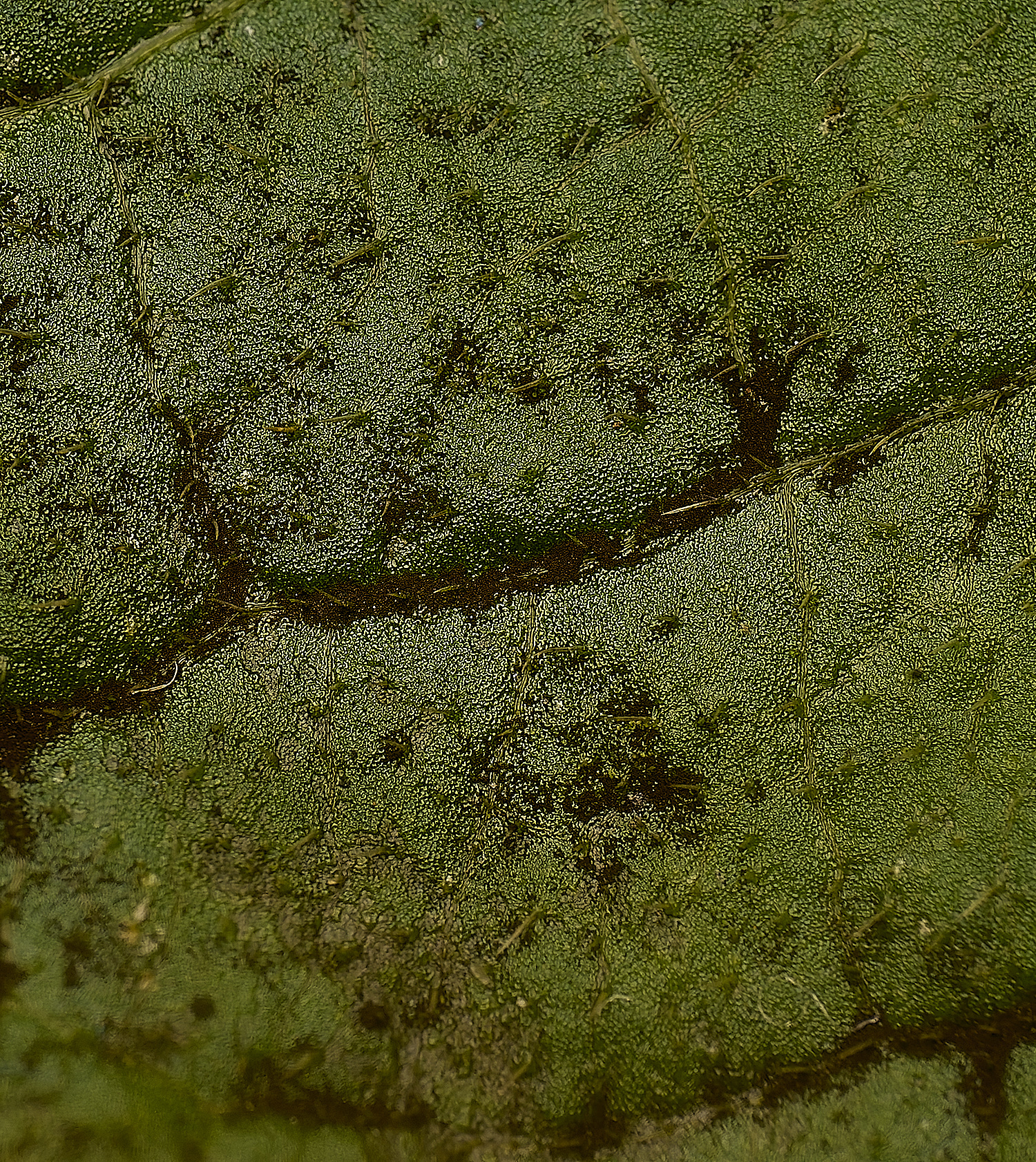
A sooty mold on Dog's Mercury (Mercurialis perennis)
Capnodium footii
Capnodium Sp grow on Honeydew, which is secreted by aphids,whiteflies, soft scale, mealy bugs, leafhoppers and psyllids.
This particular Capnodiium sp was once thought to be a distinct species (1859) but is now considered to be one part of the fungus Denisiella babingtonii although I haven't as yet found anyhting
that fully explains that connection.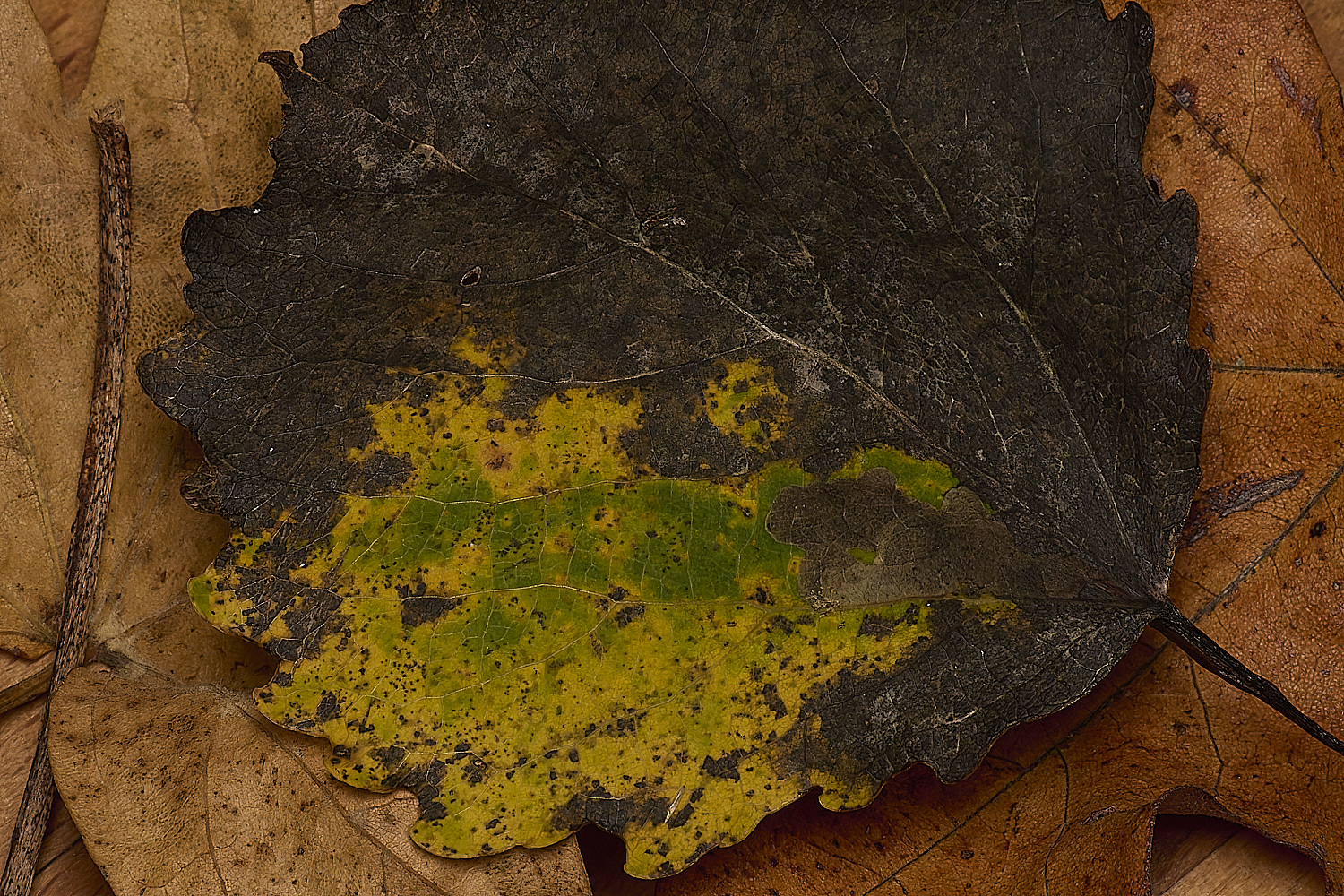
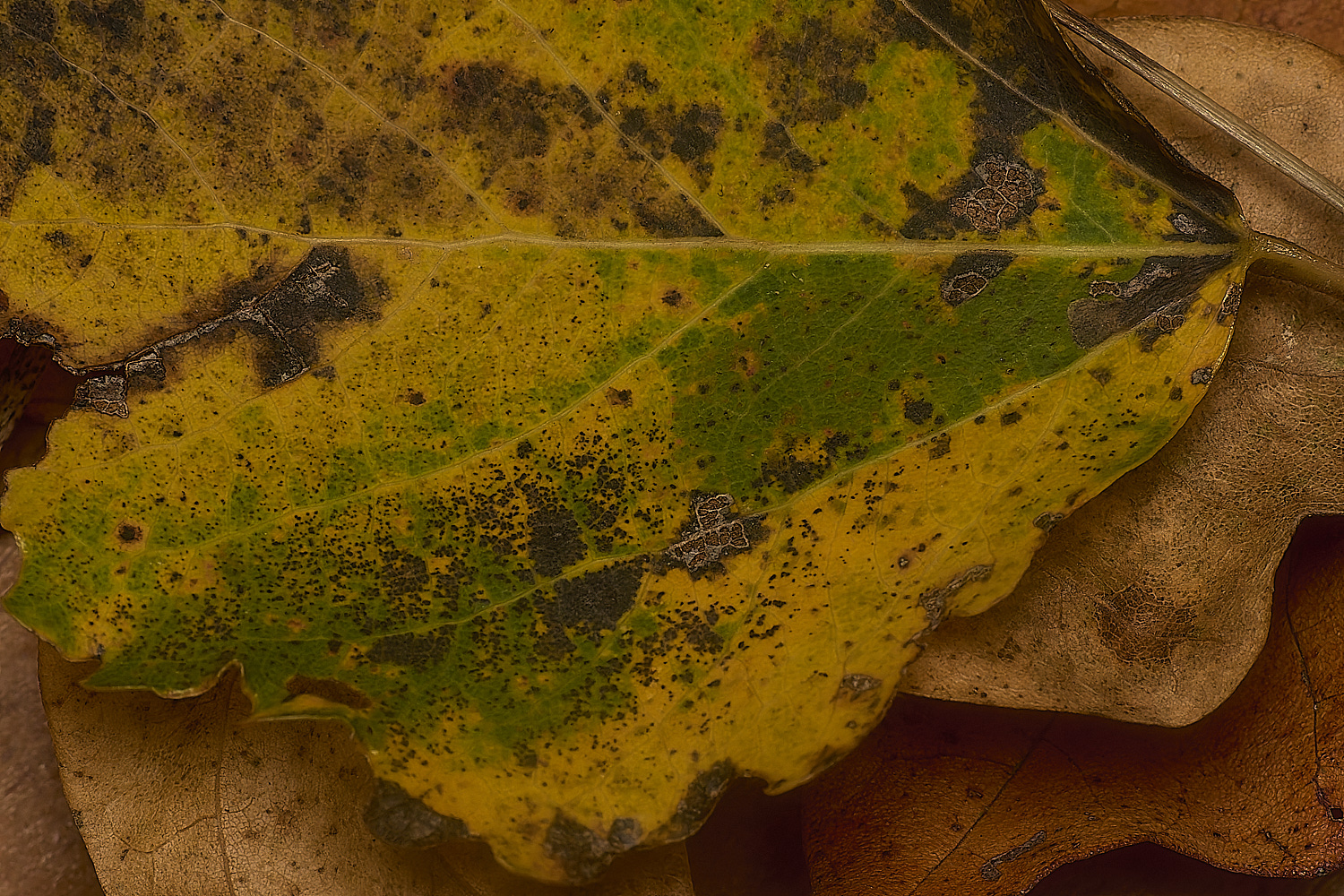
The green window on a fallen Aspen (Populus tremula) leaf caused by Ectodeamia argyropeza
